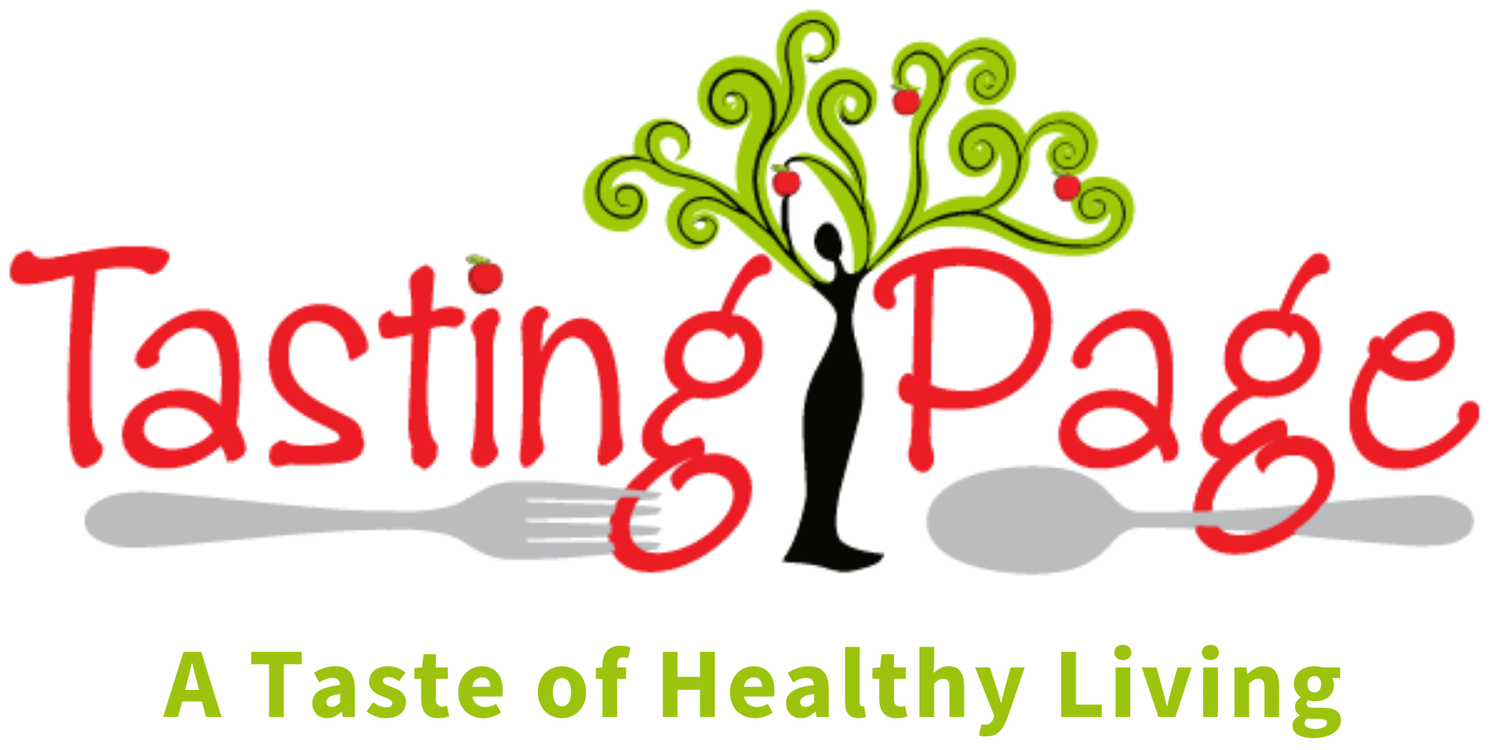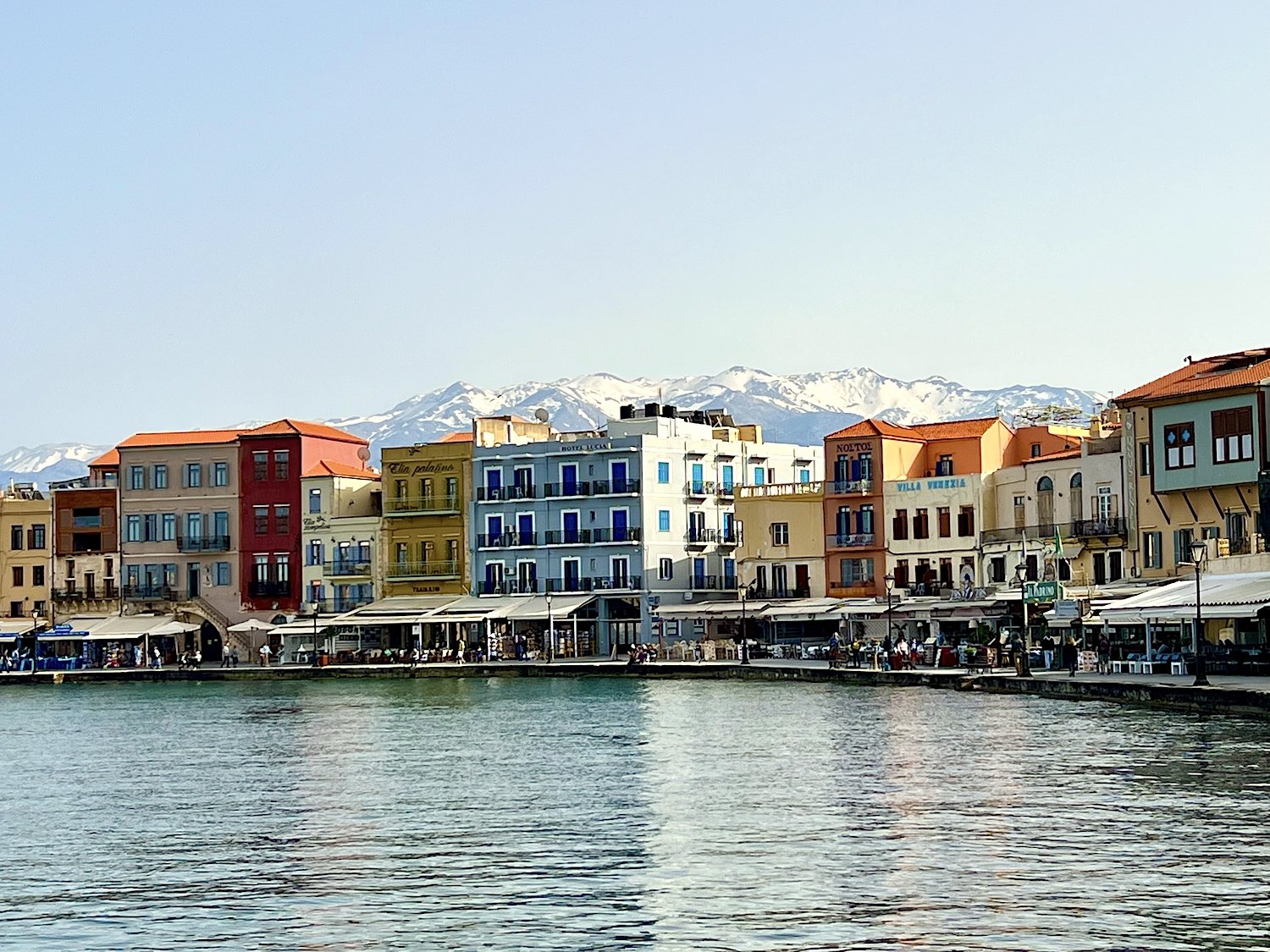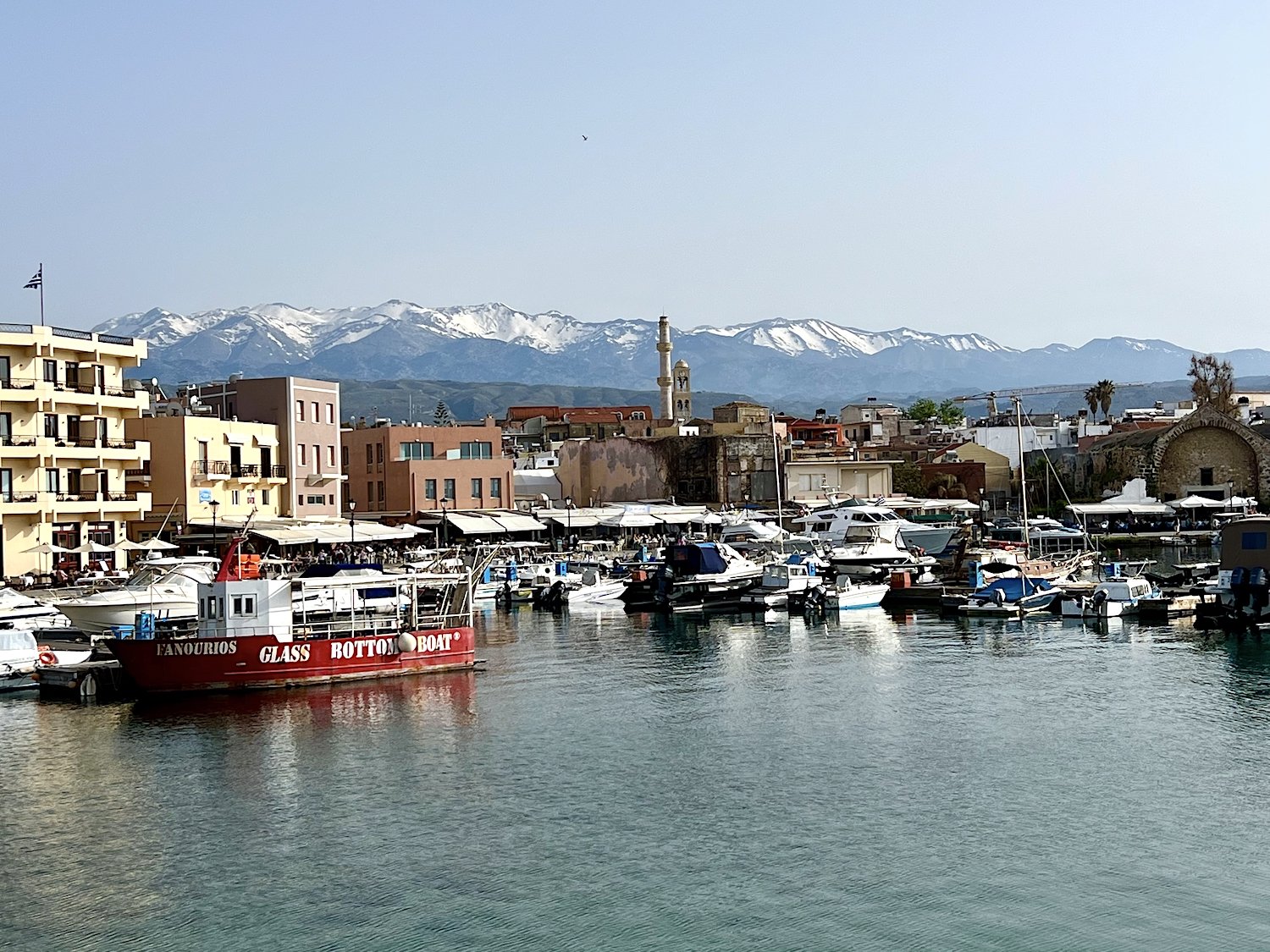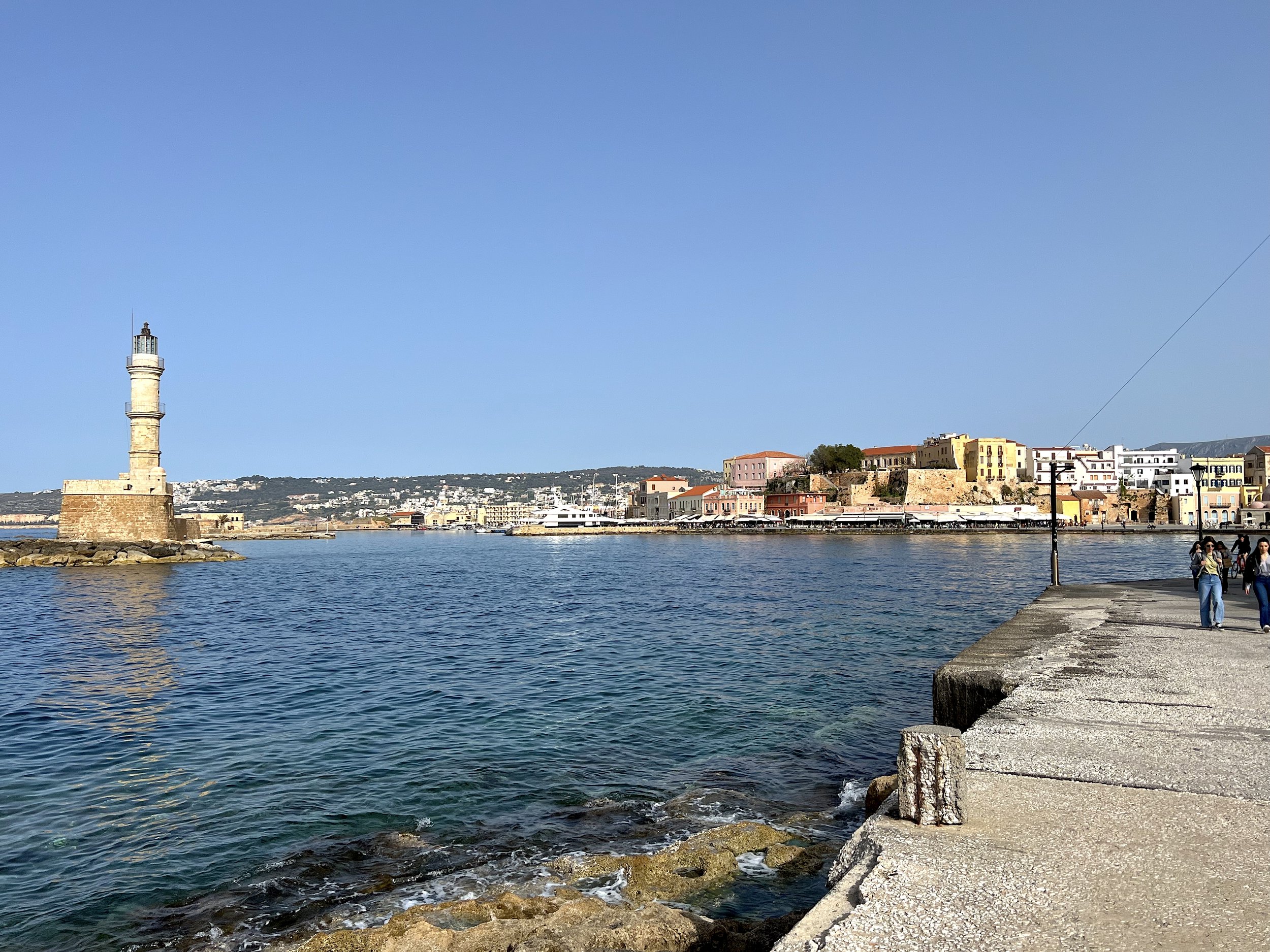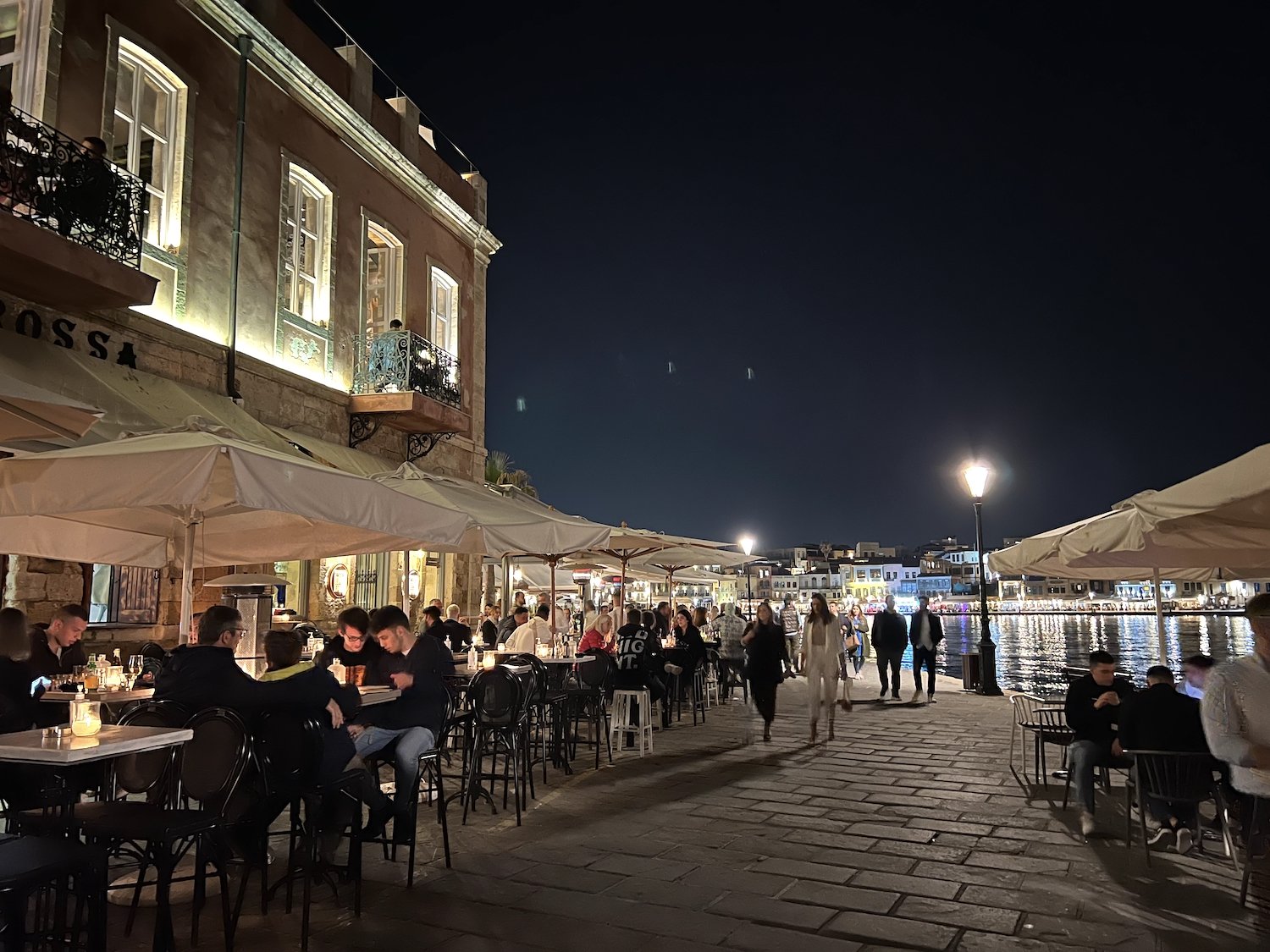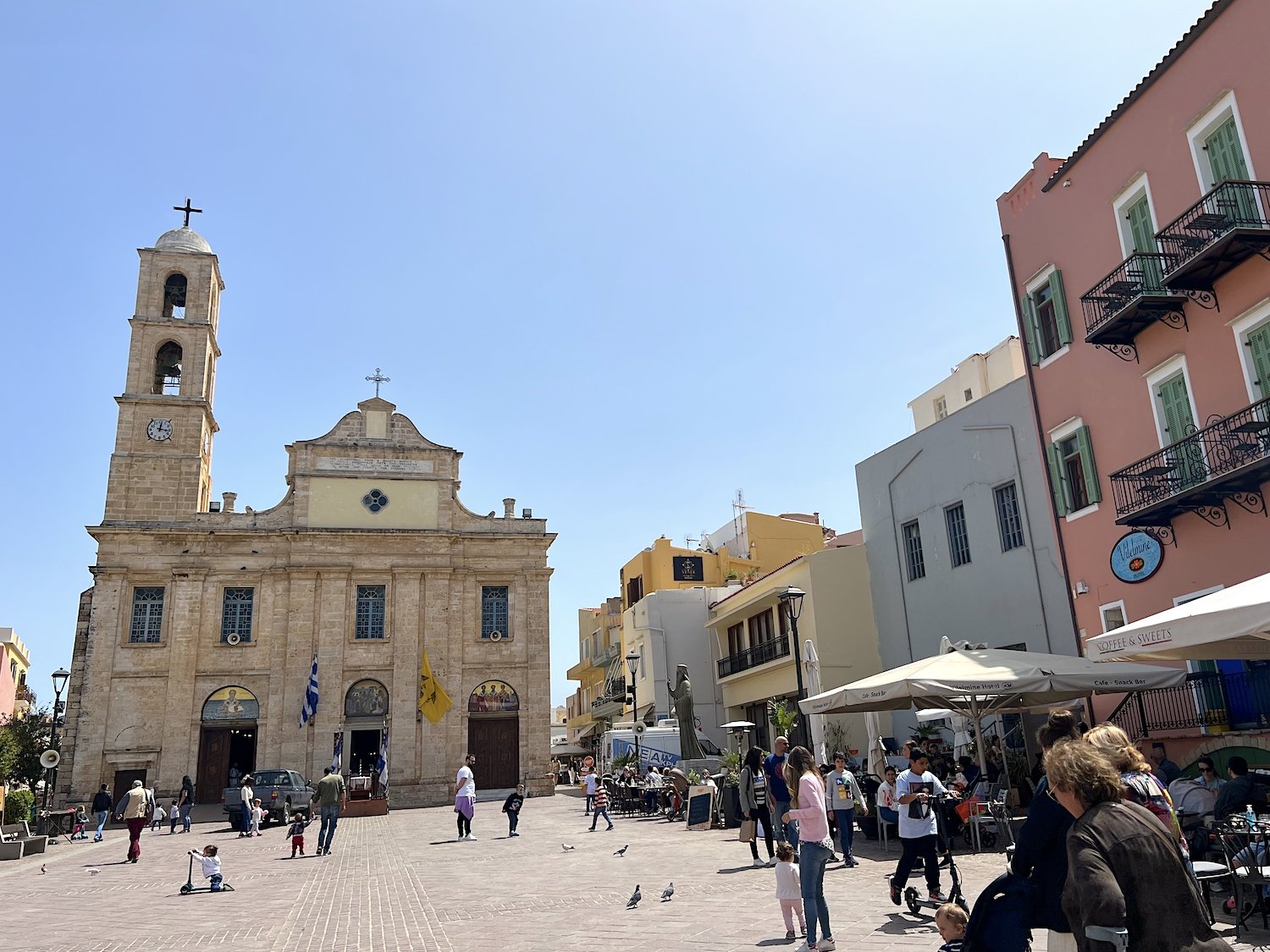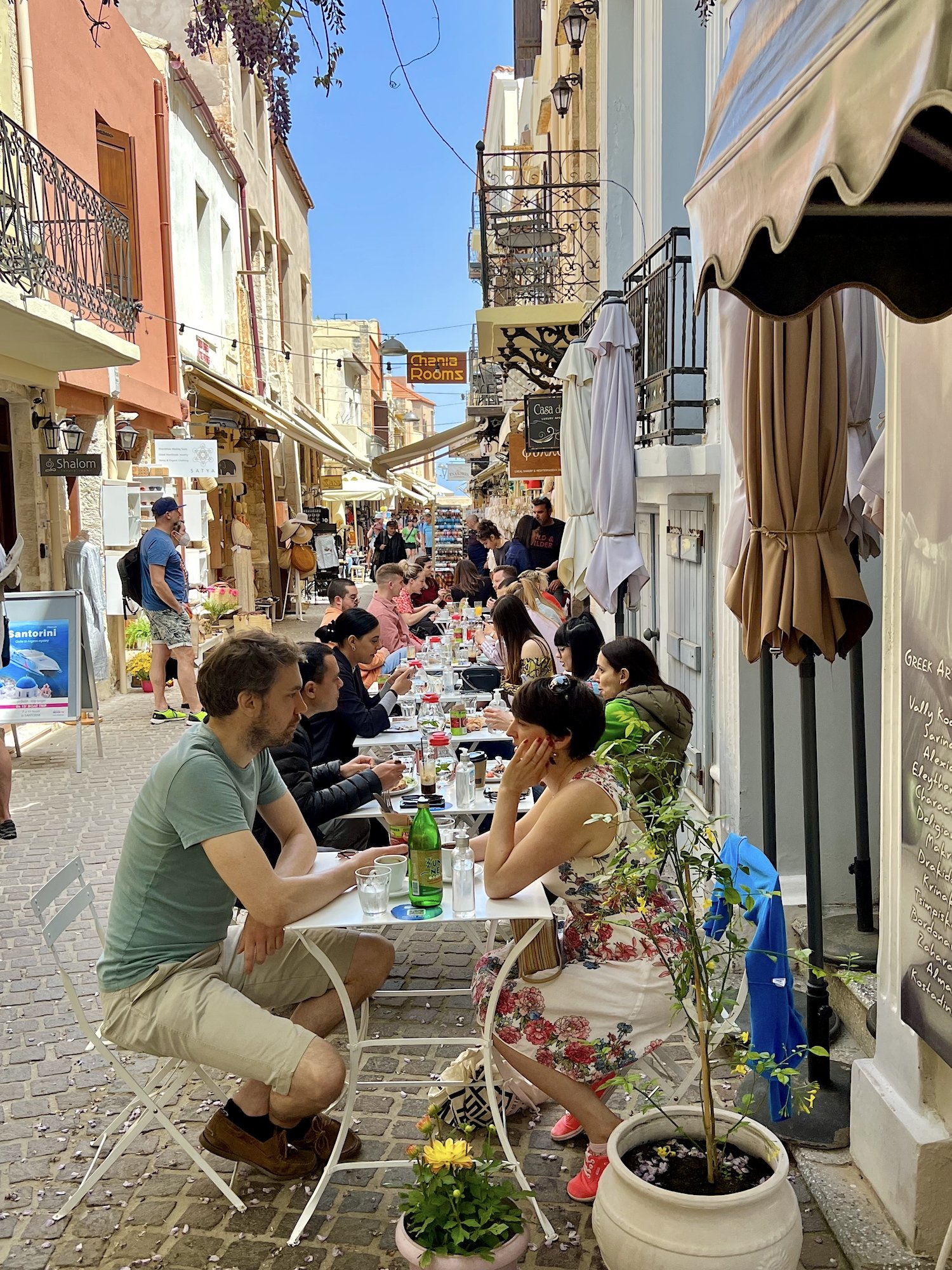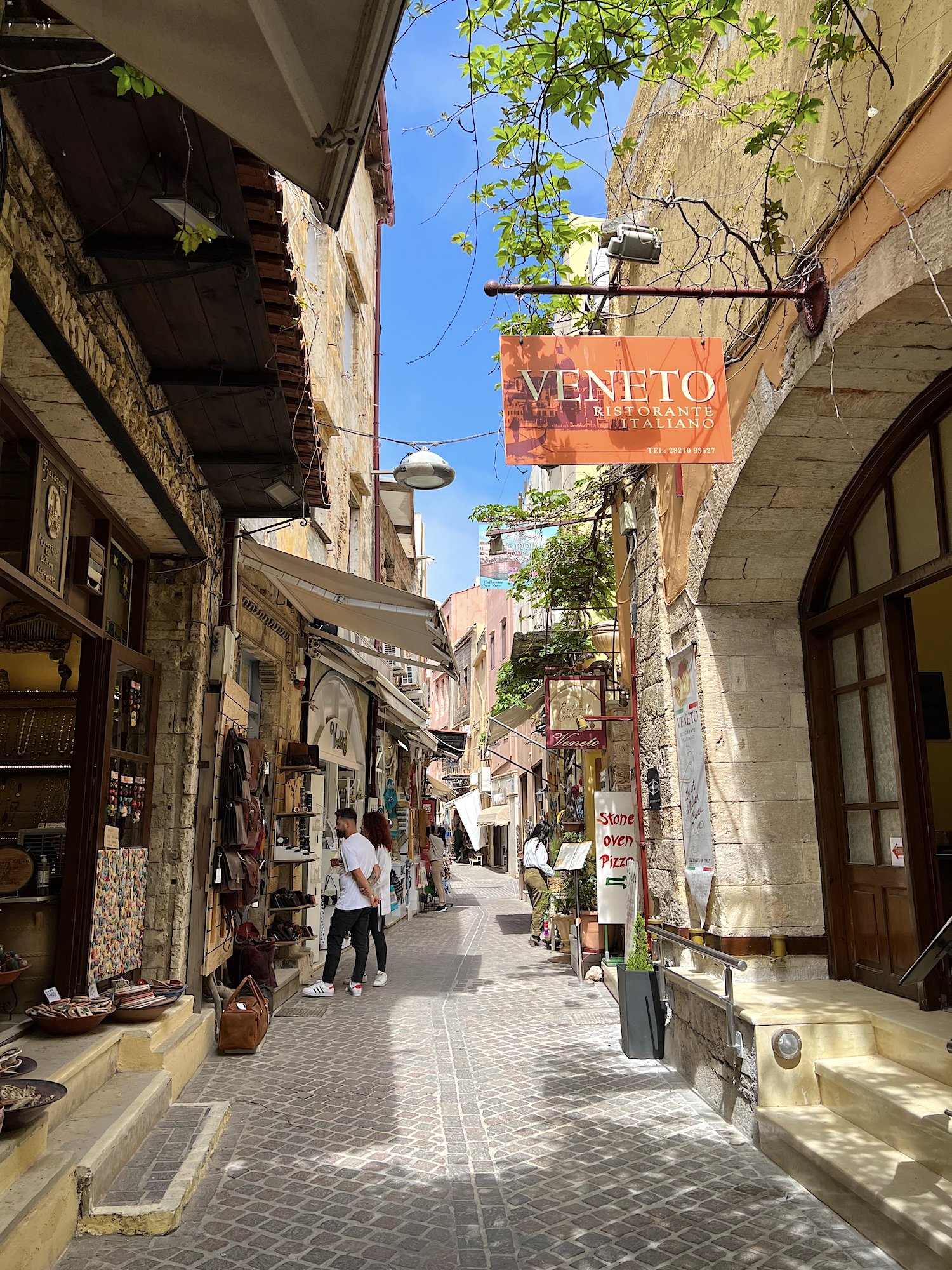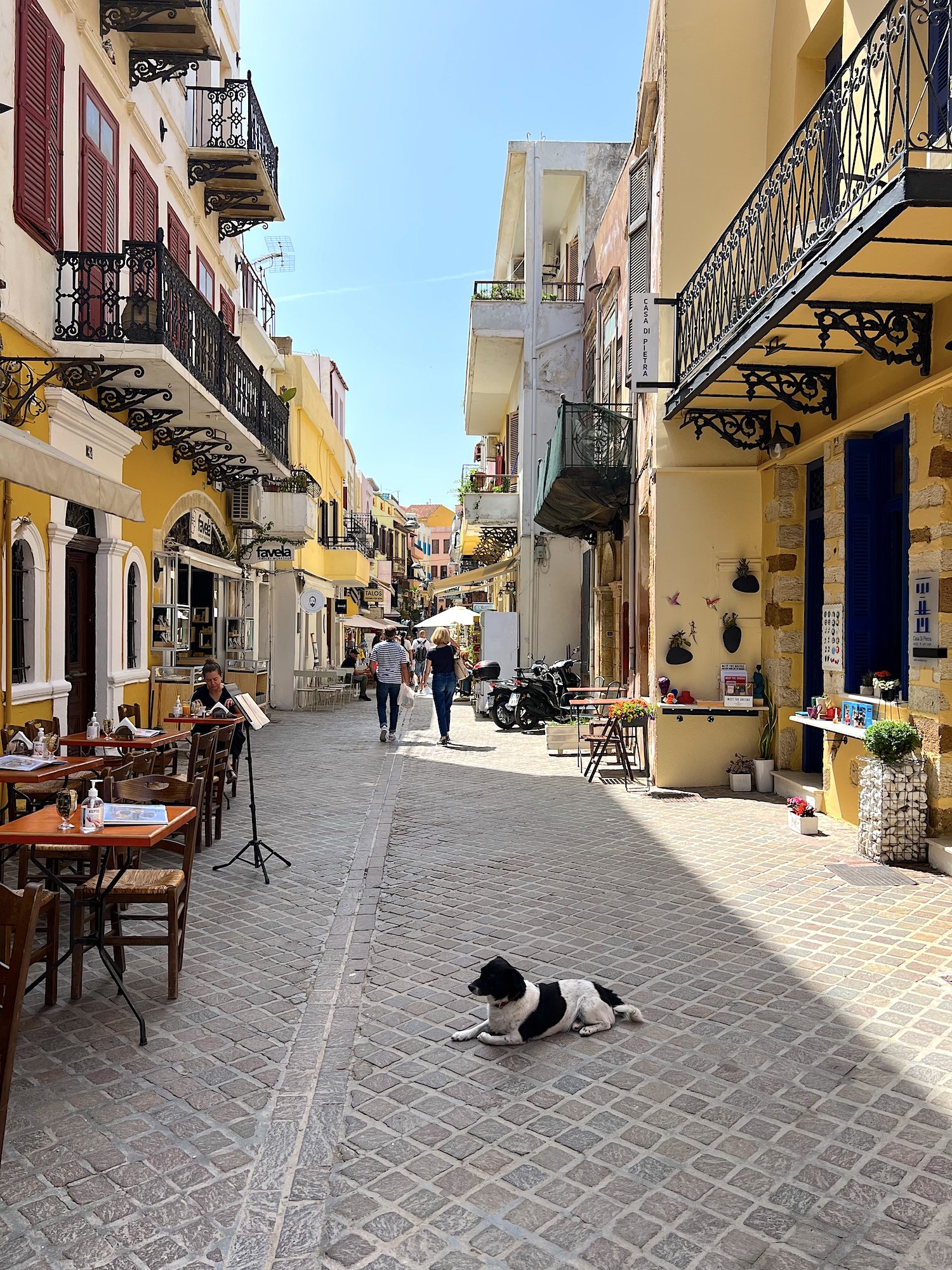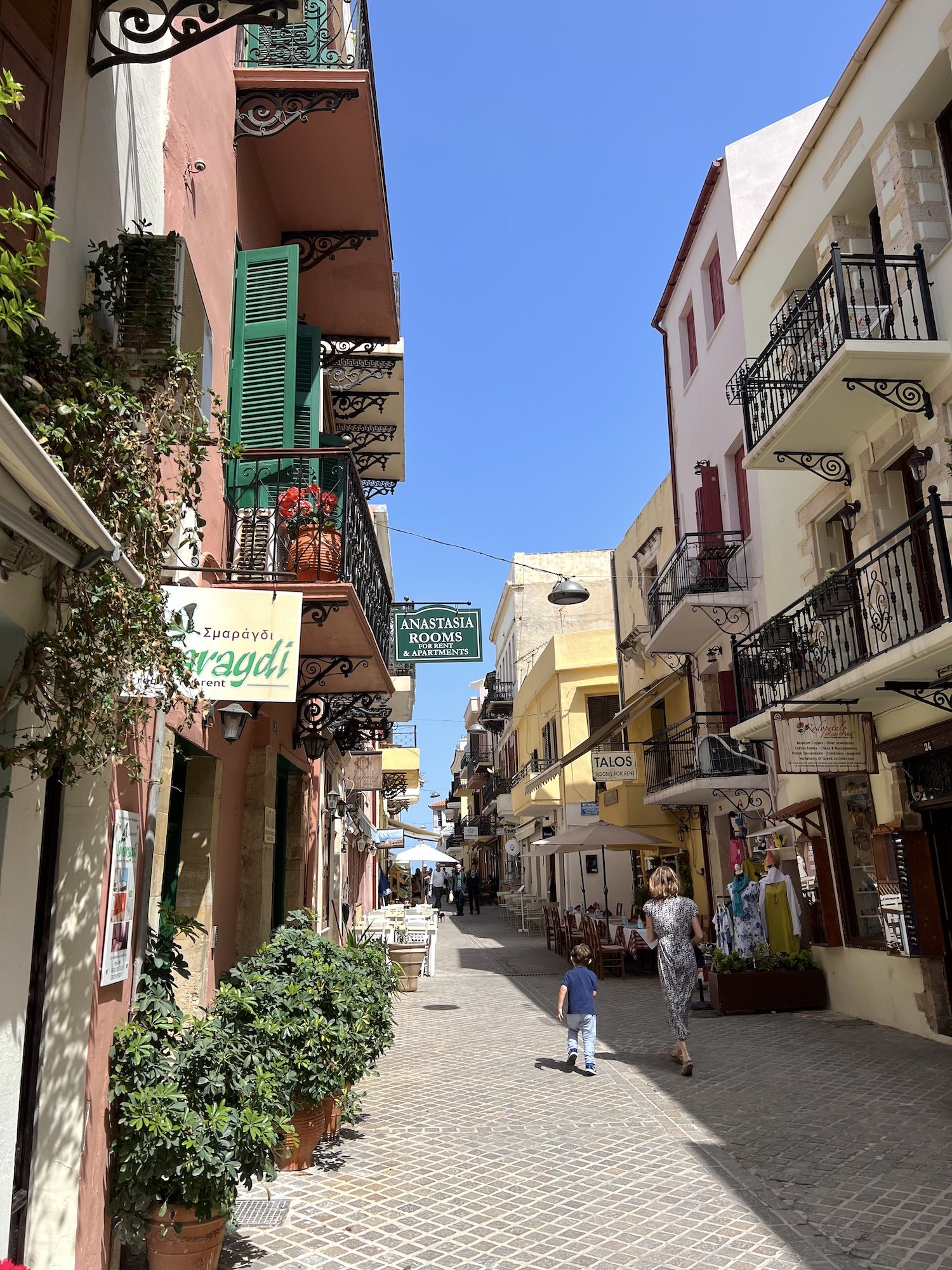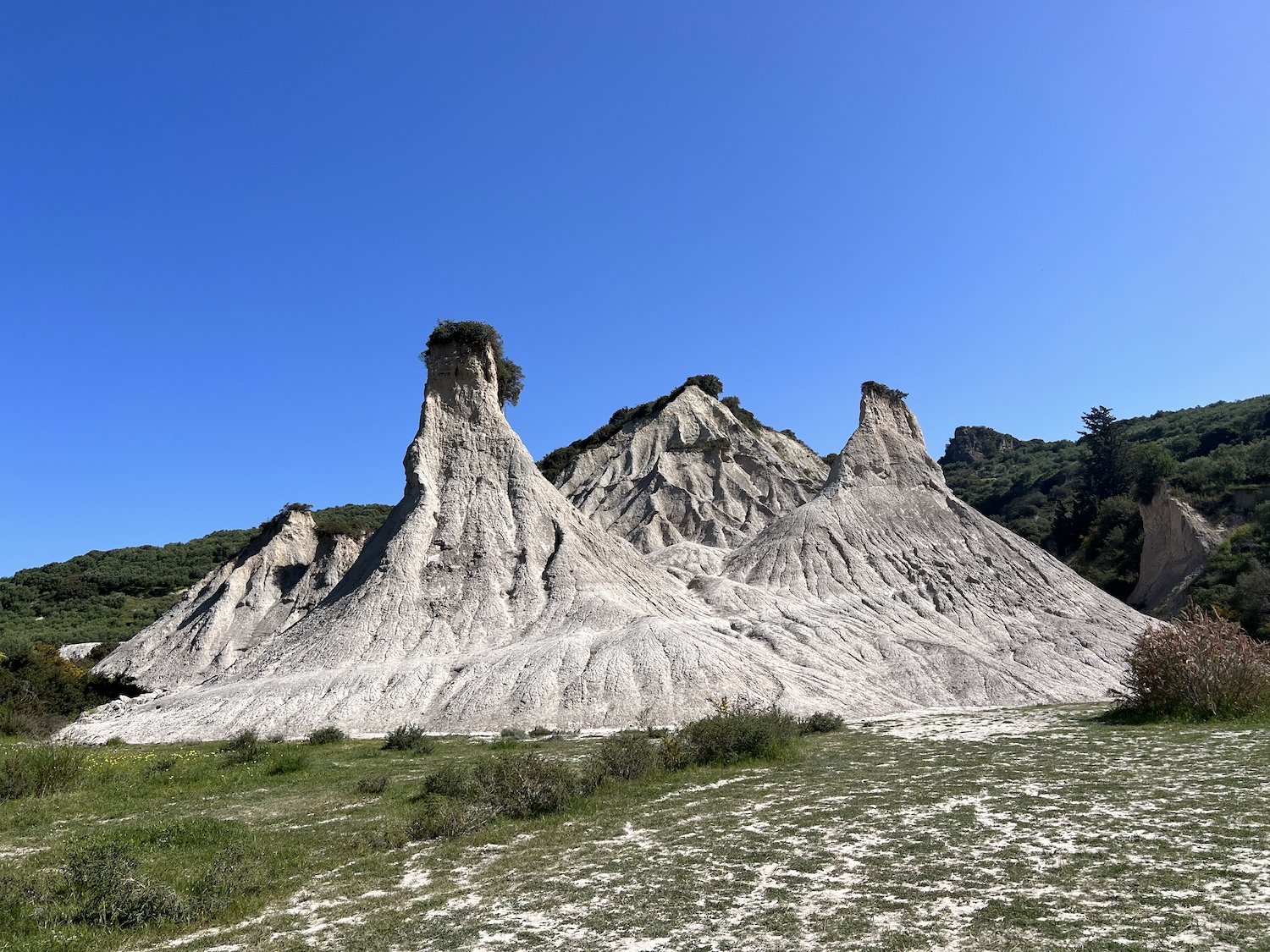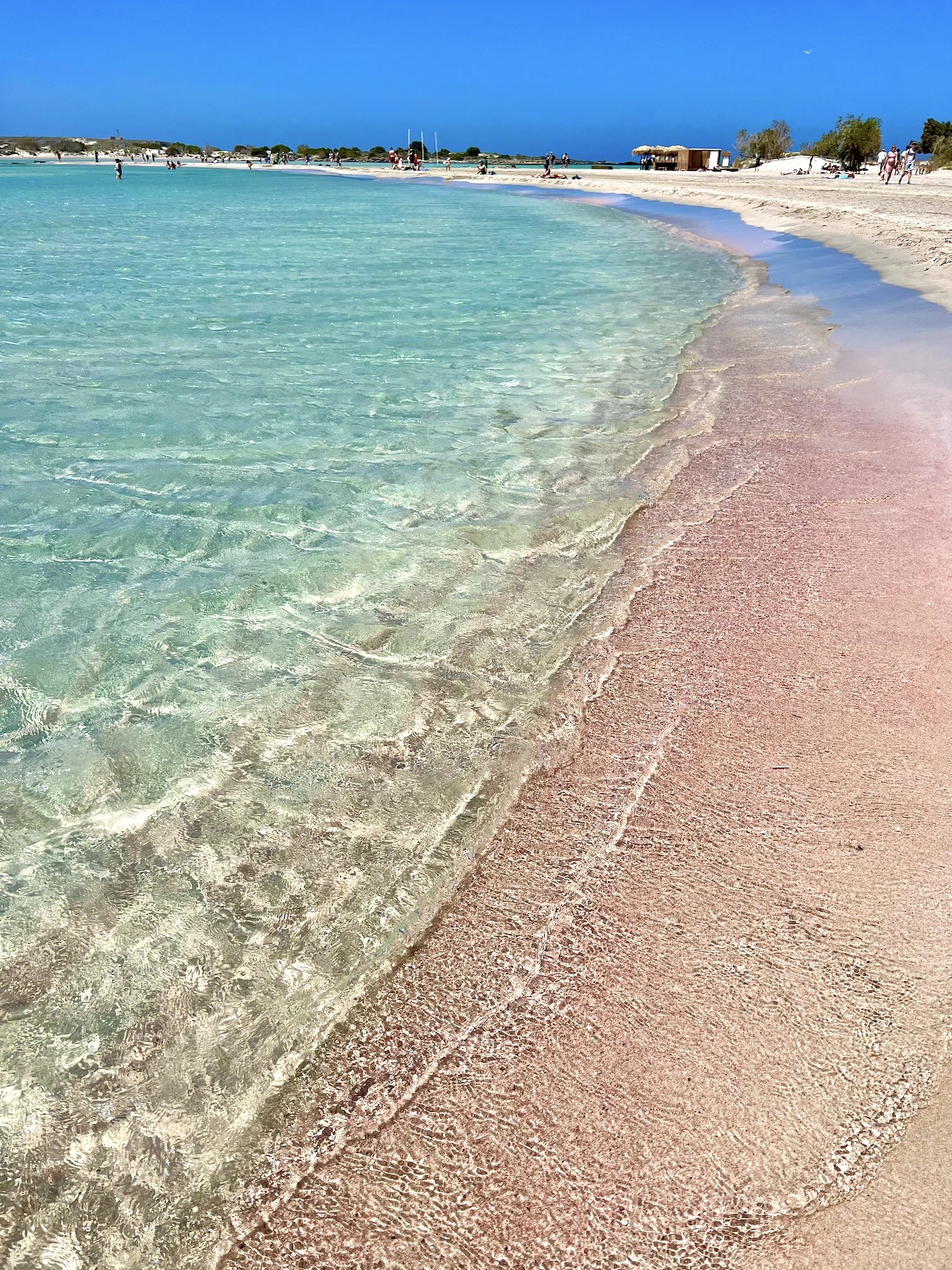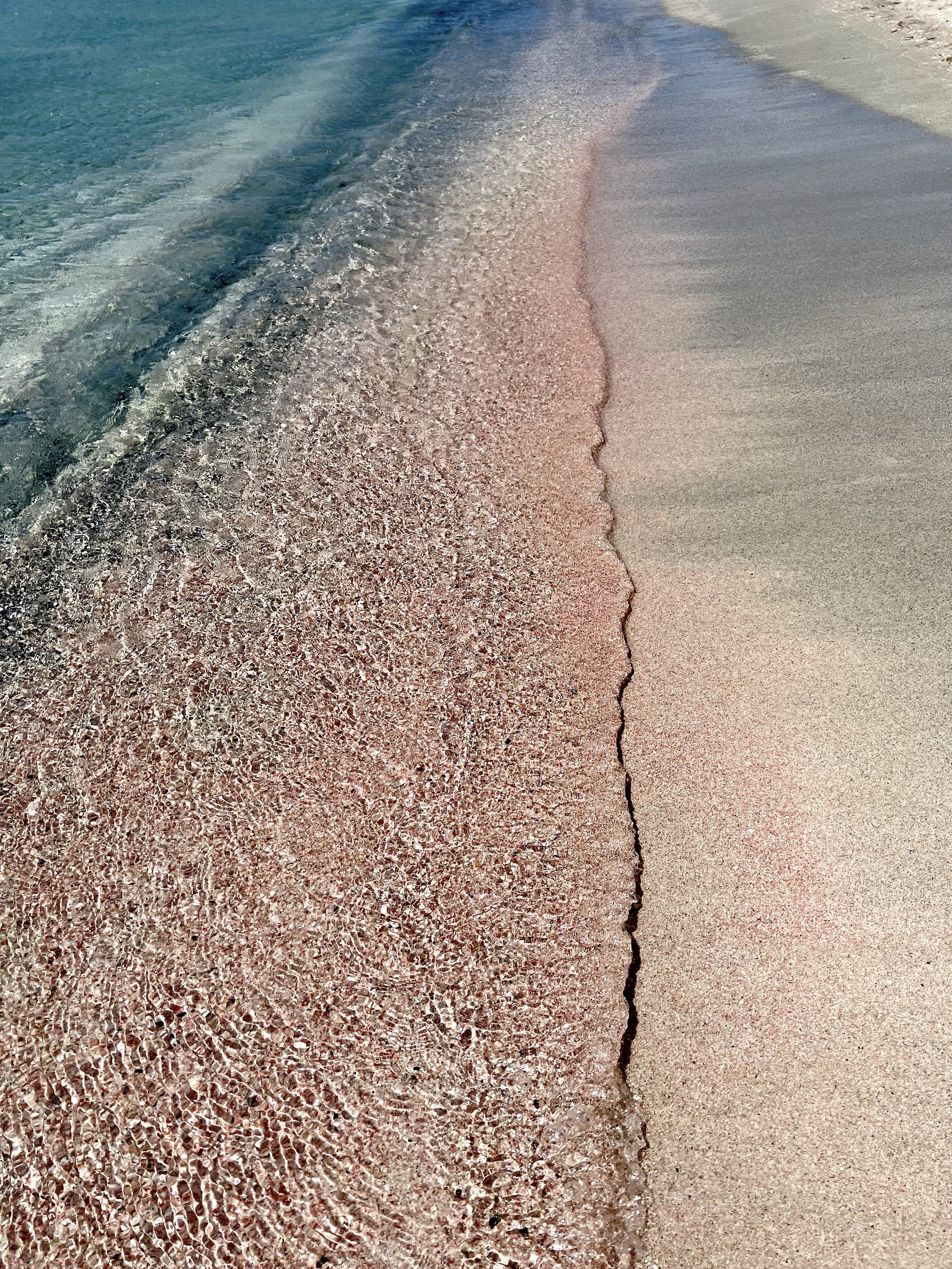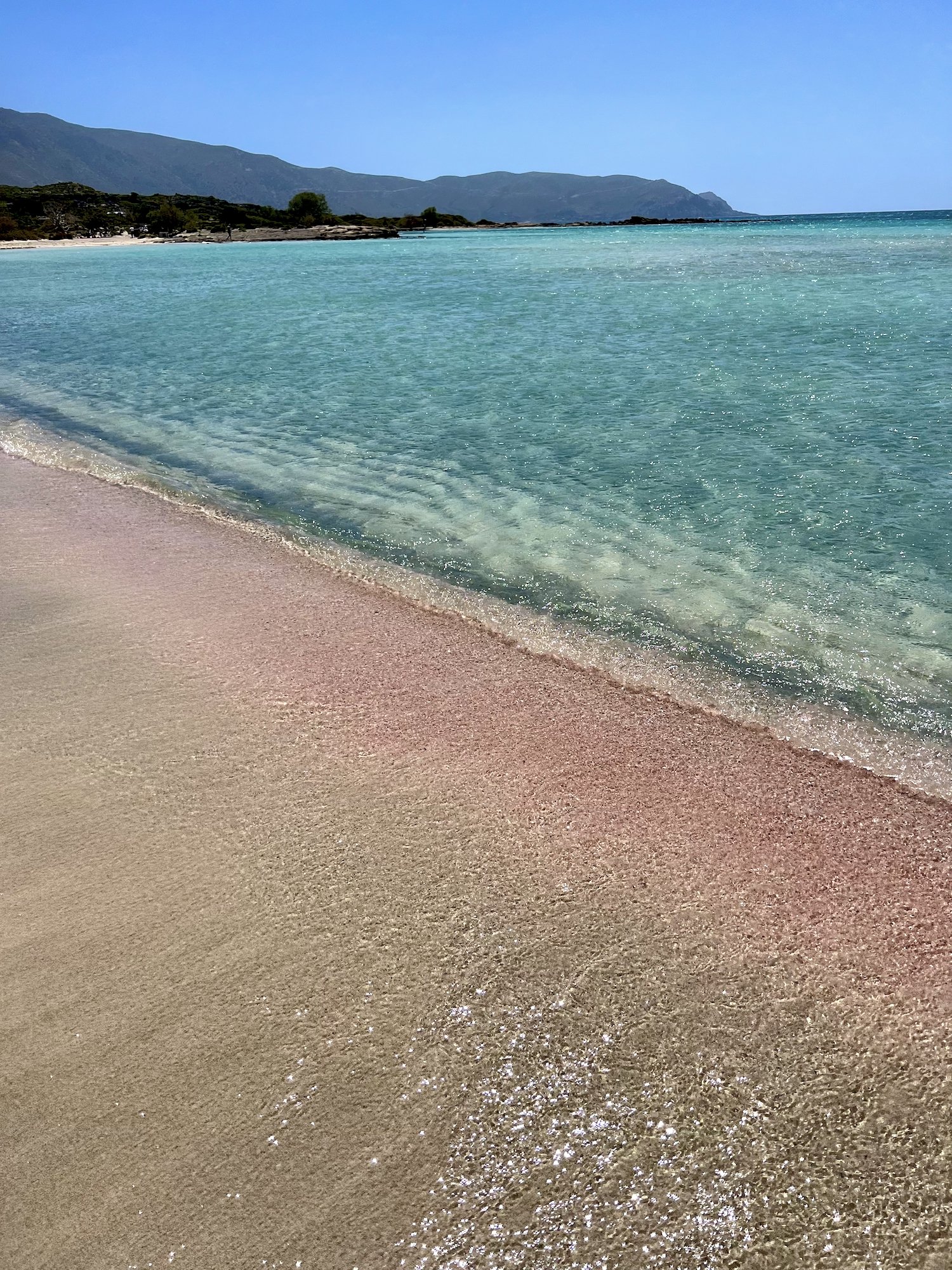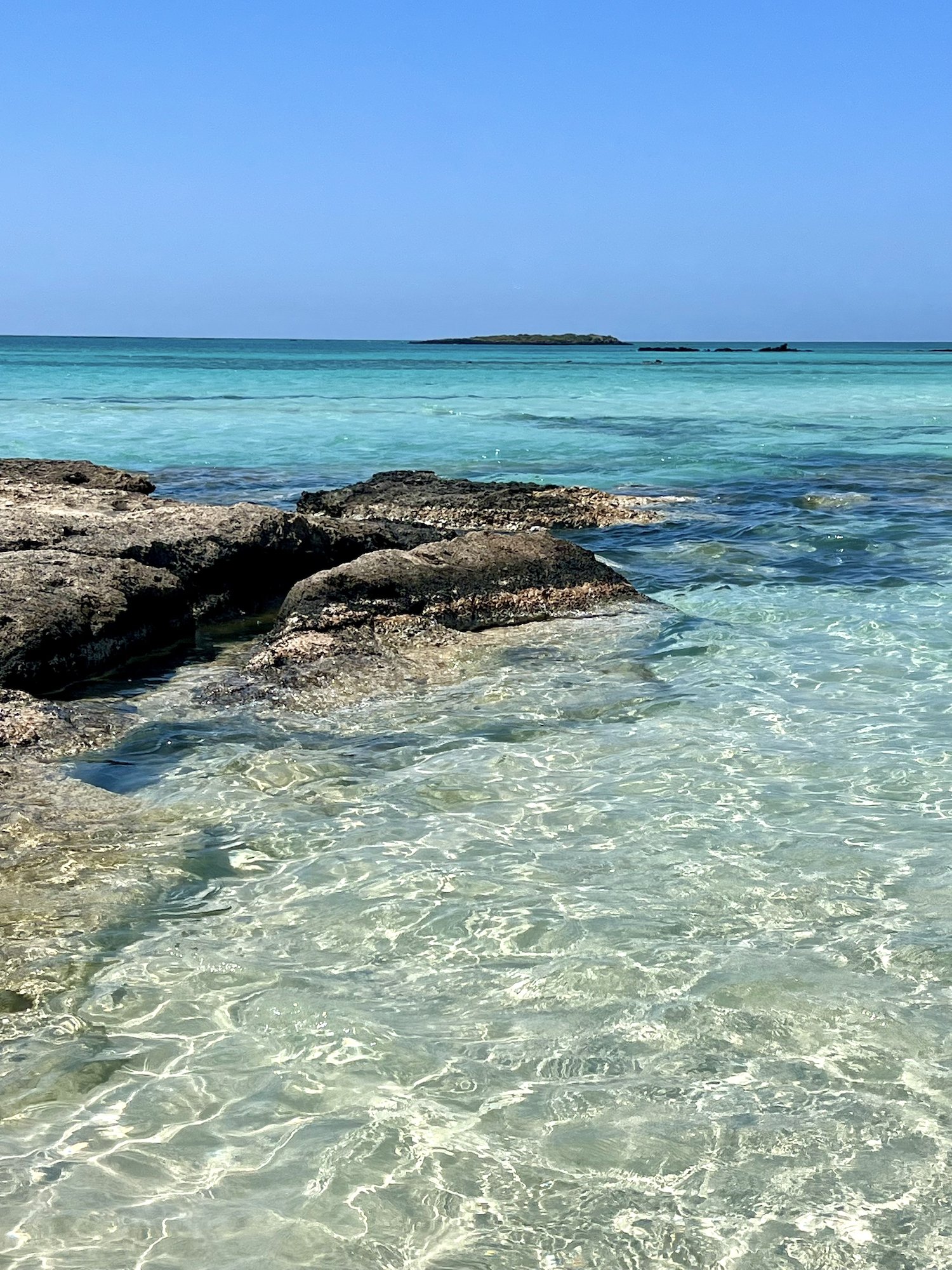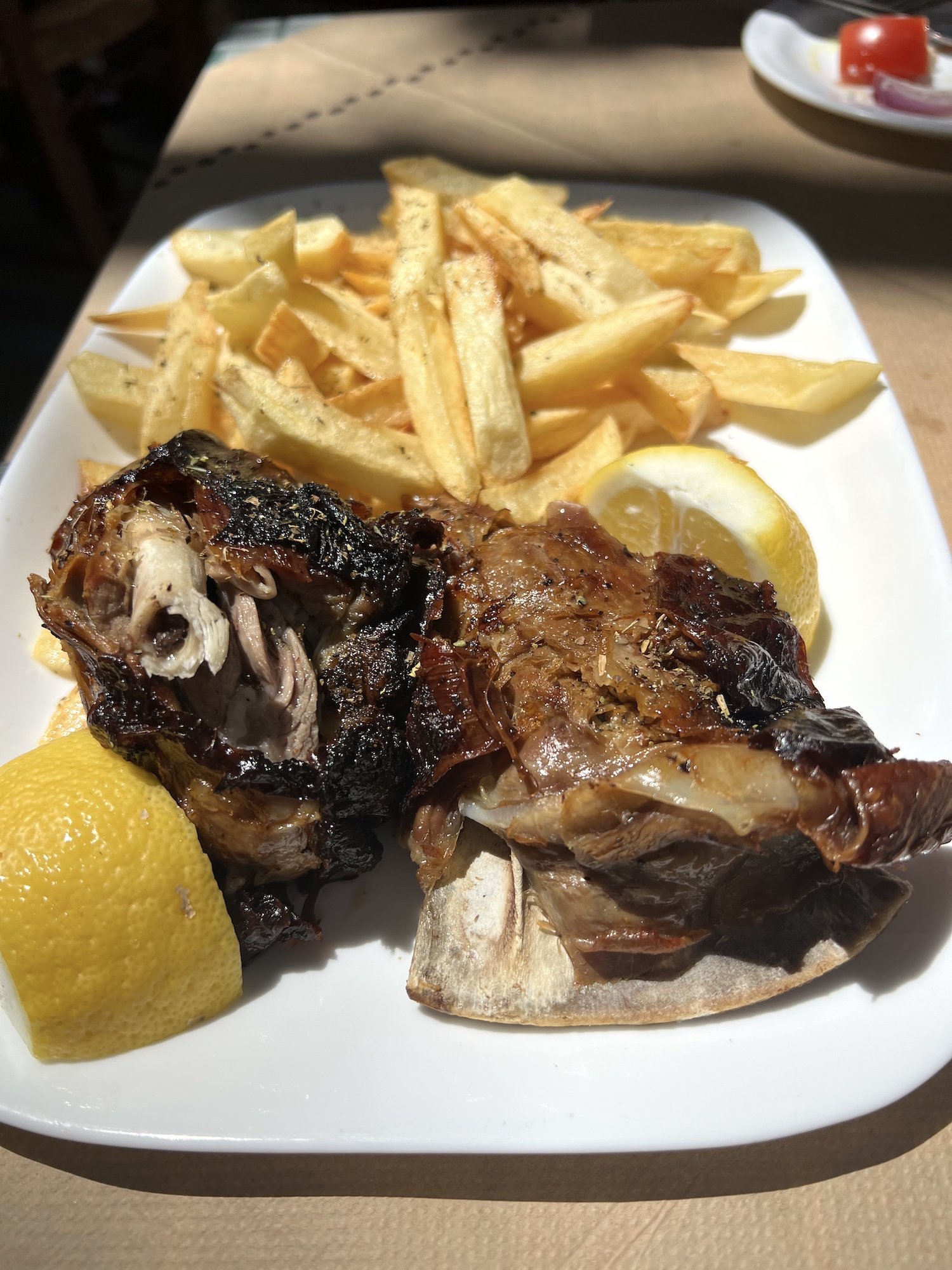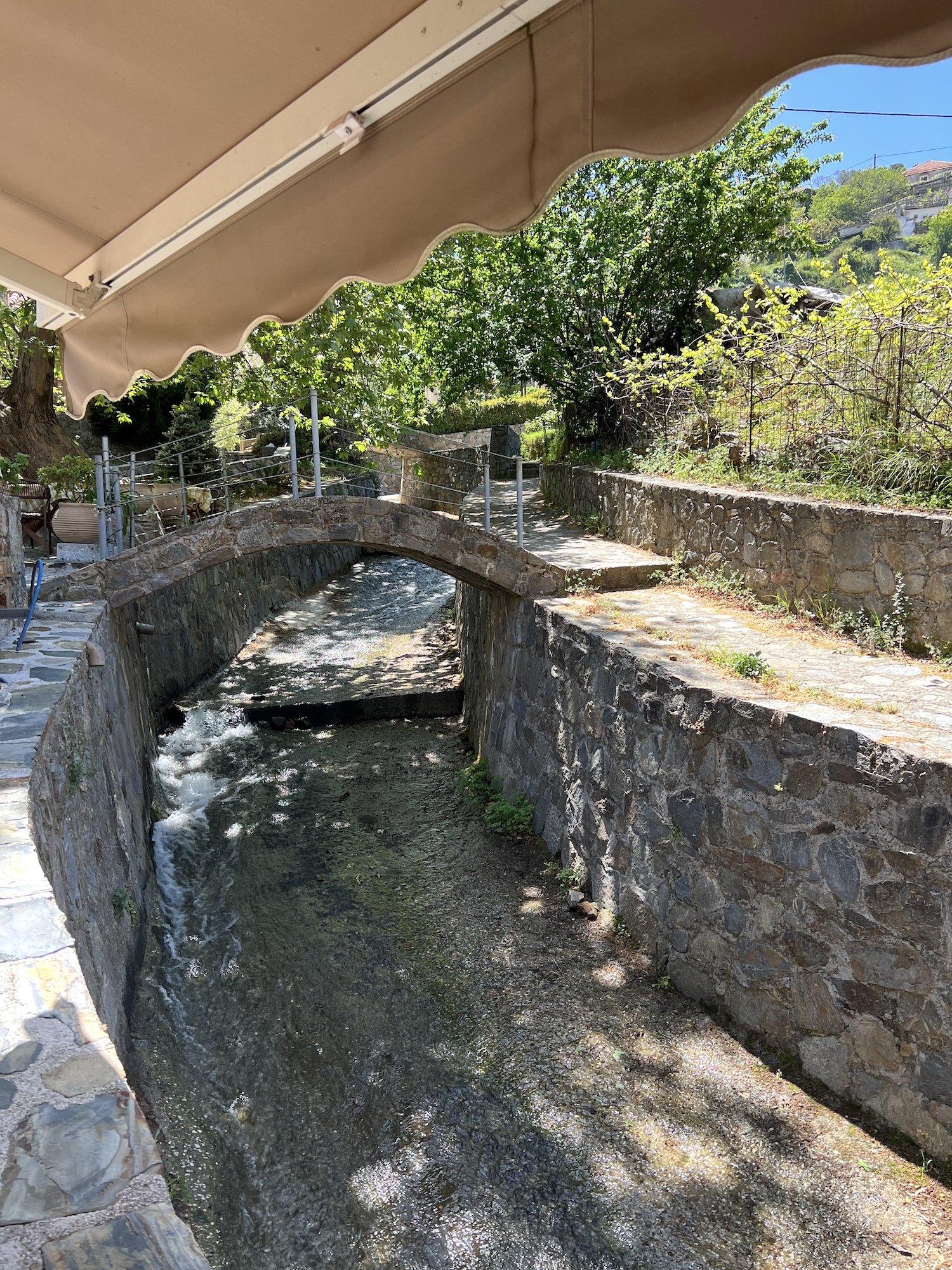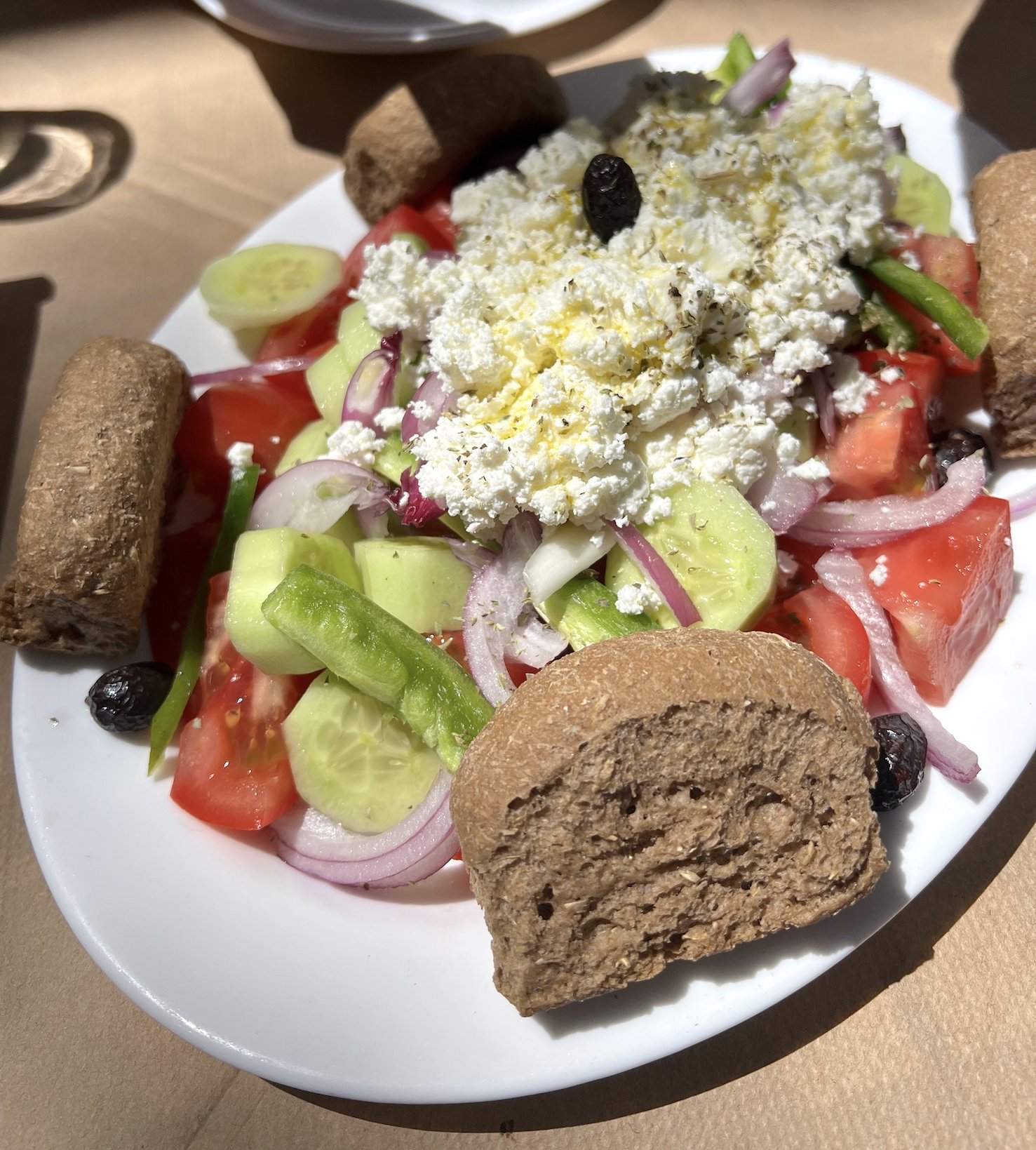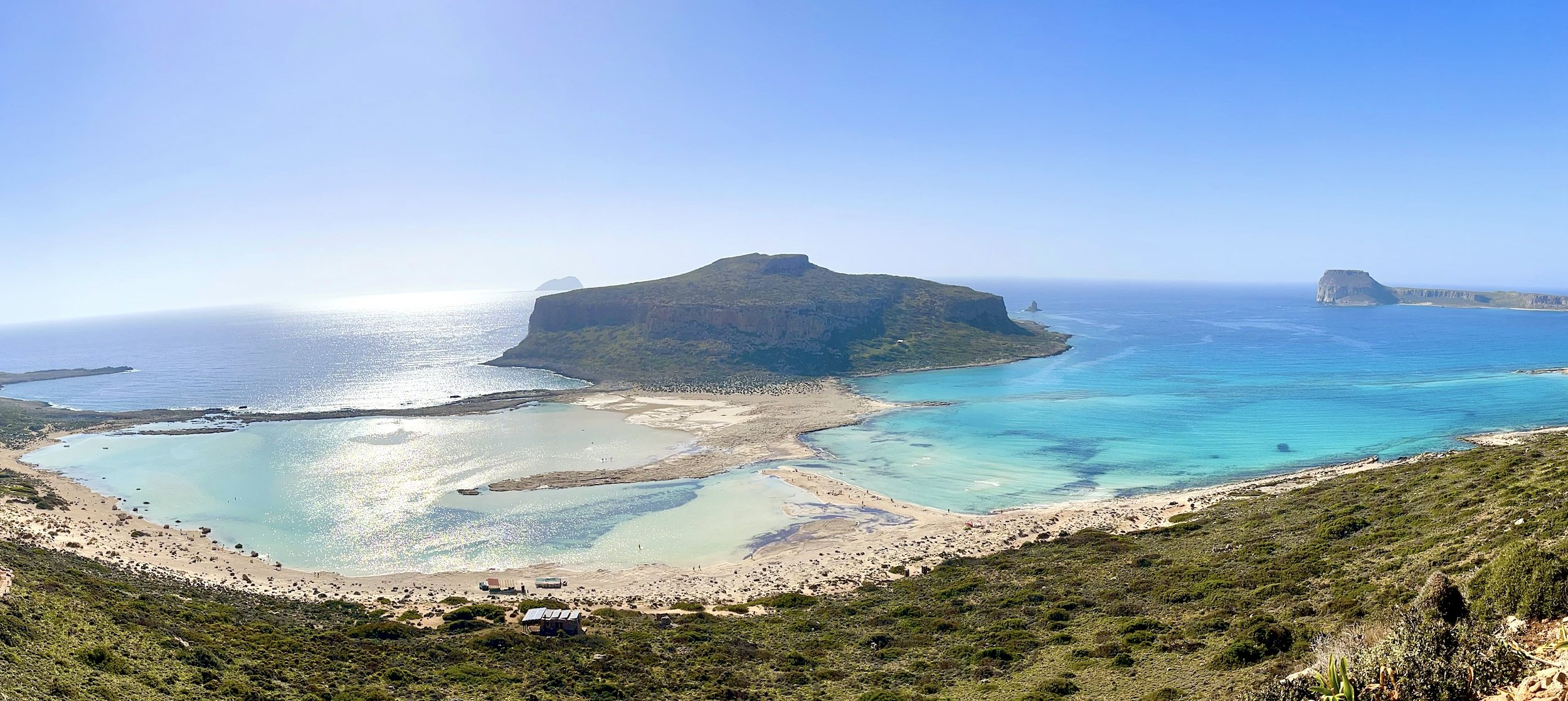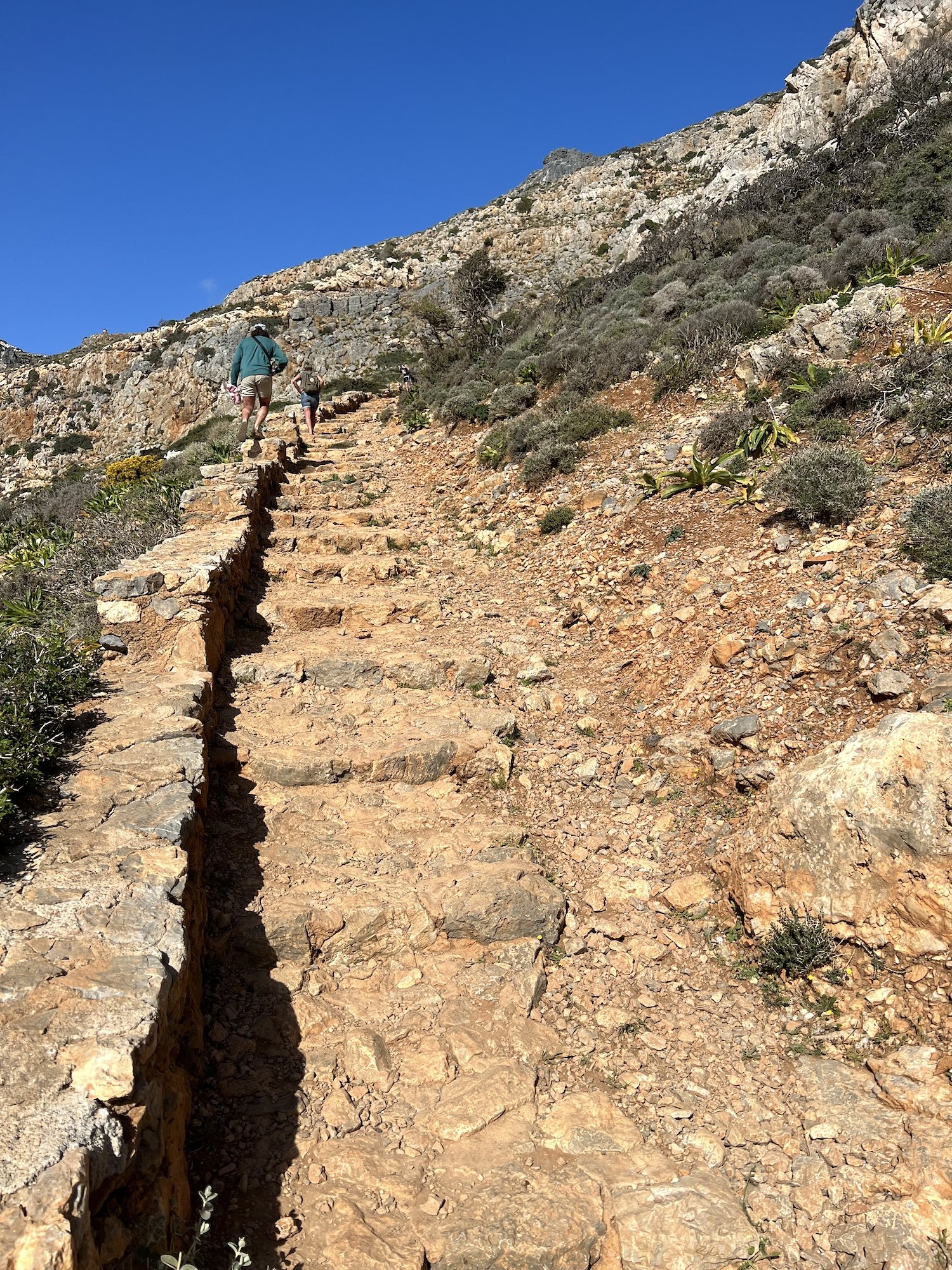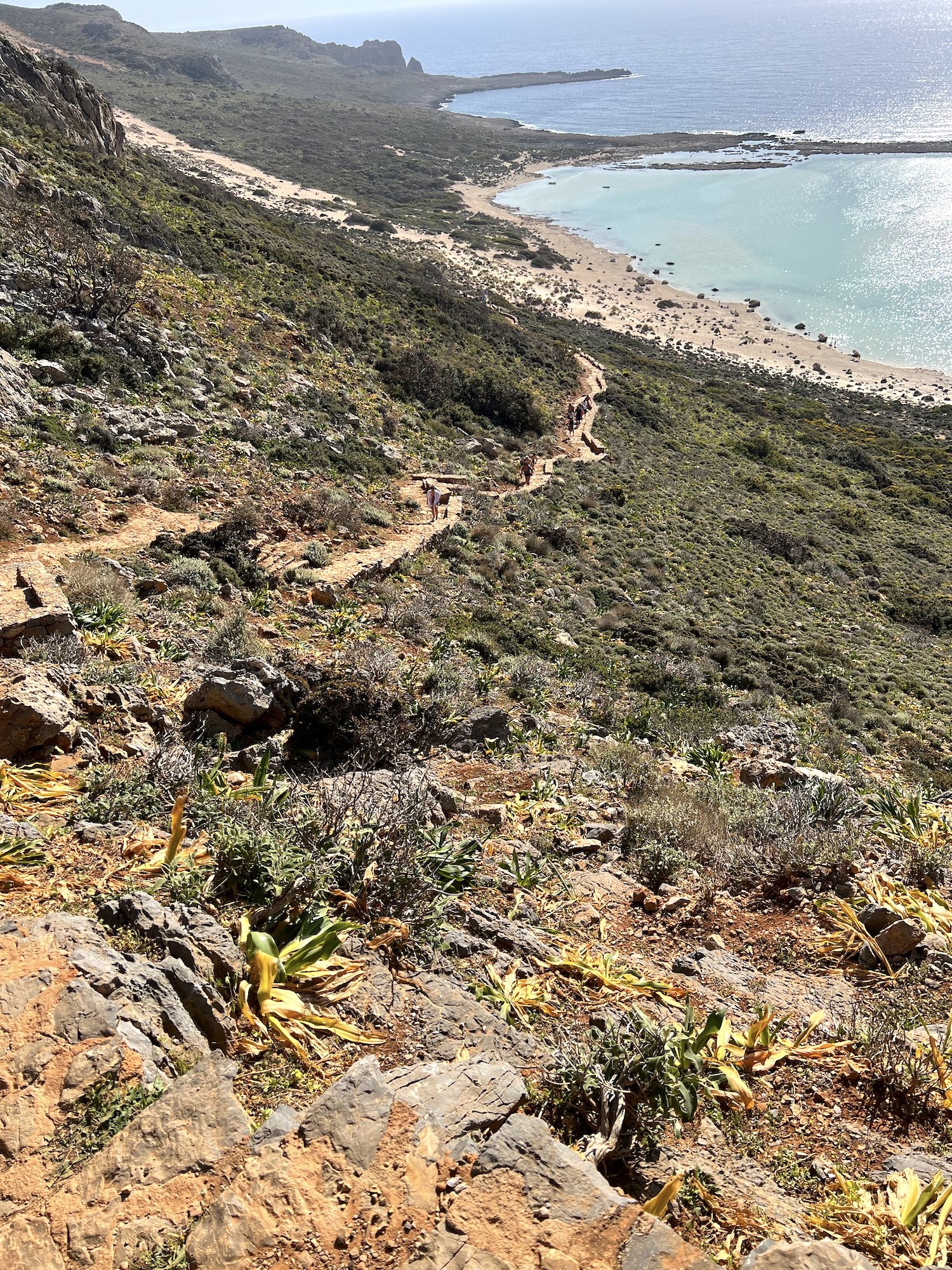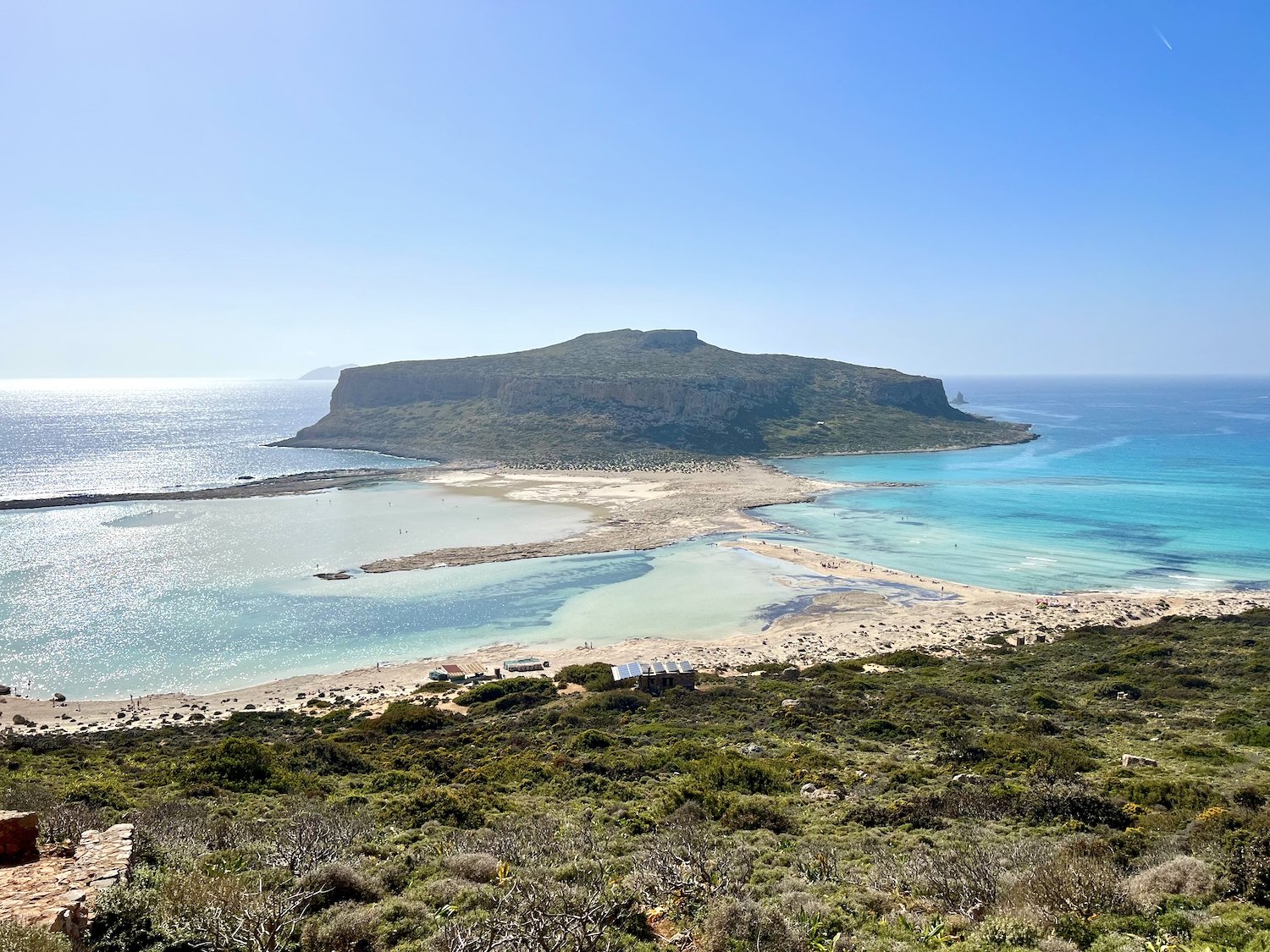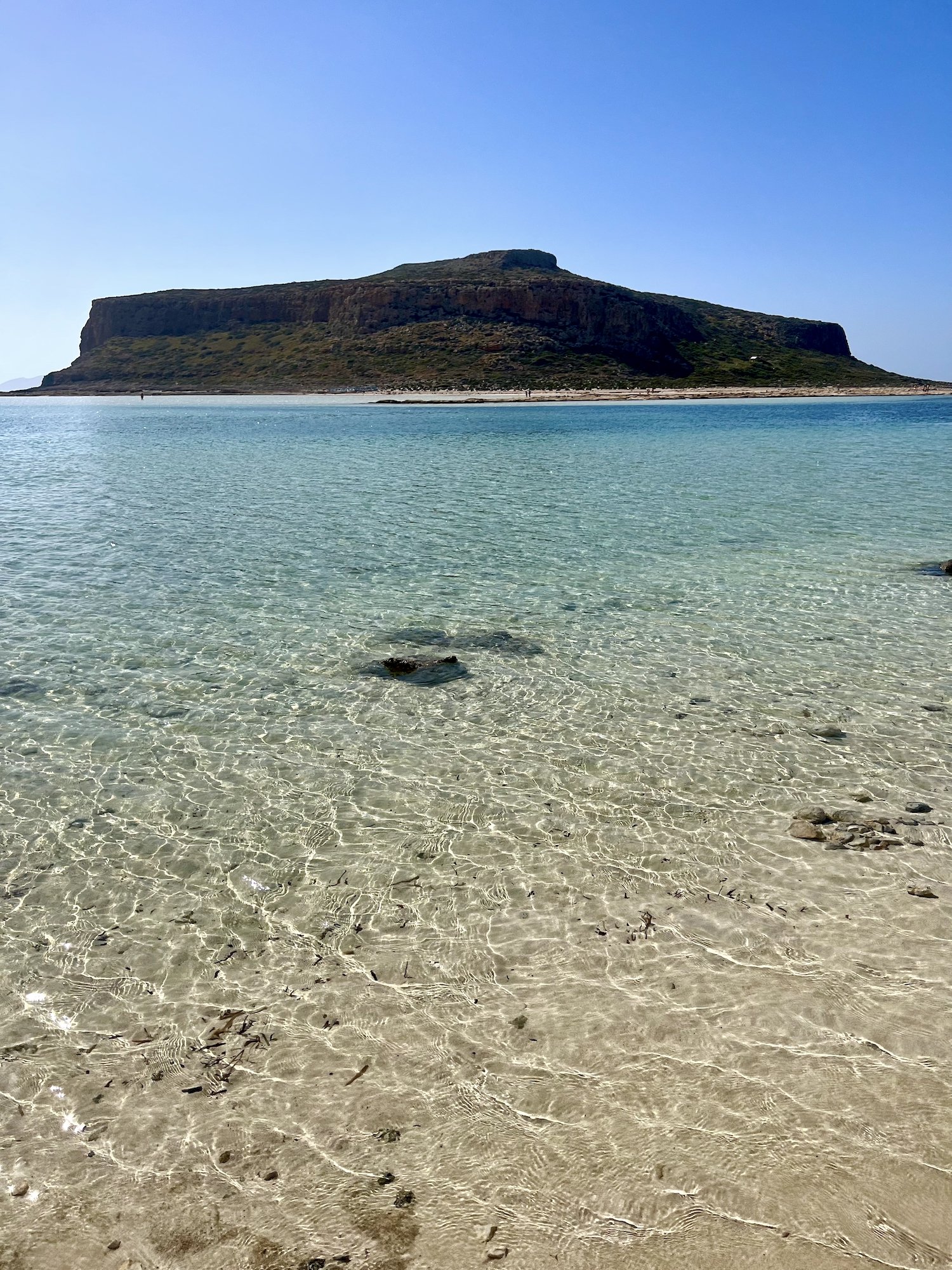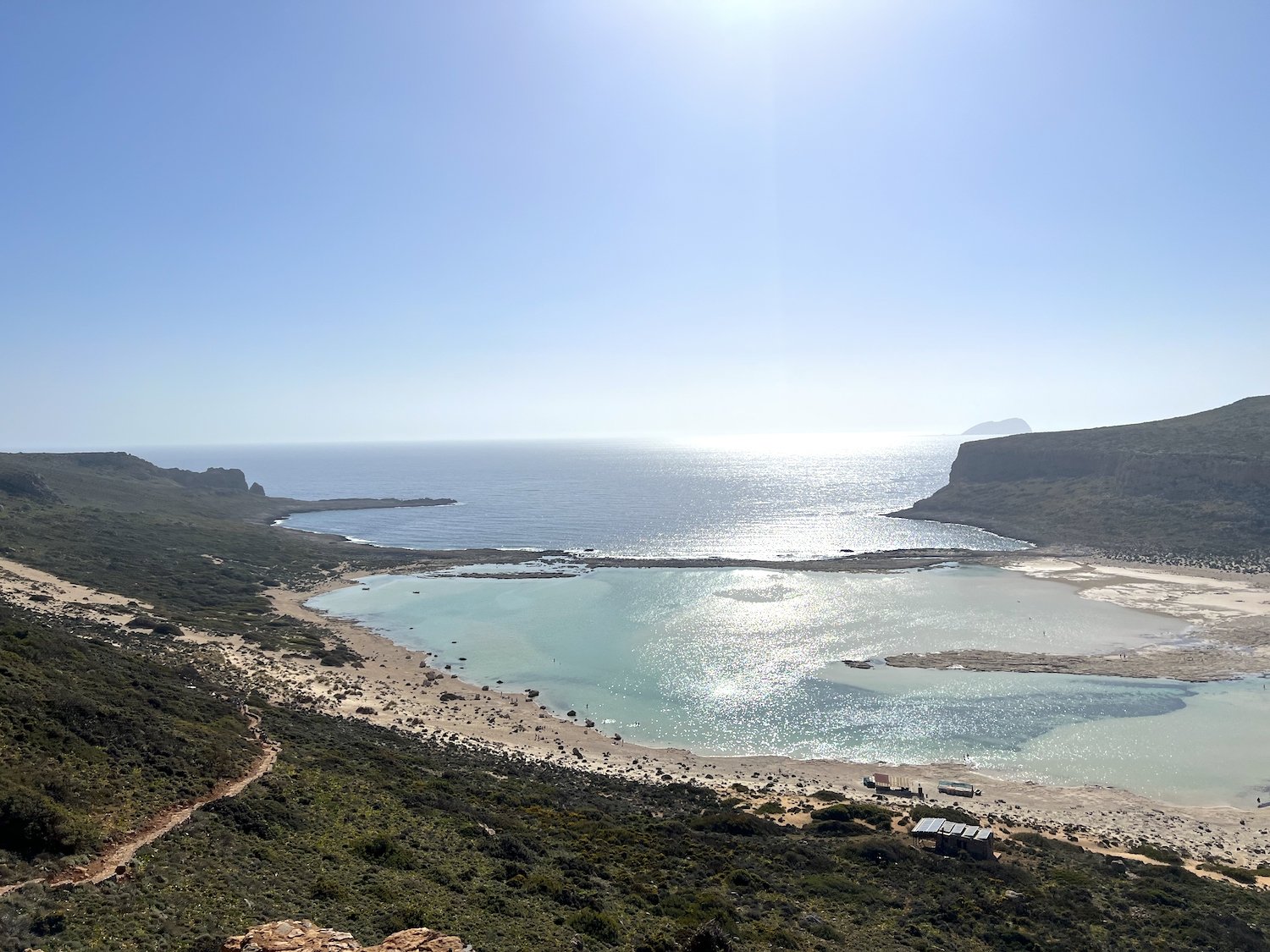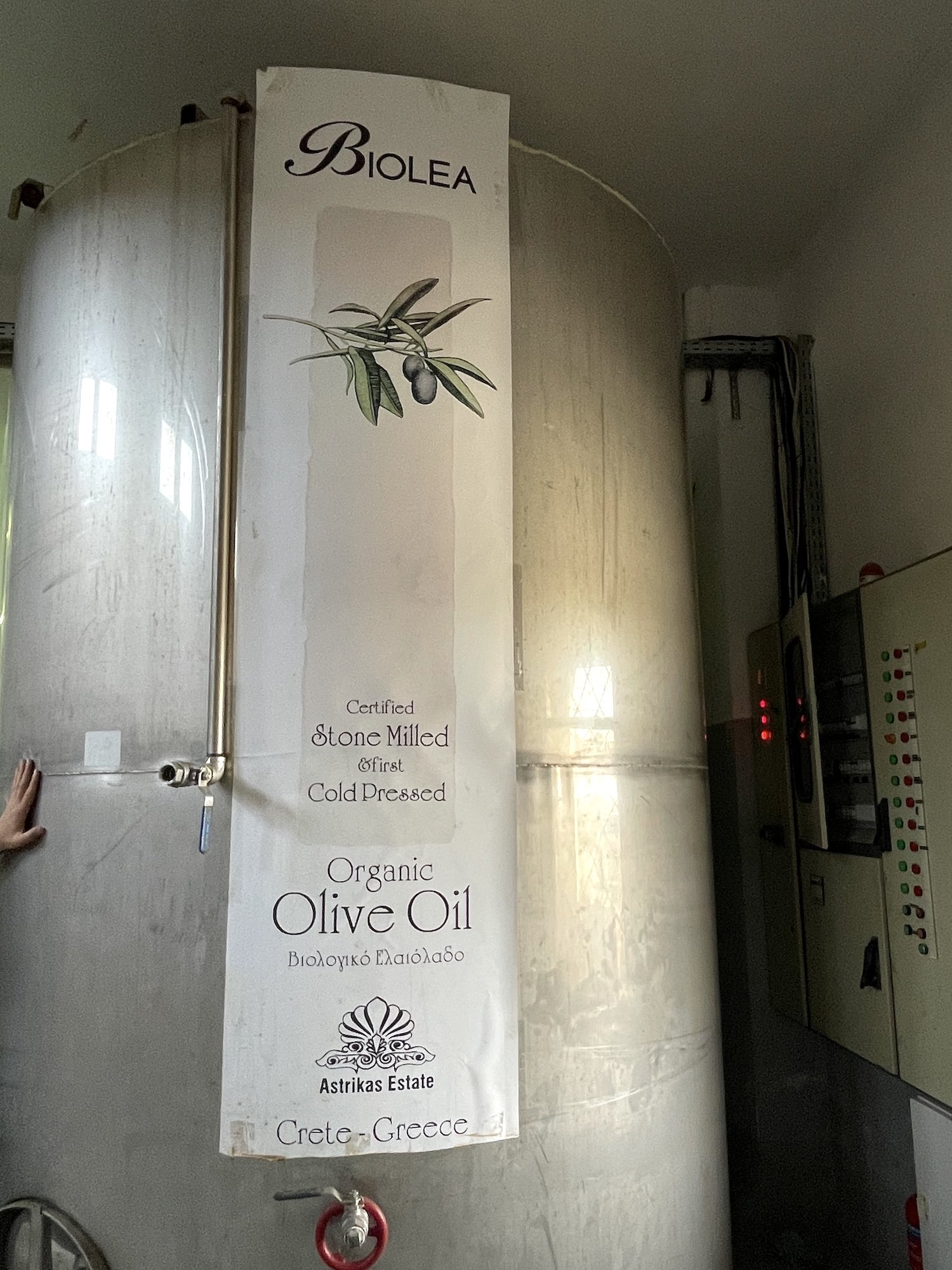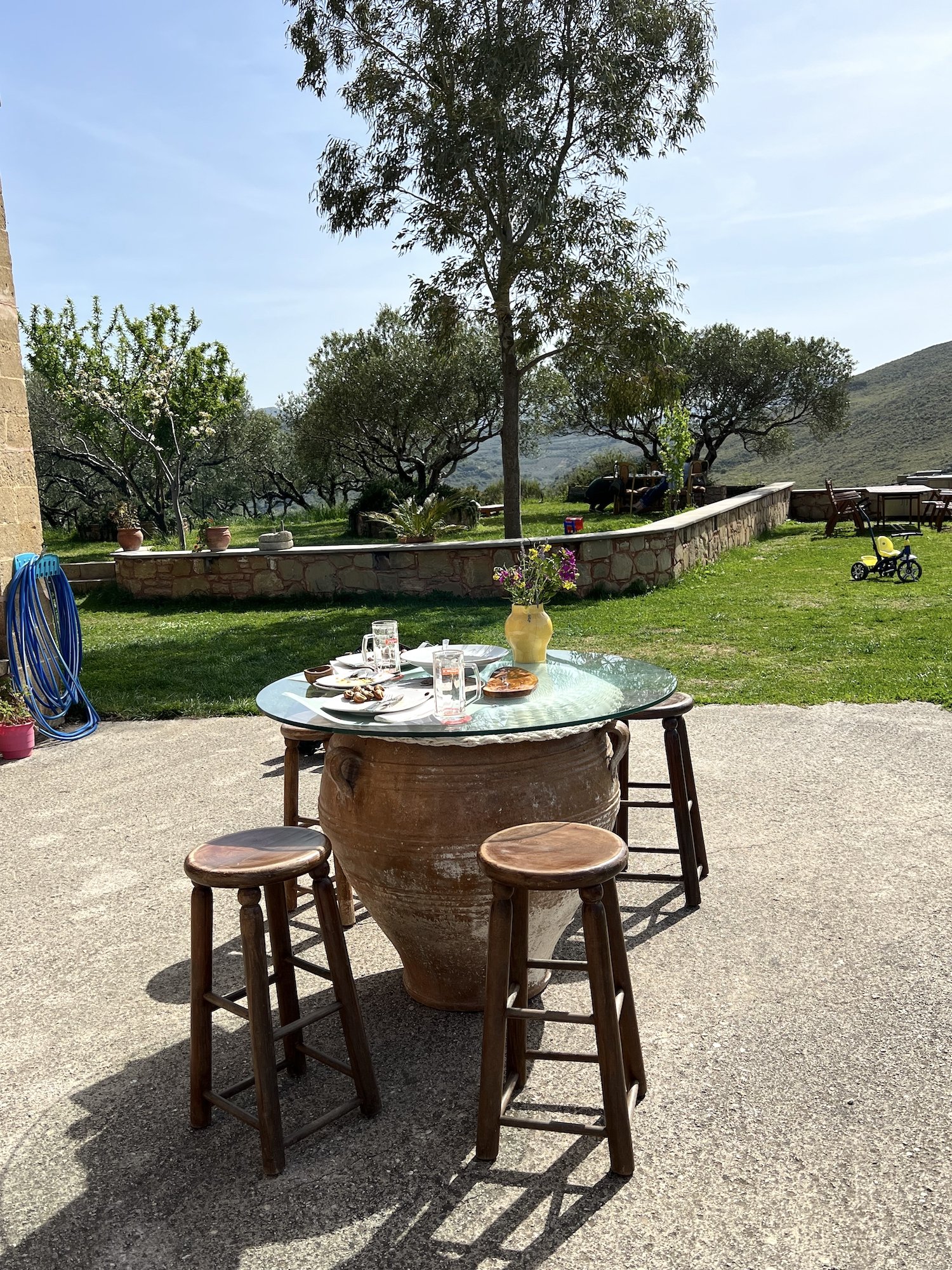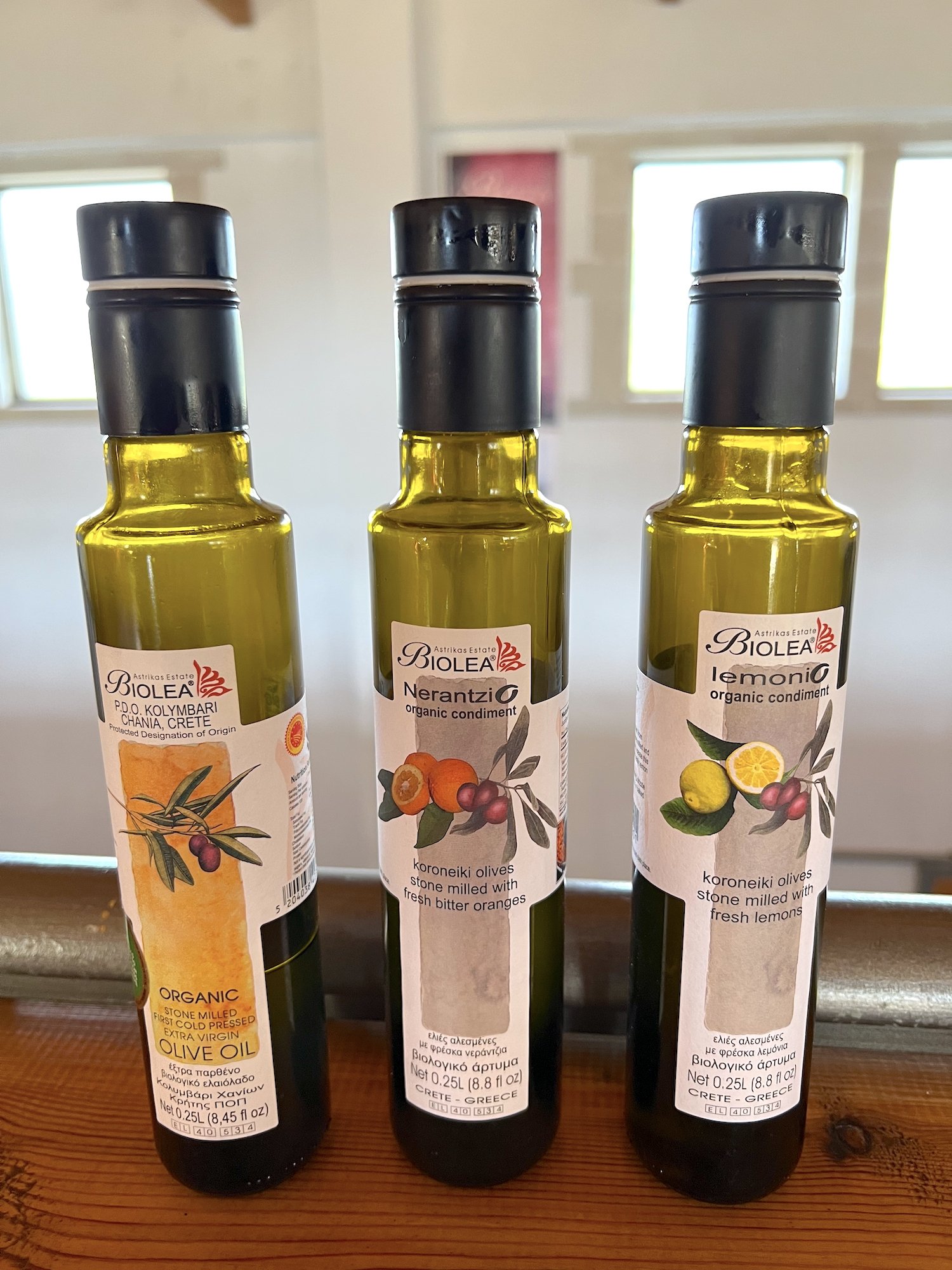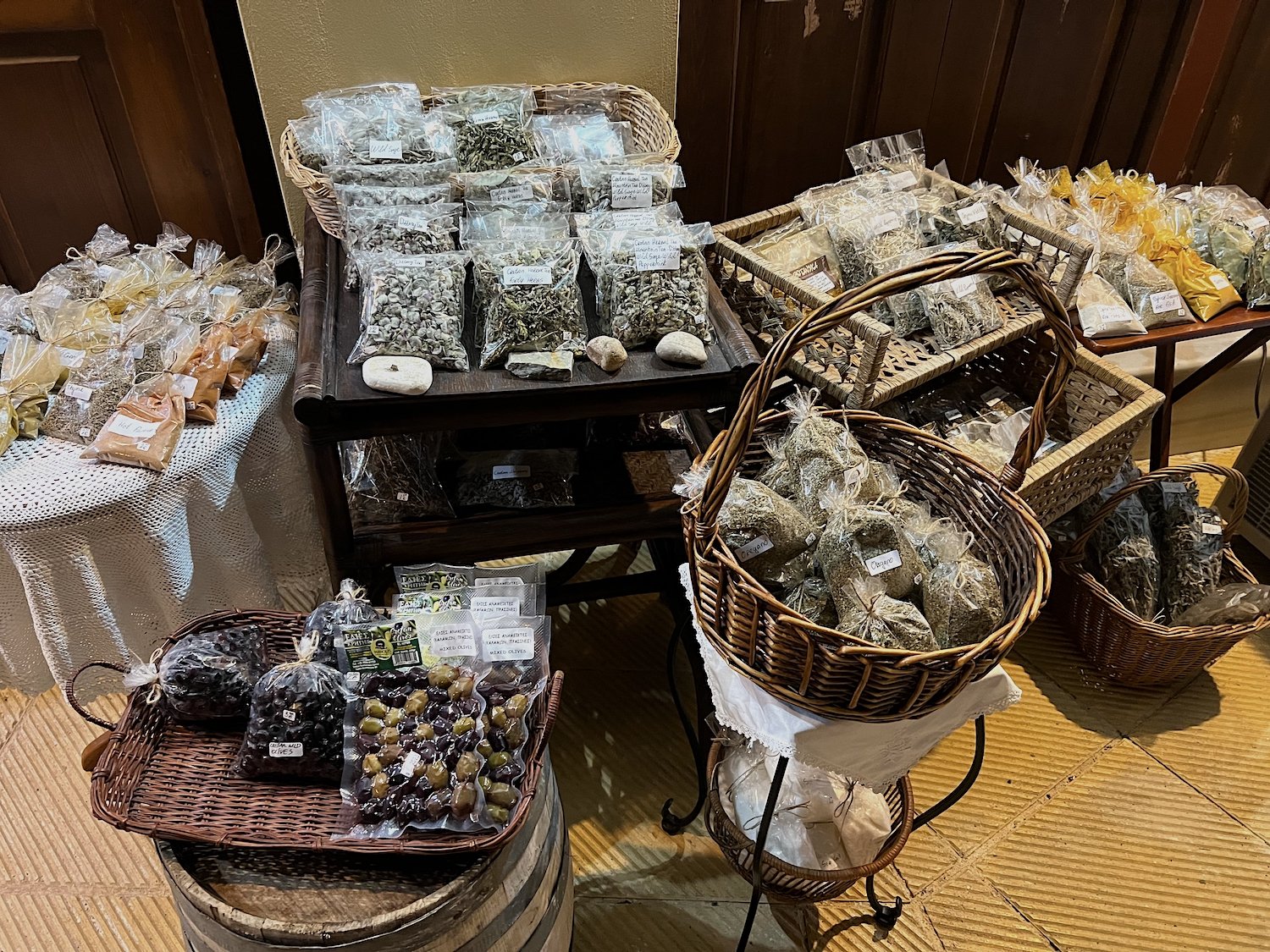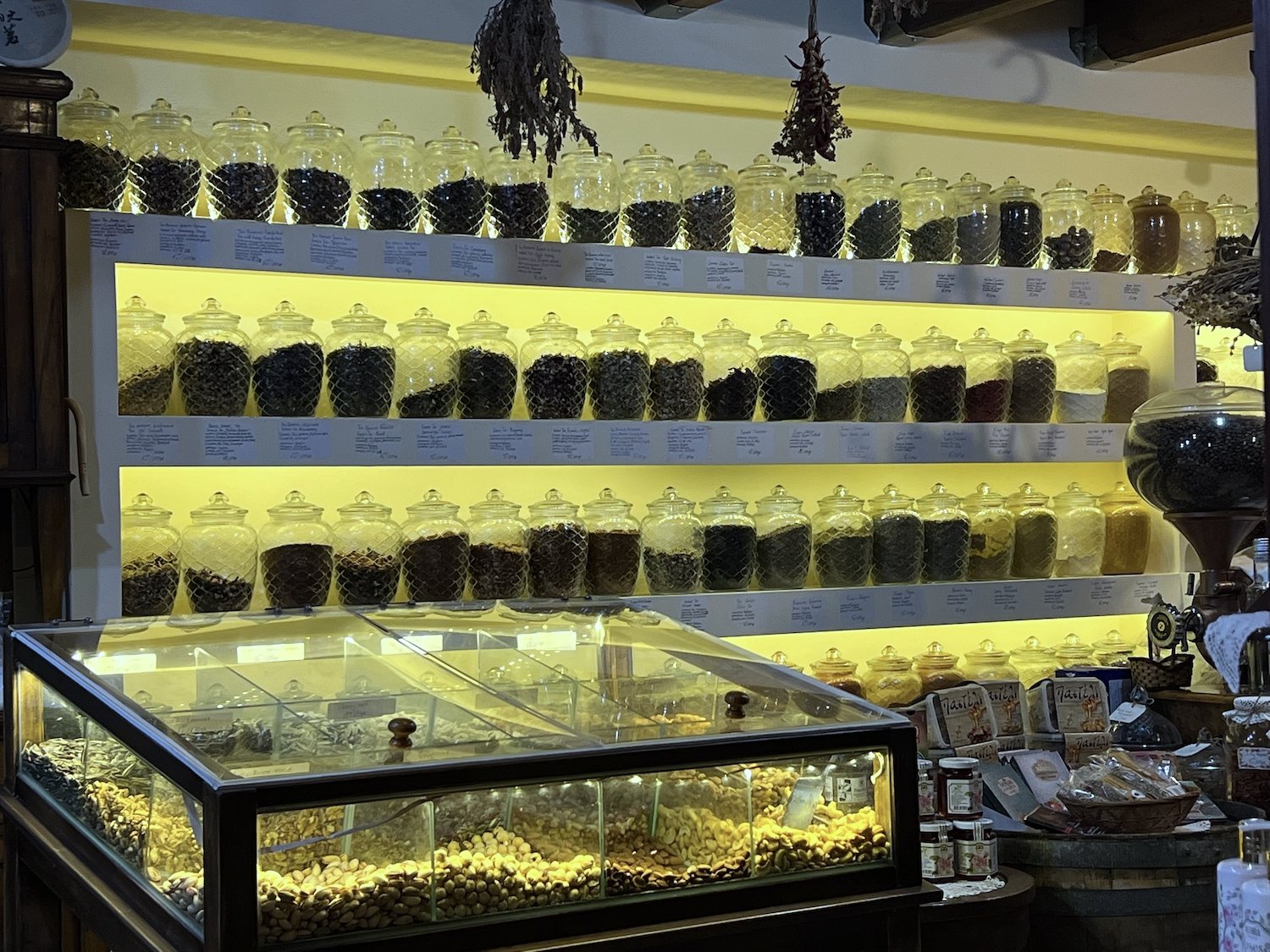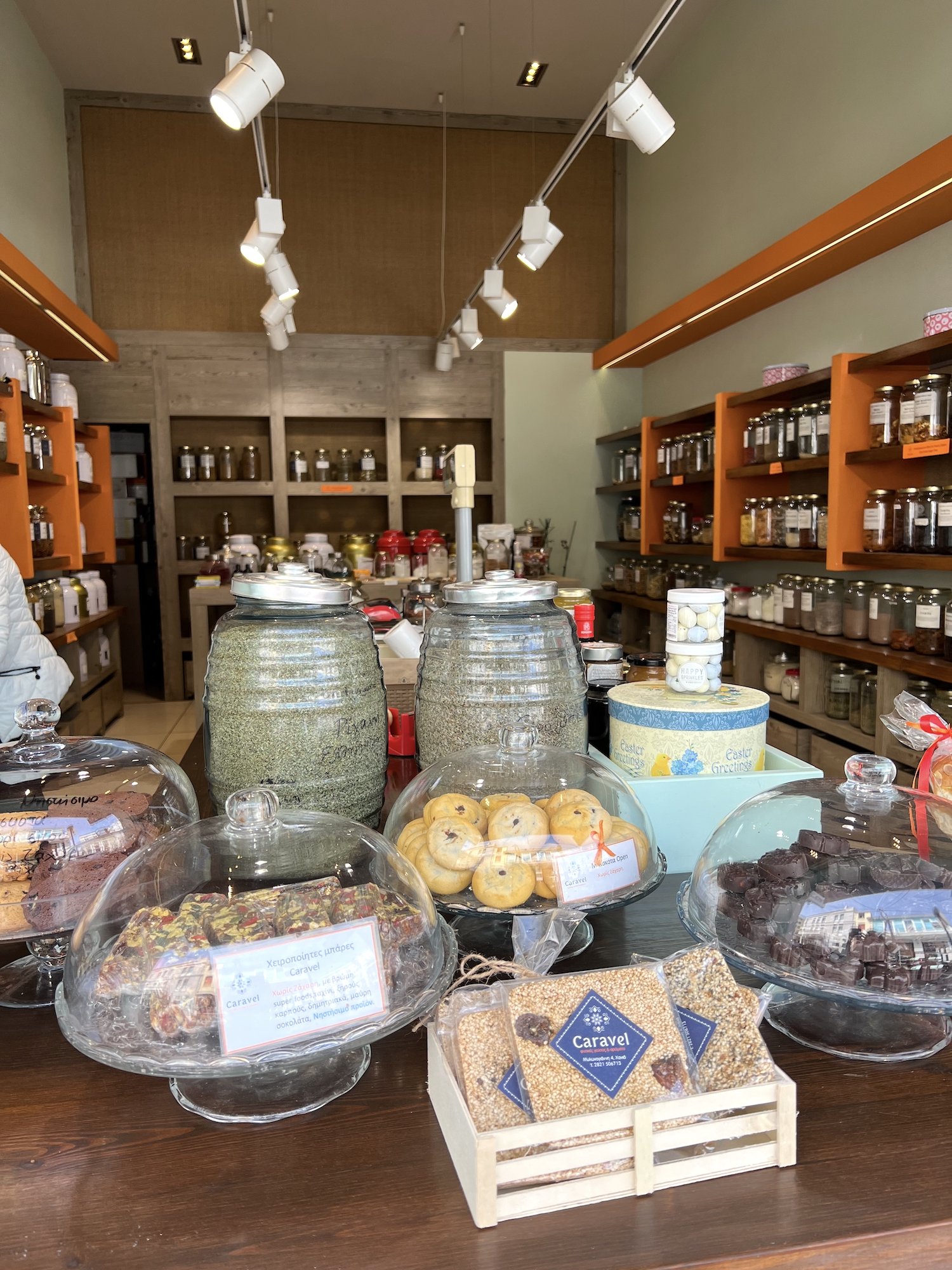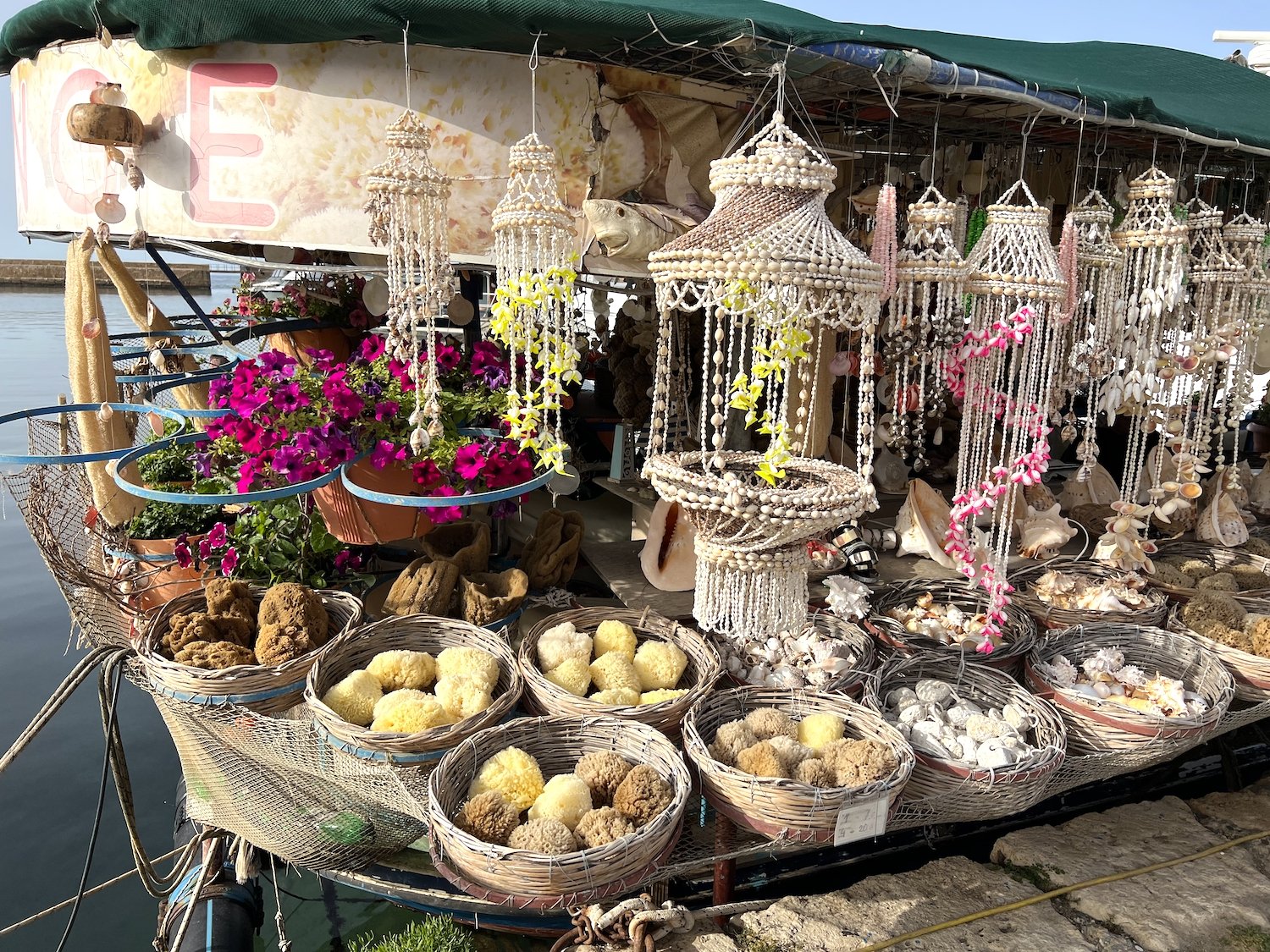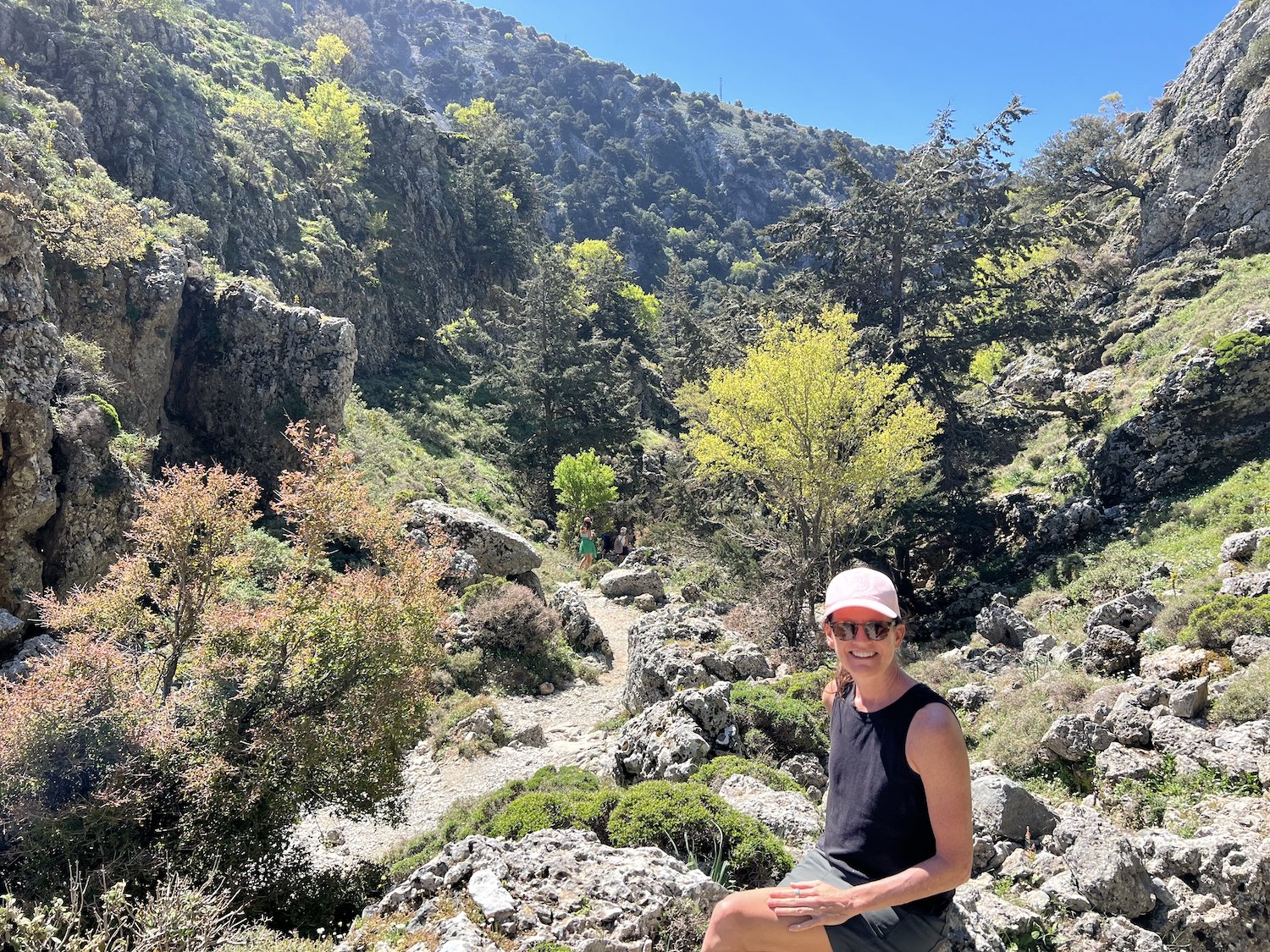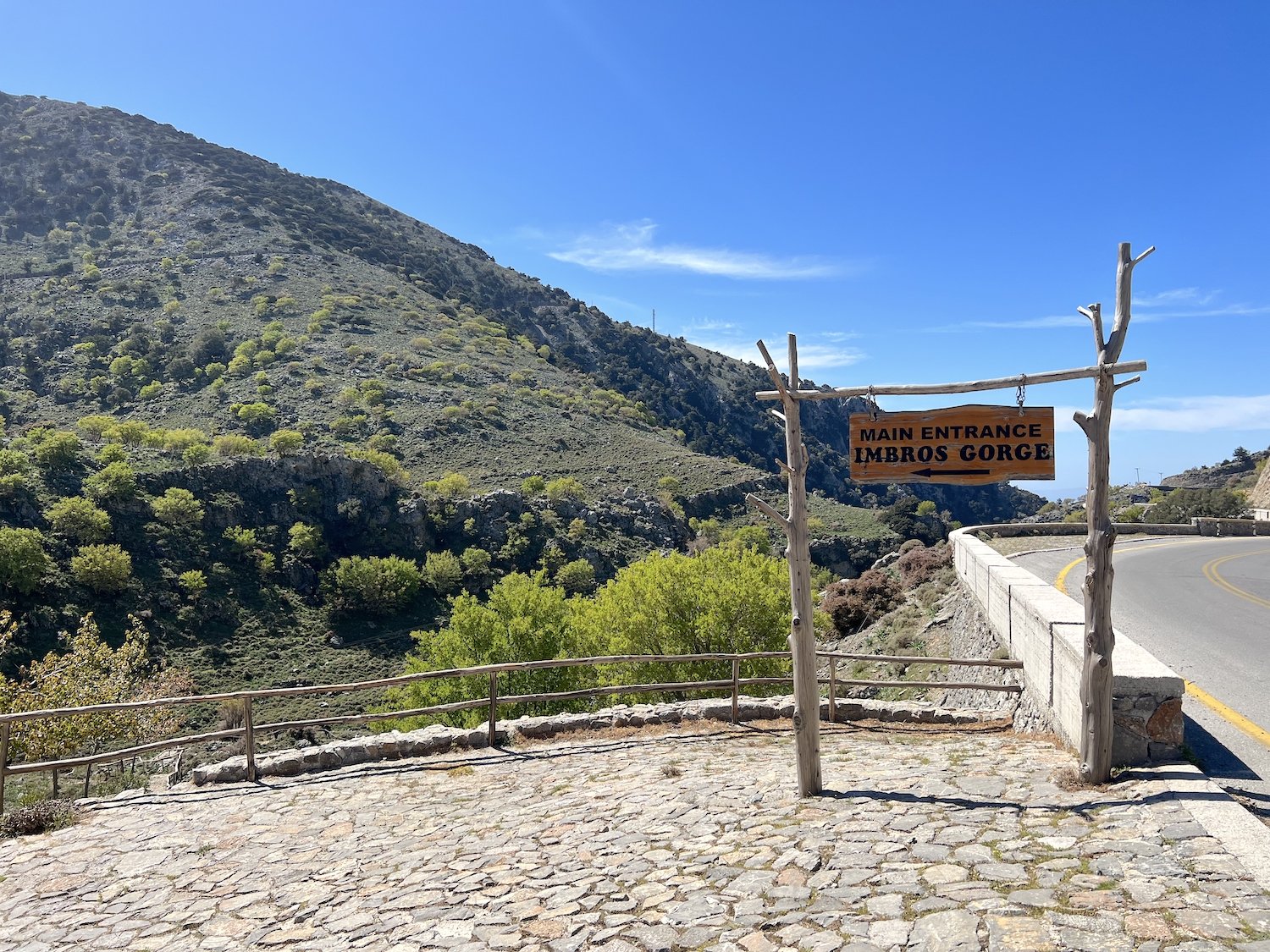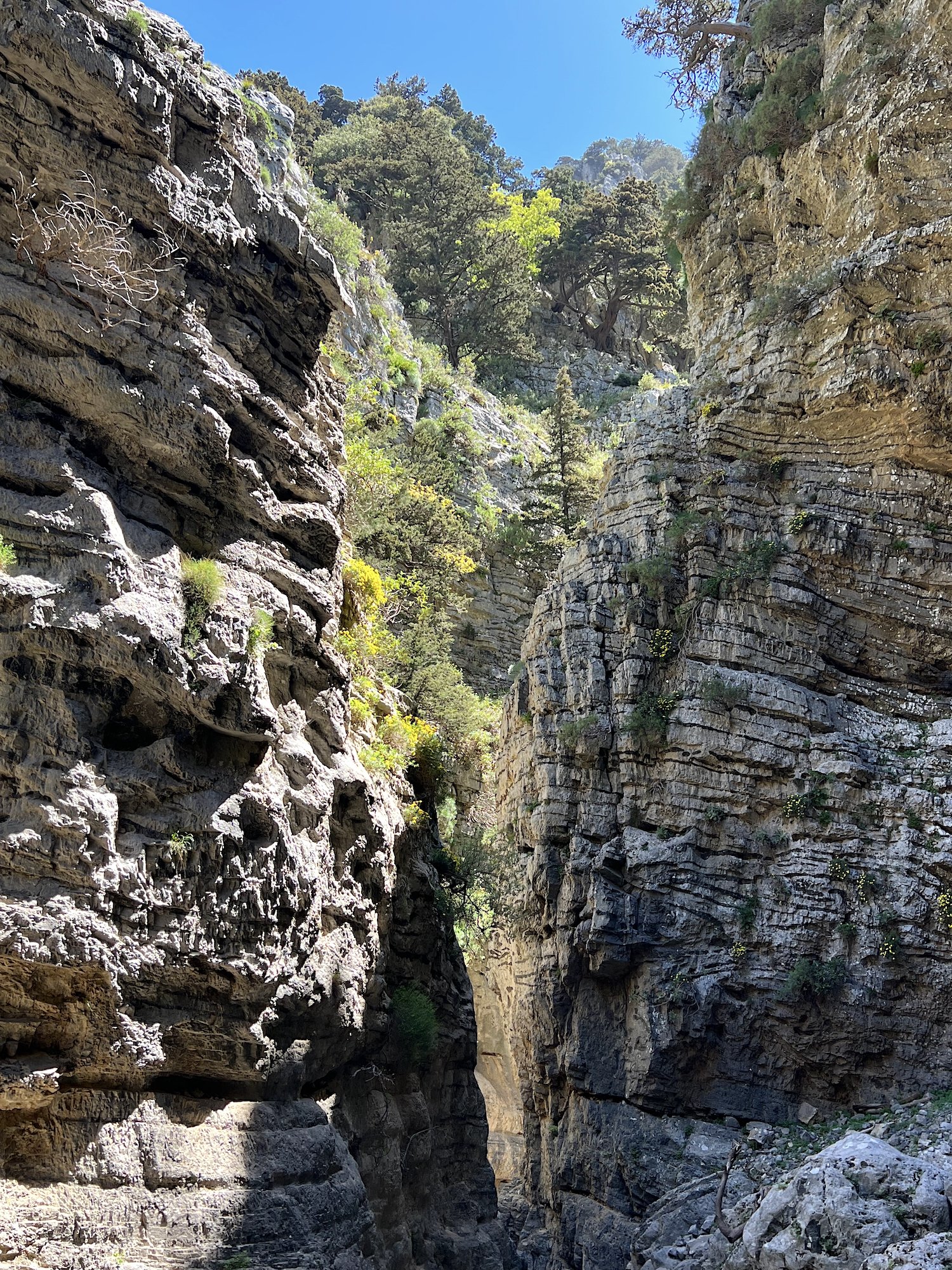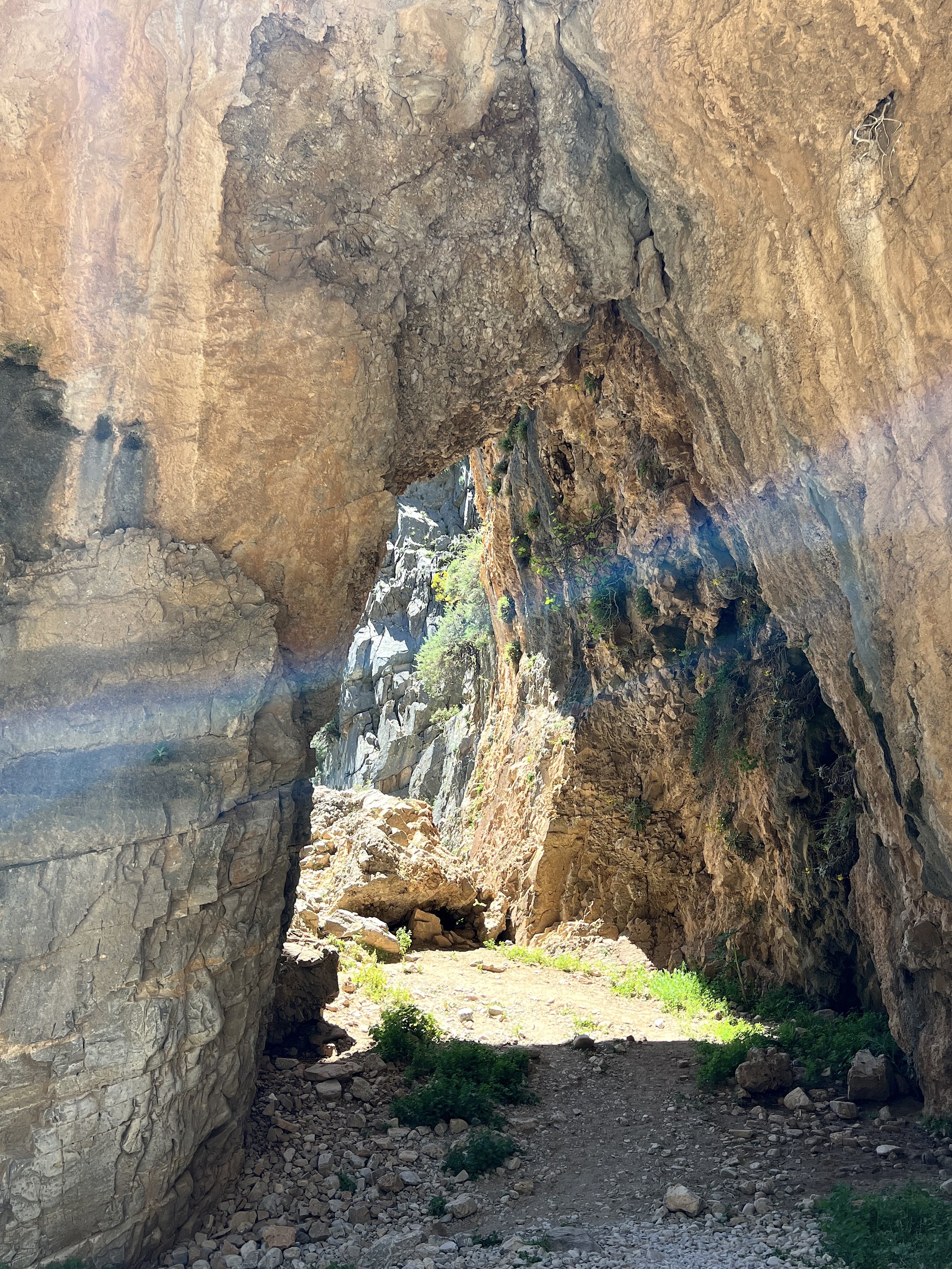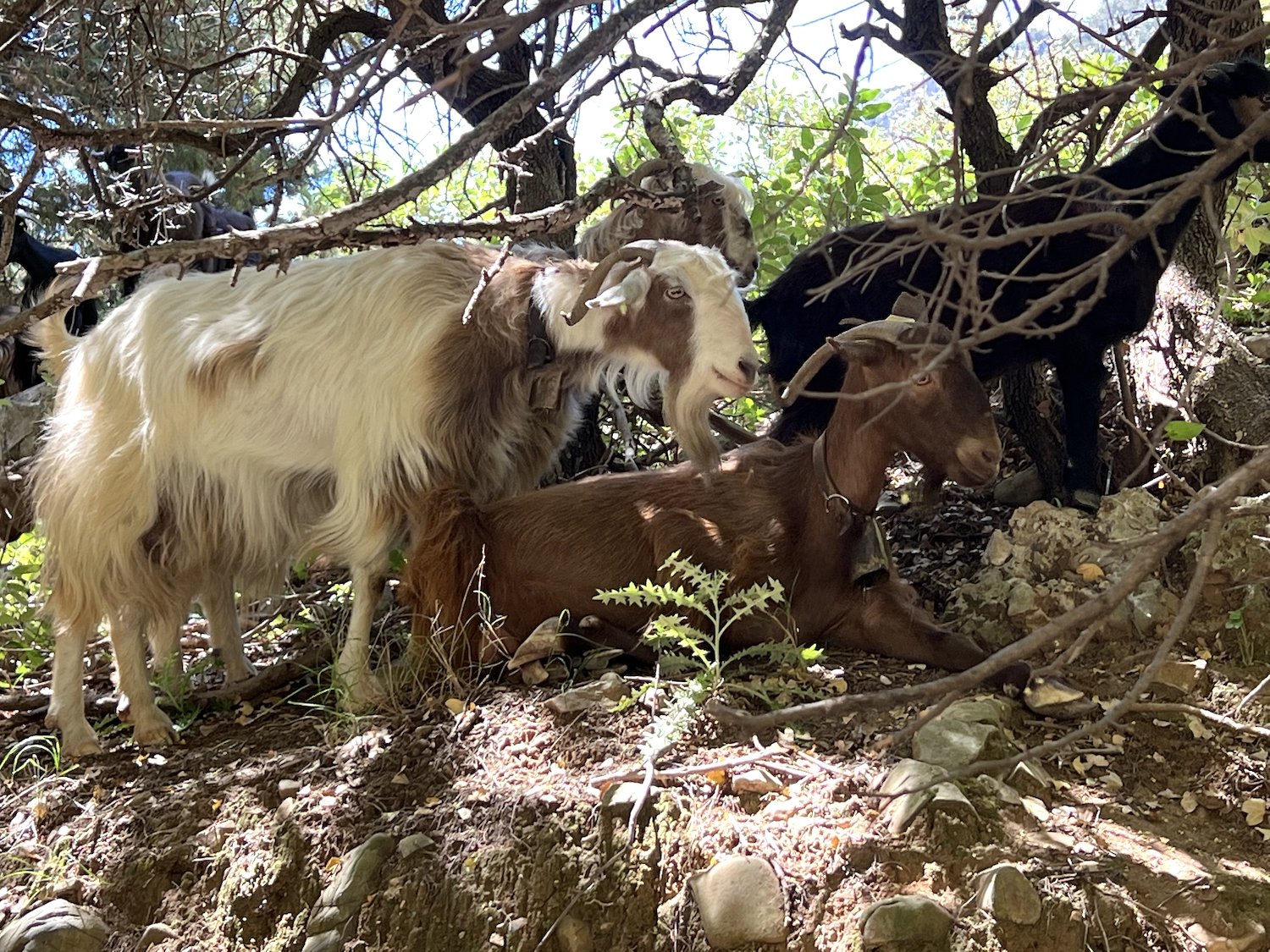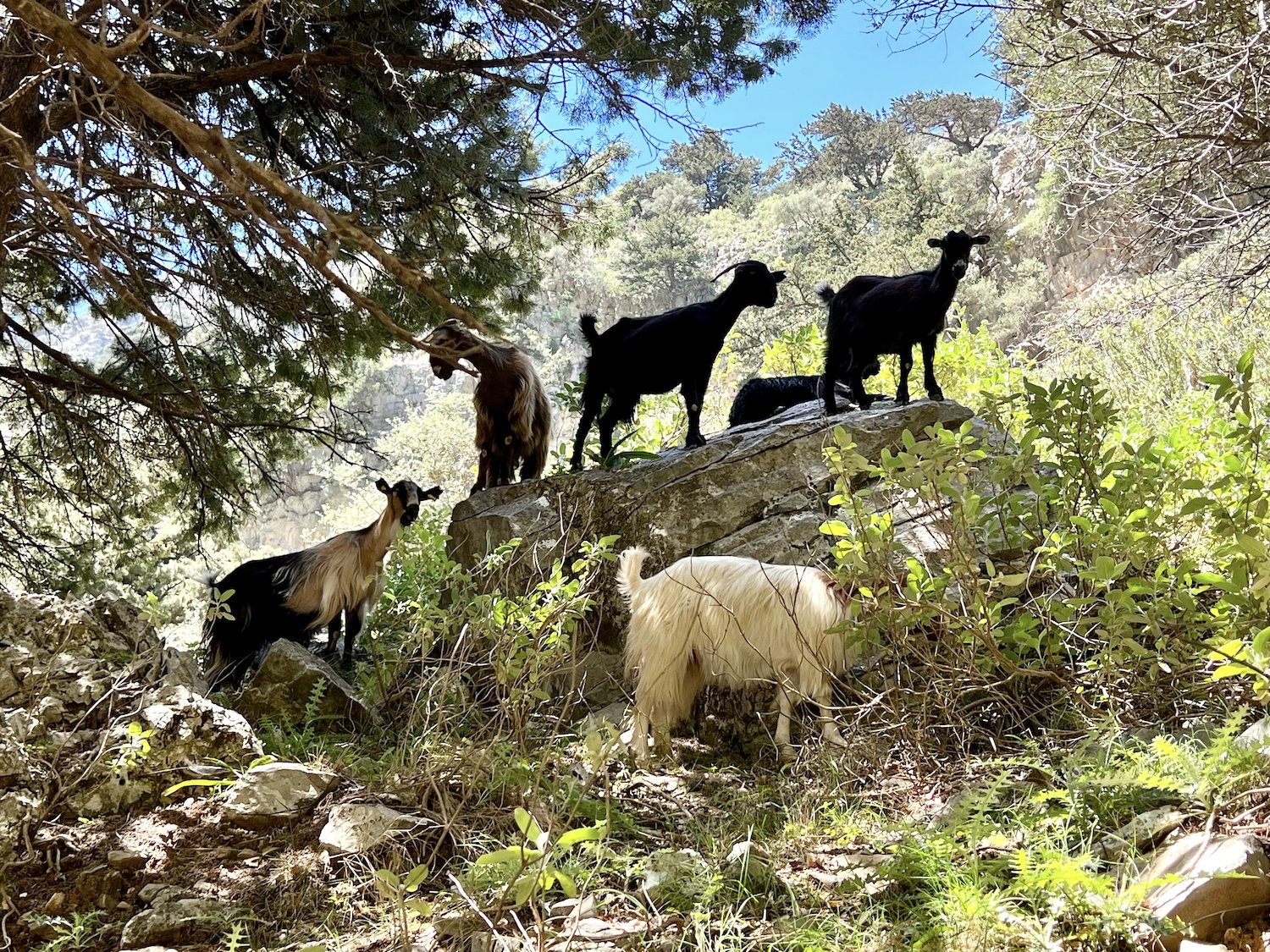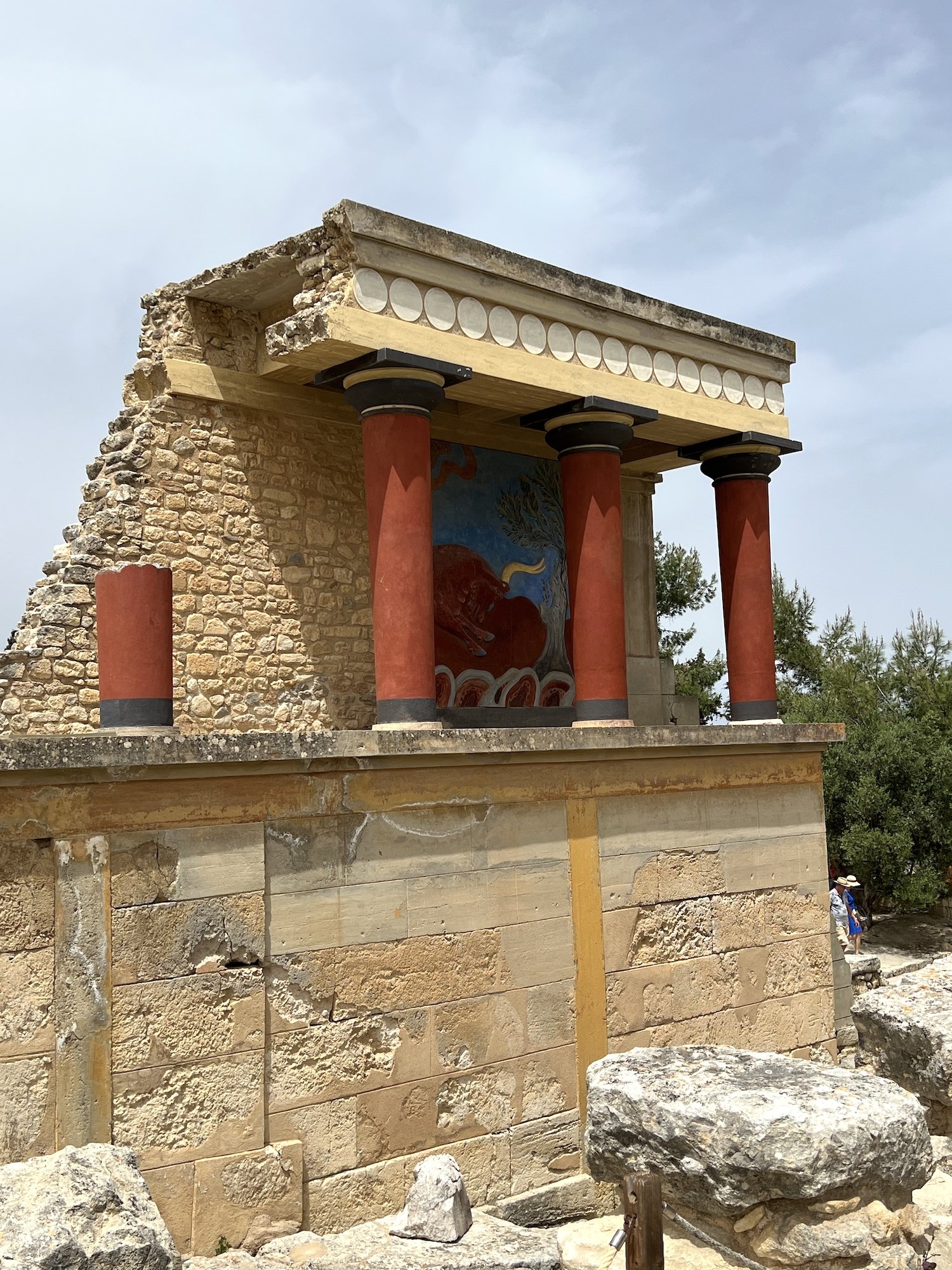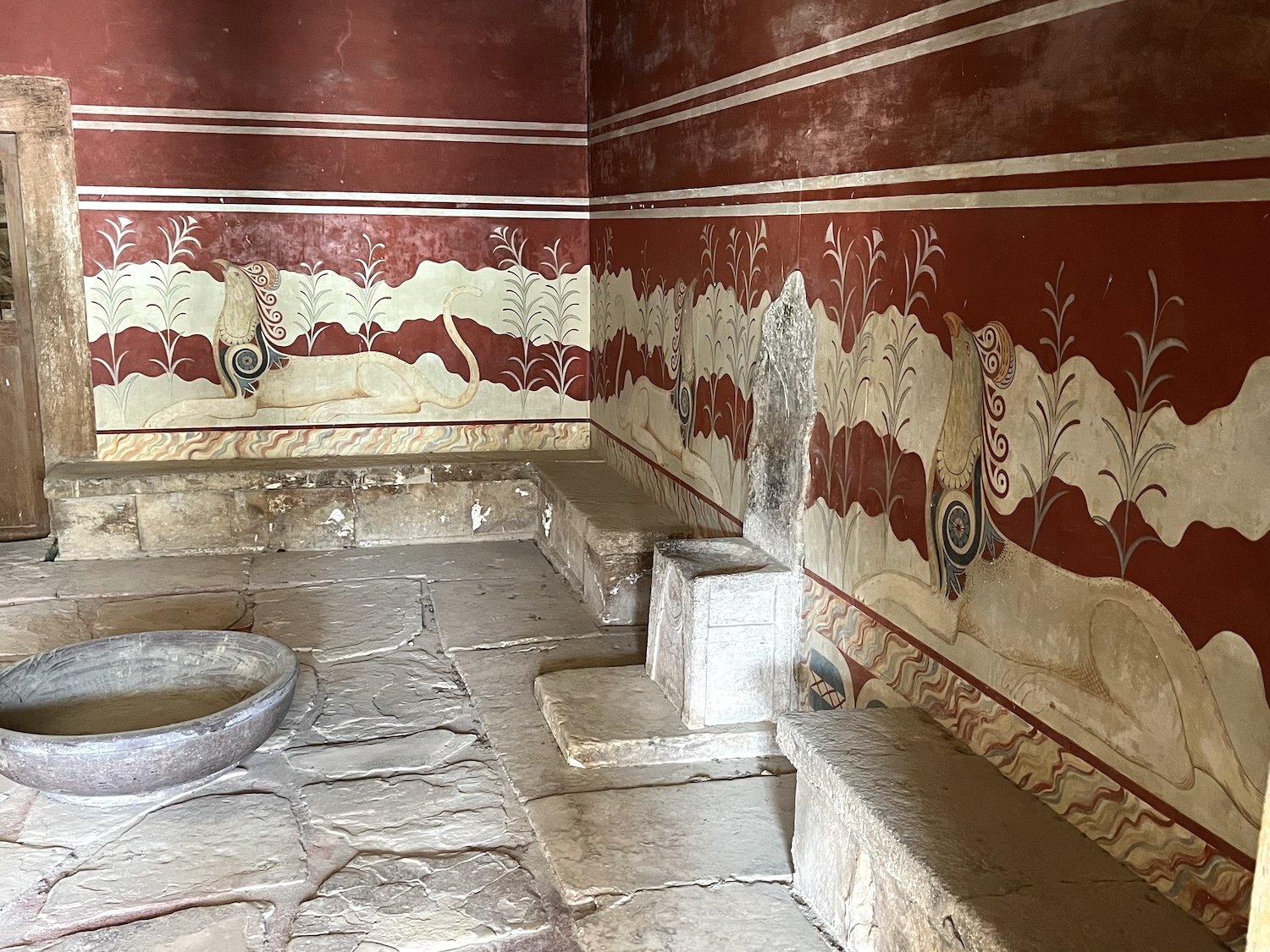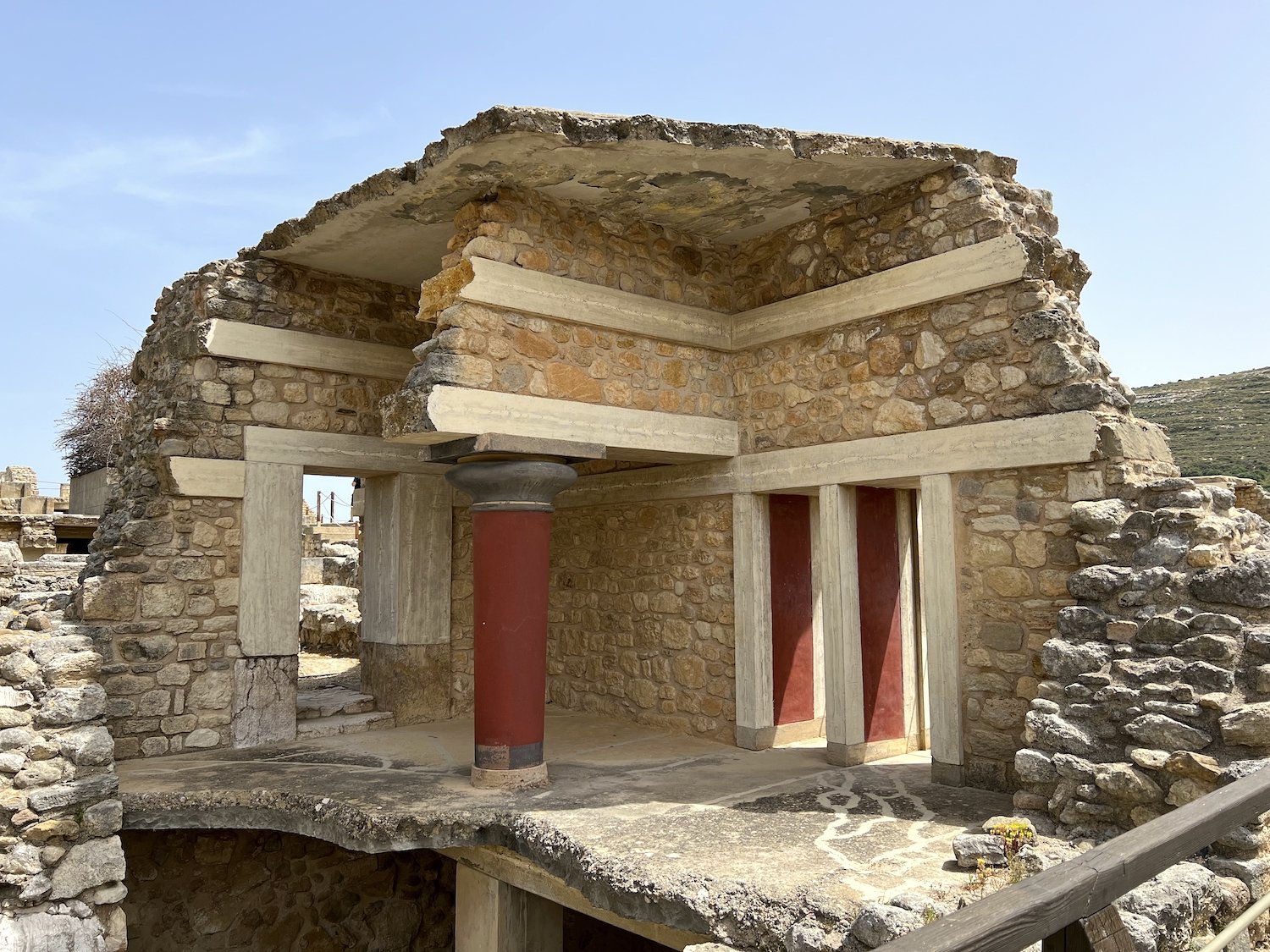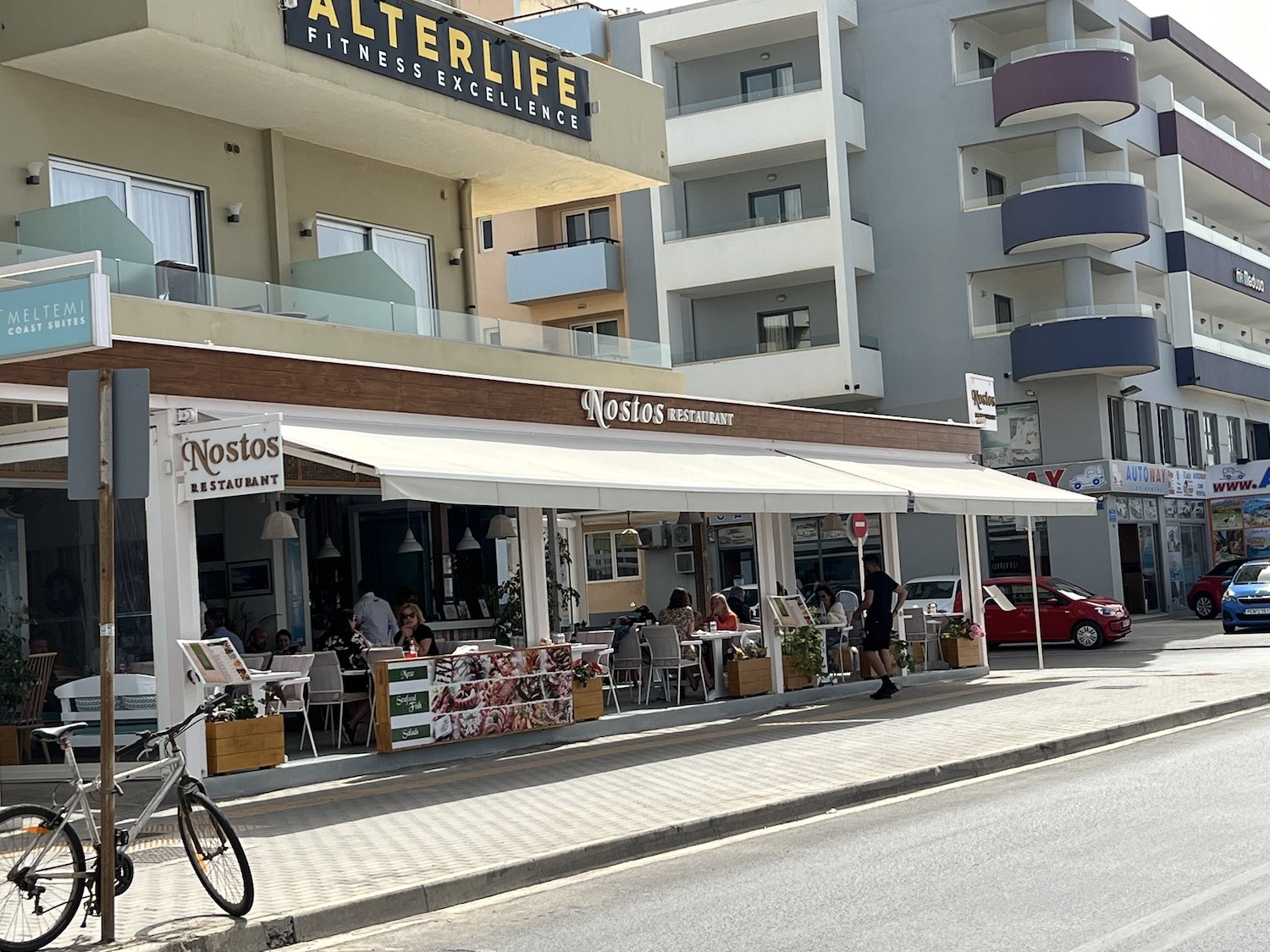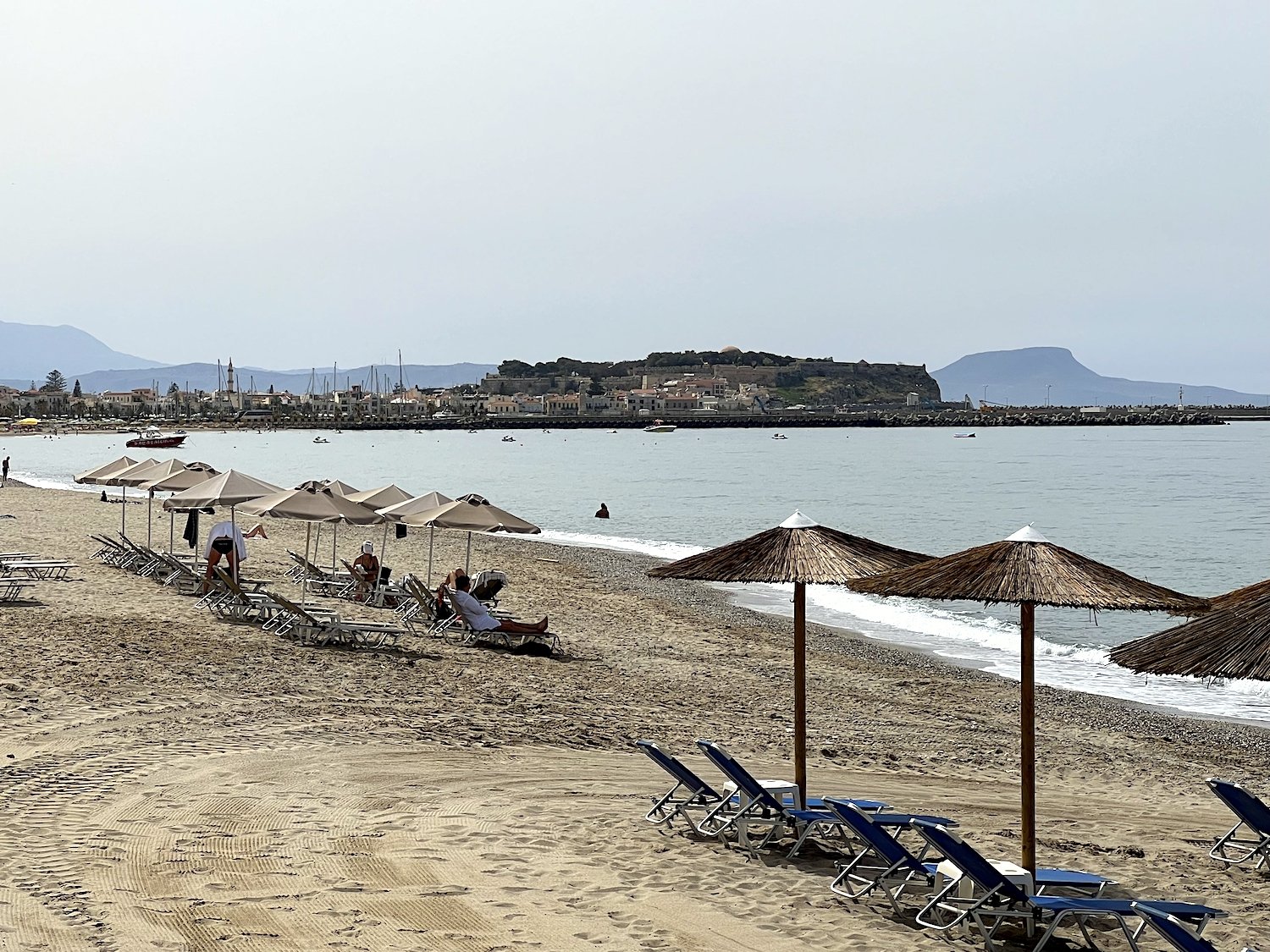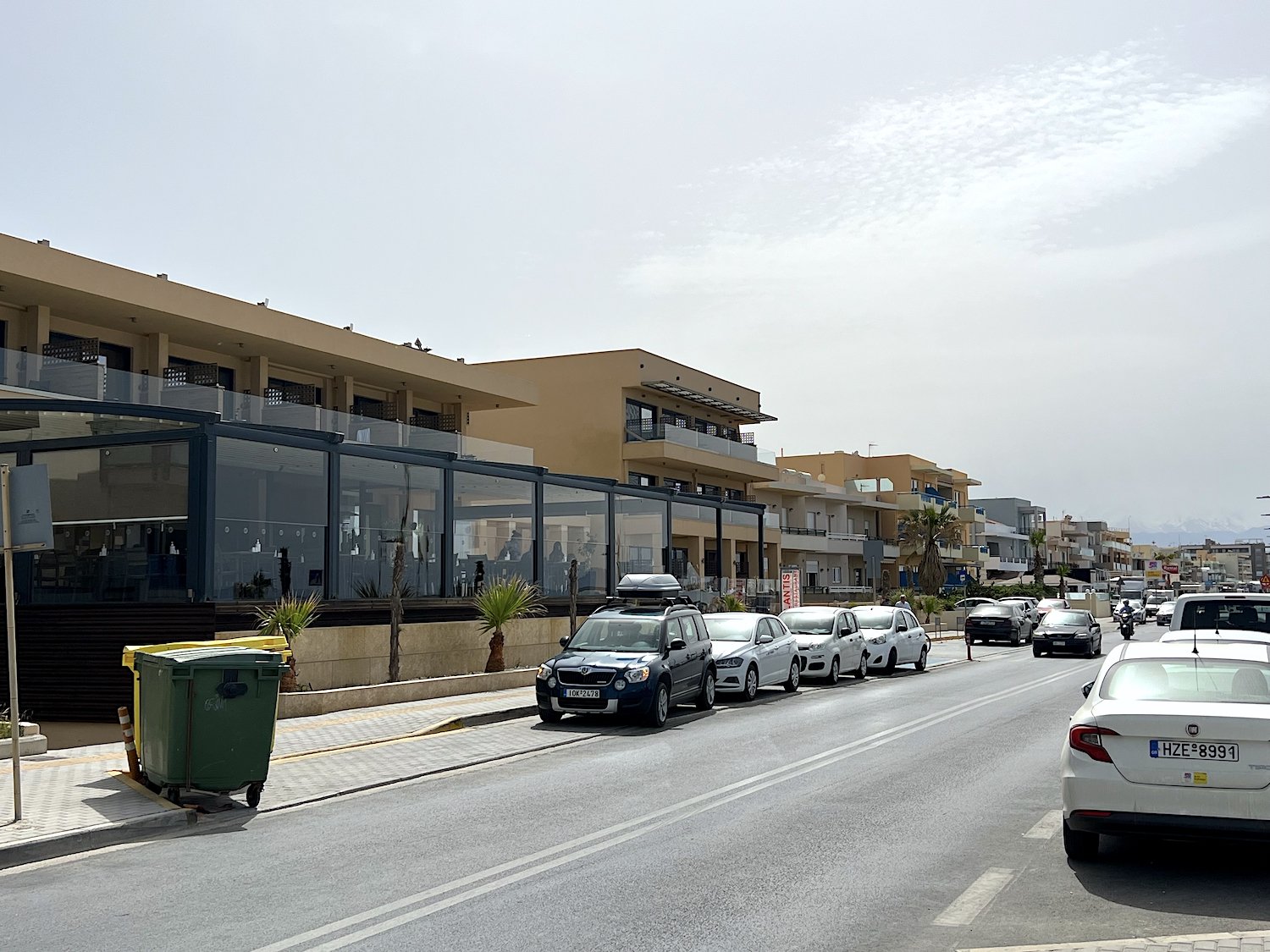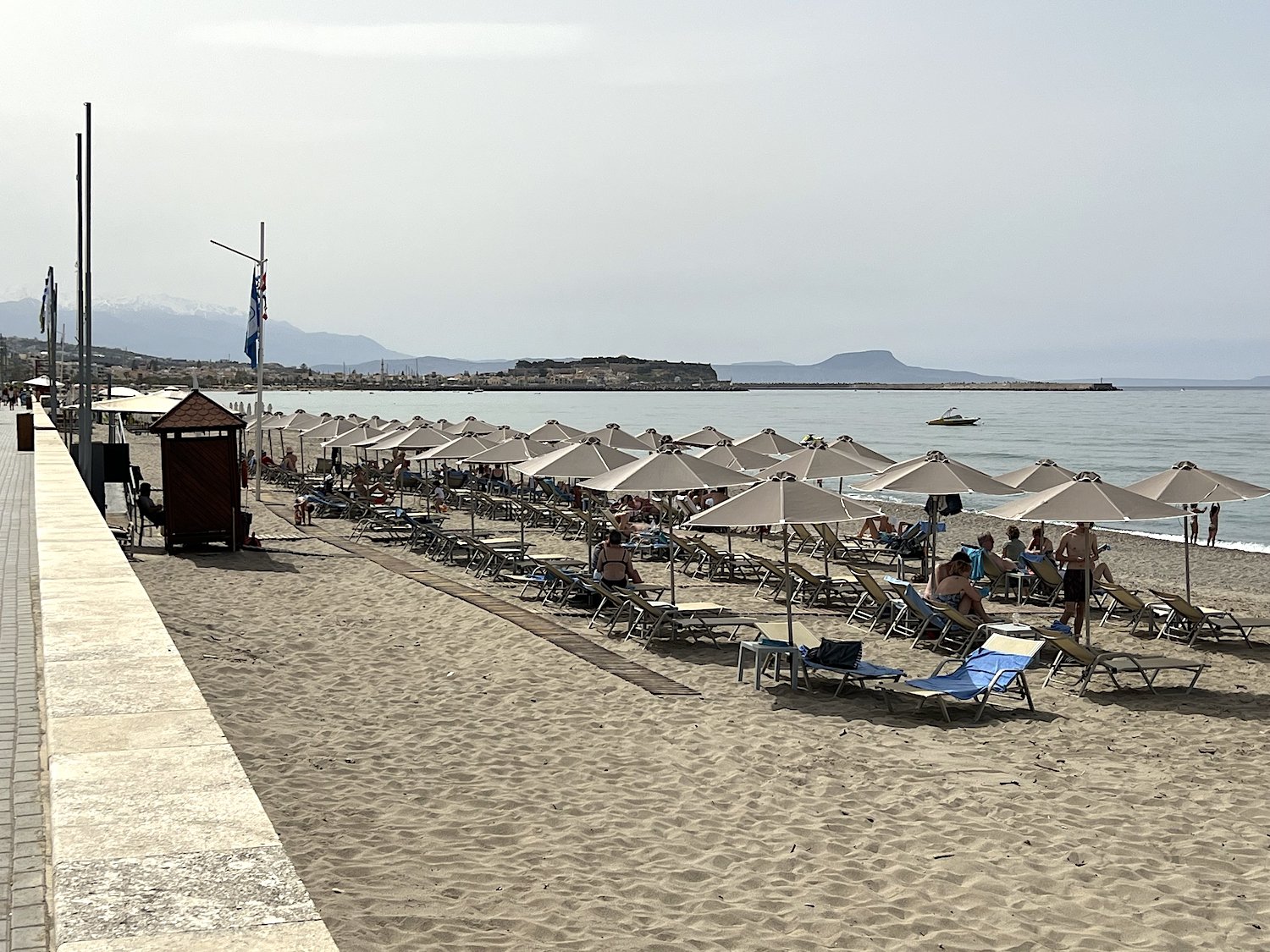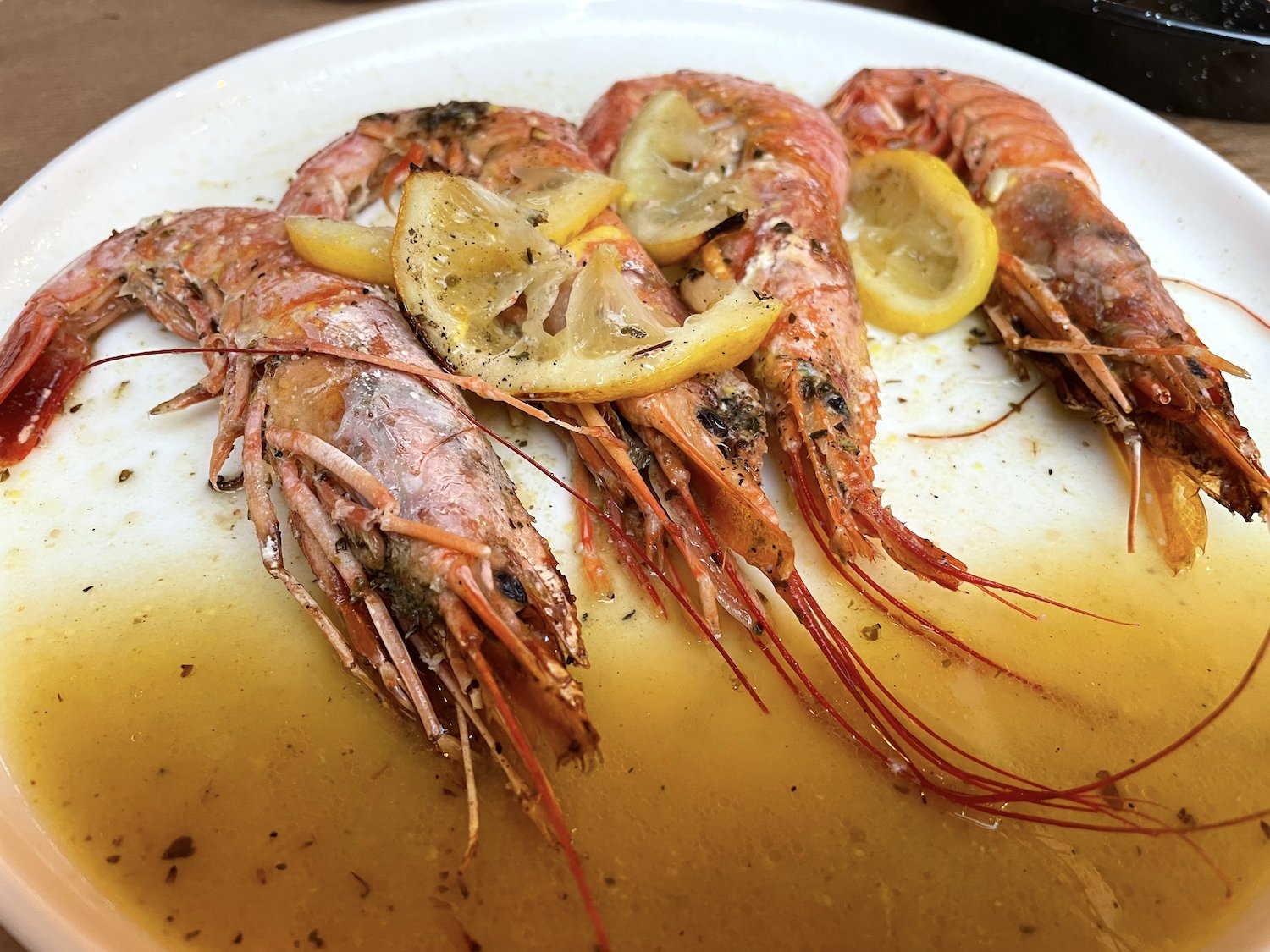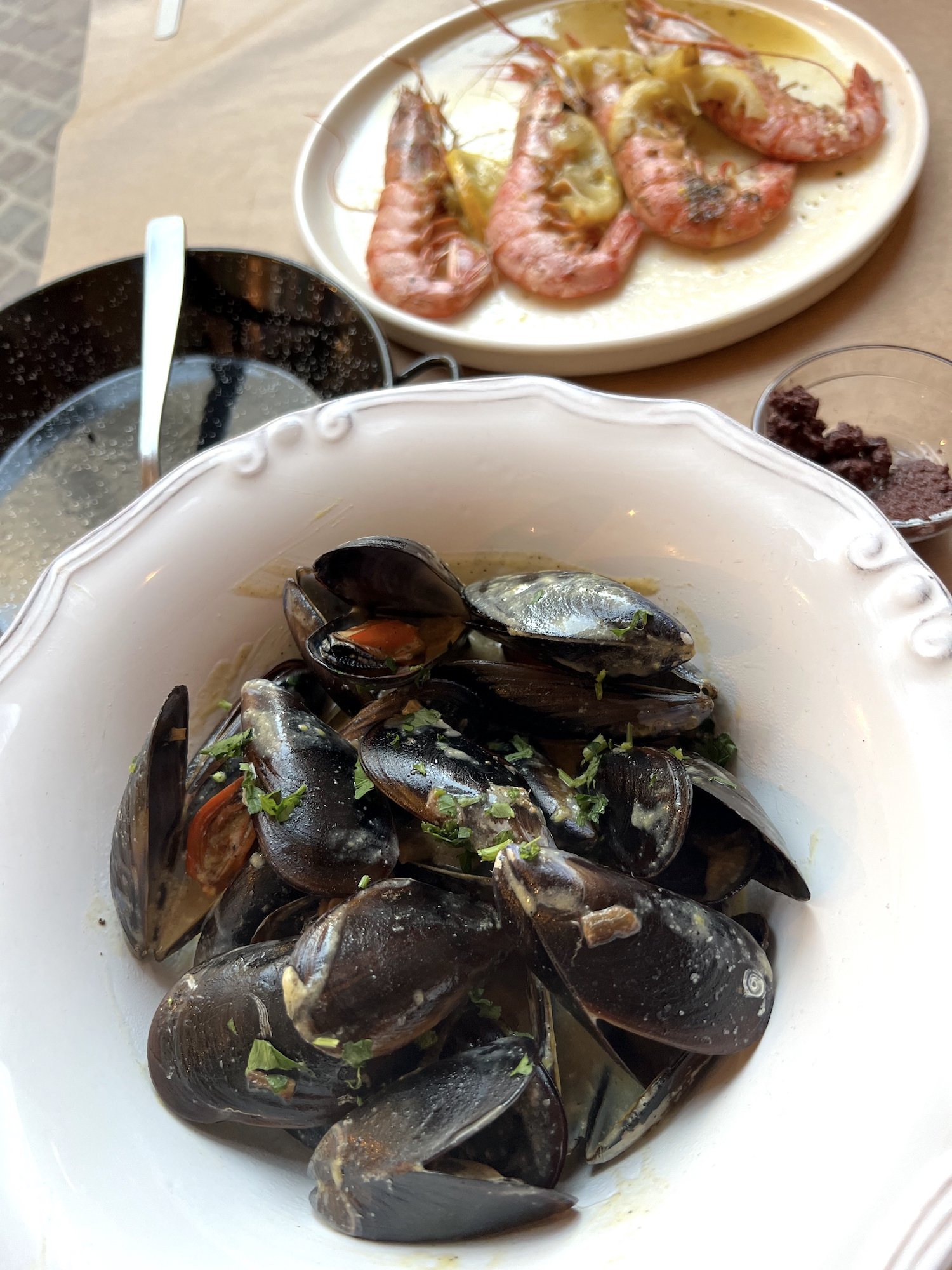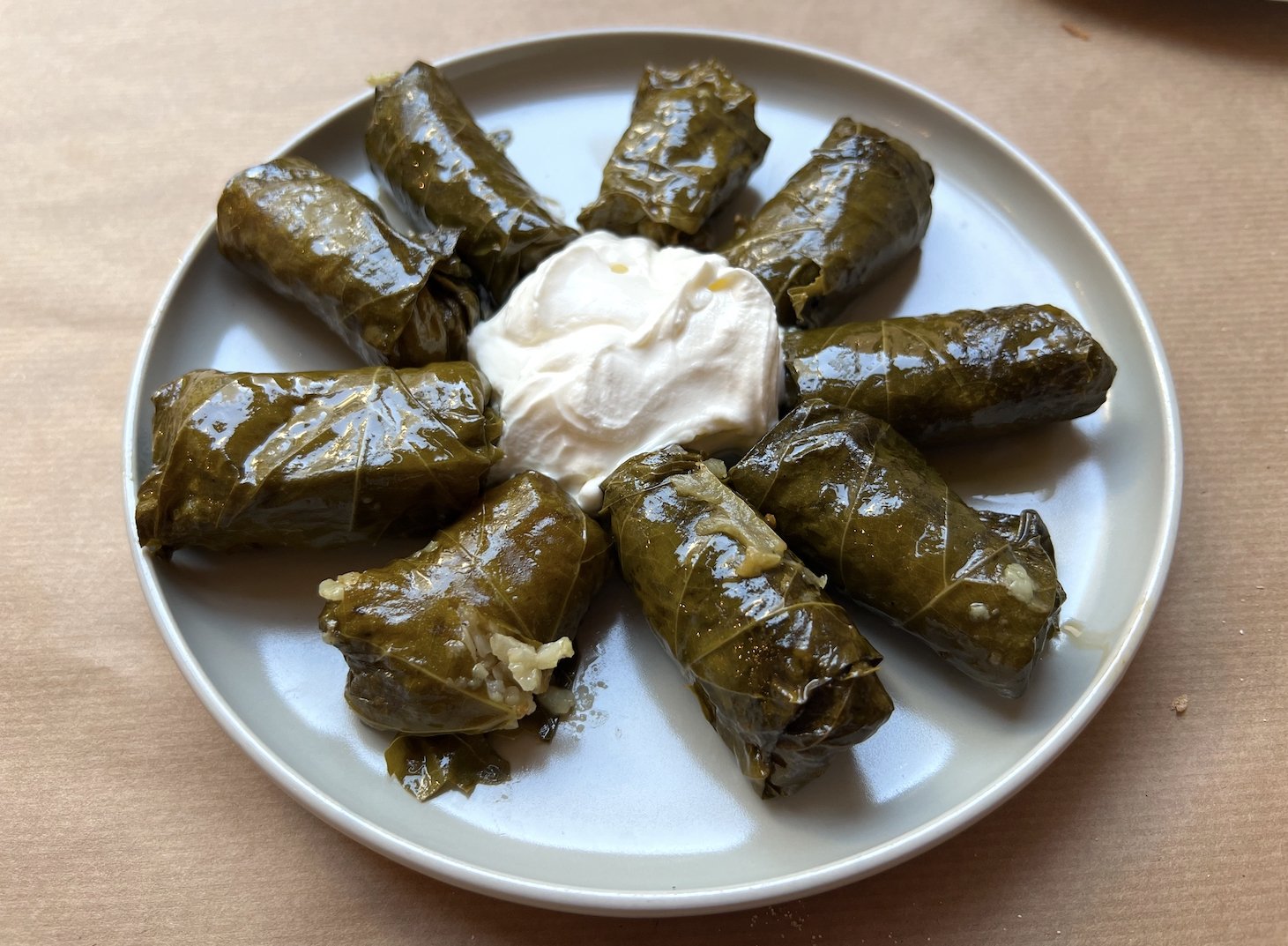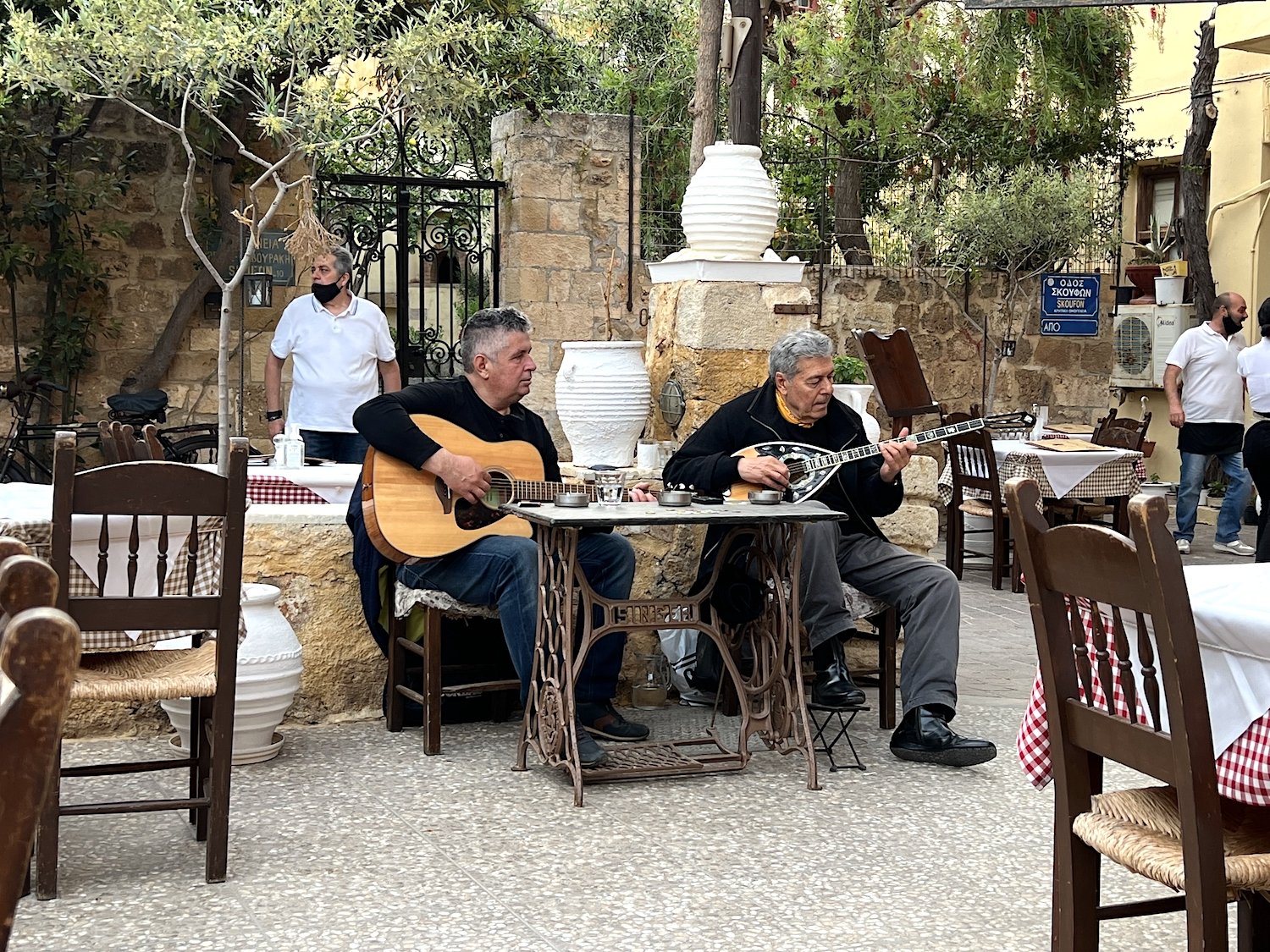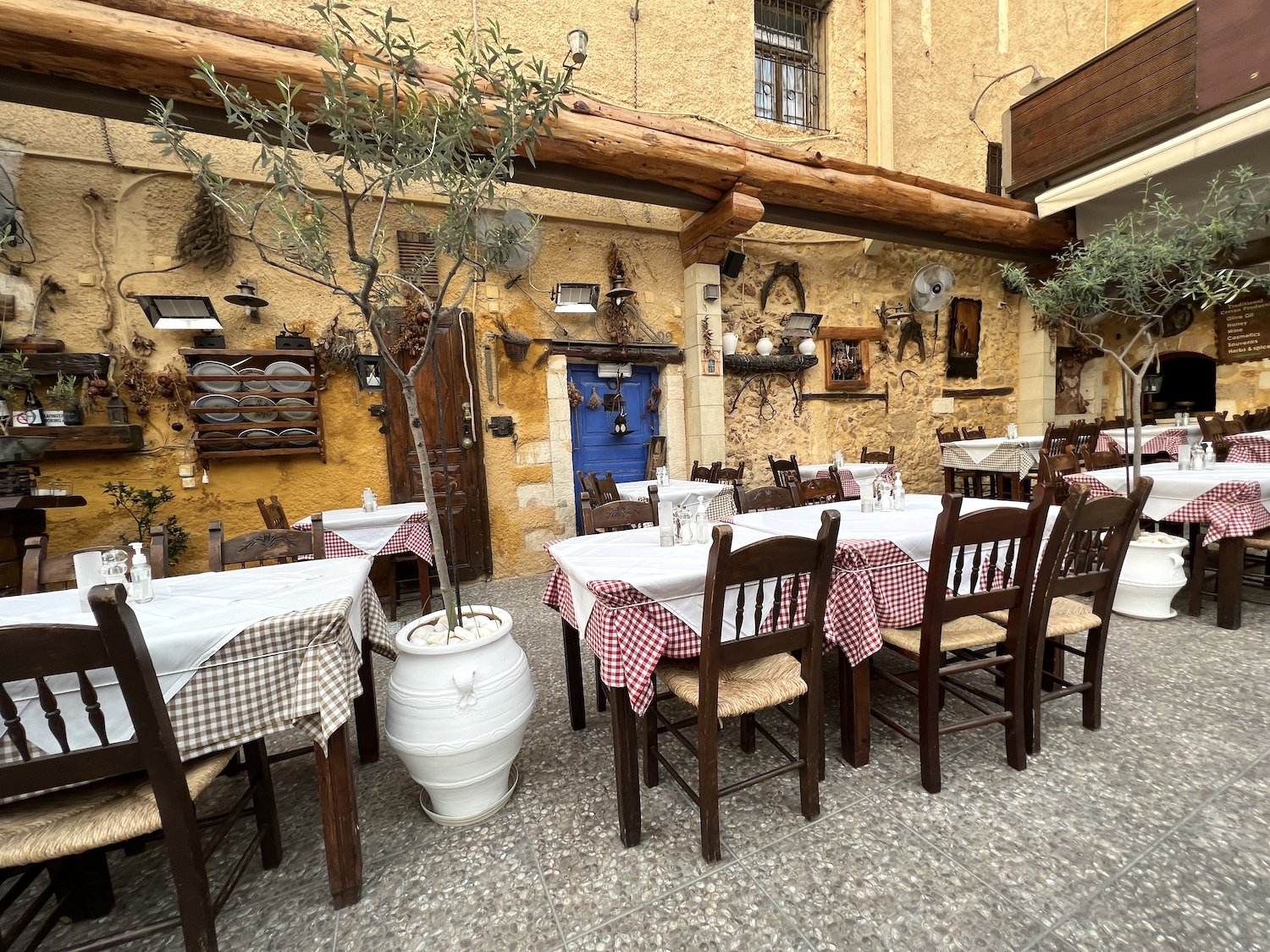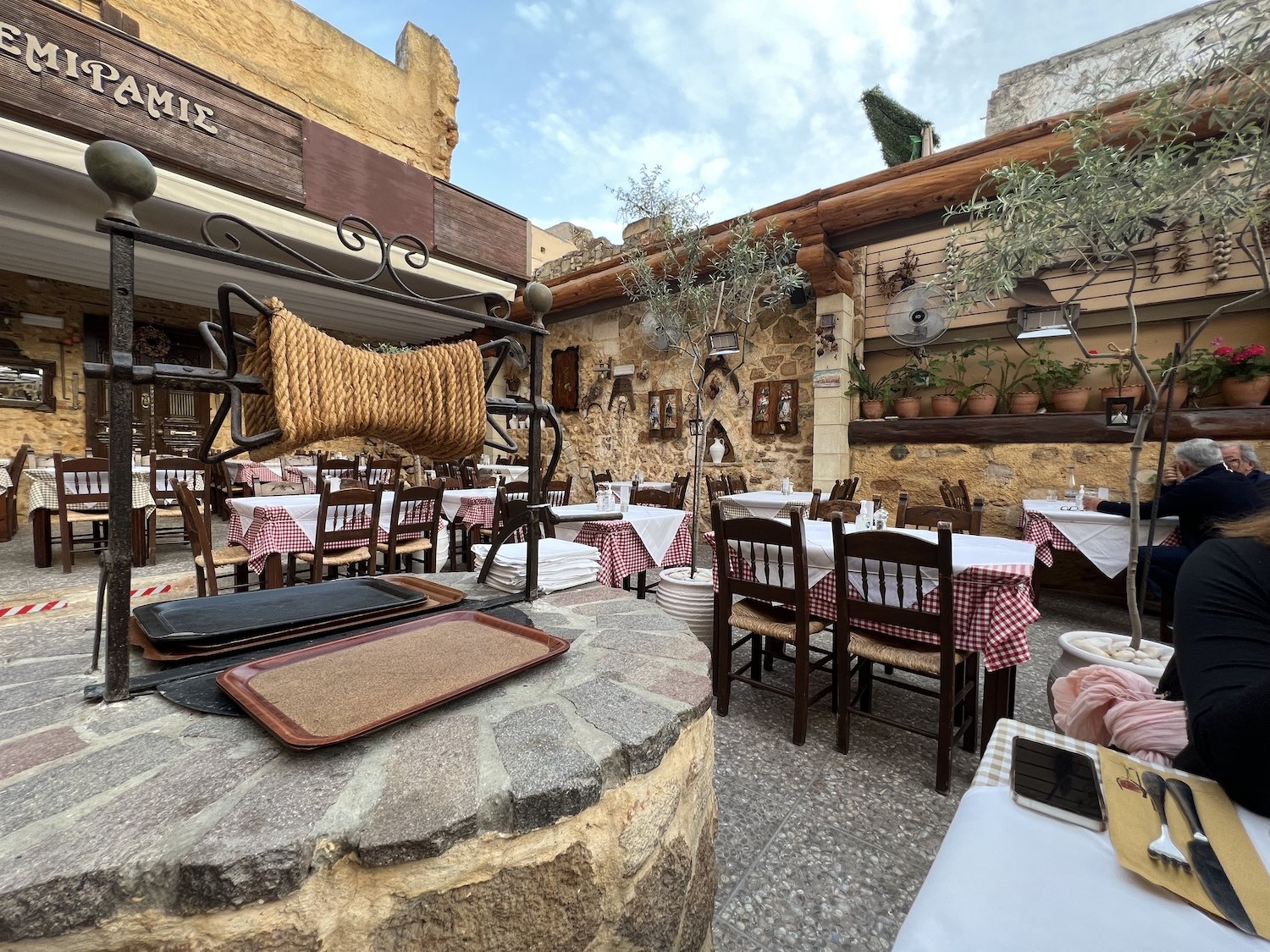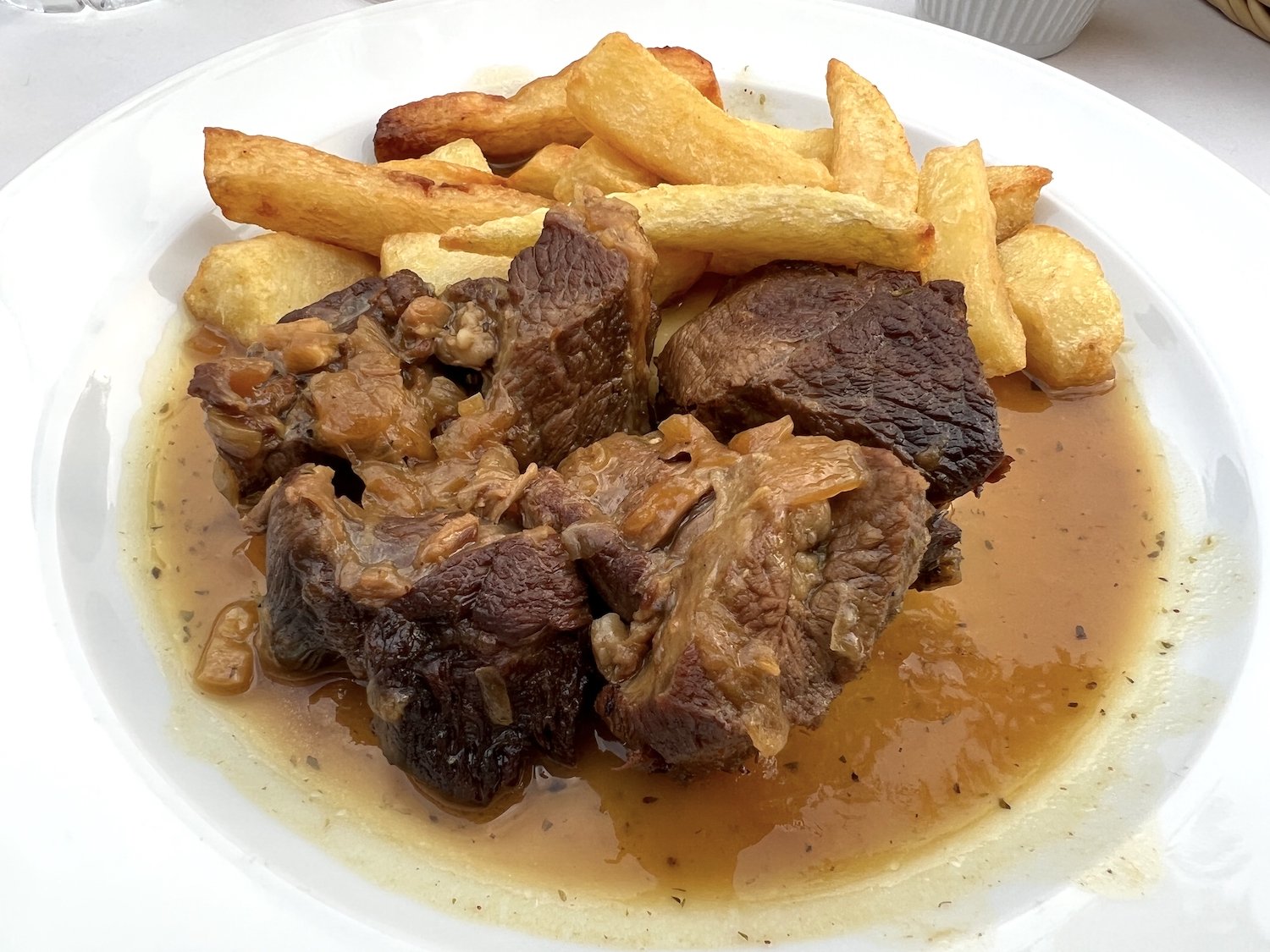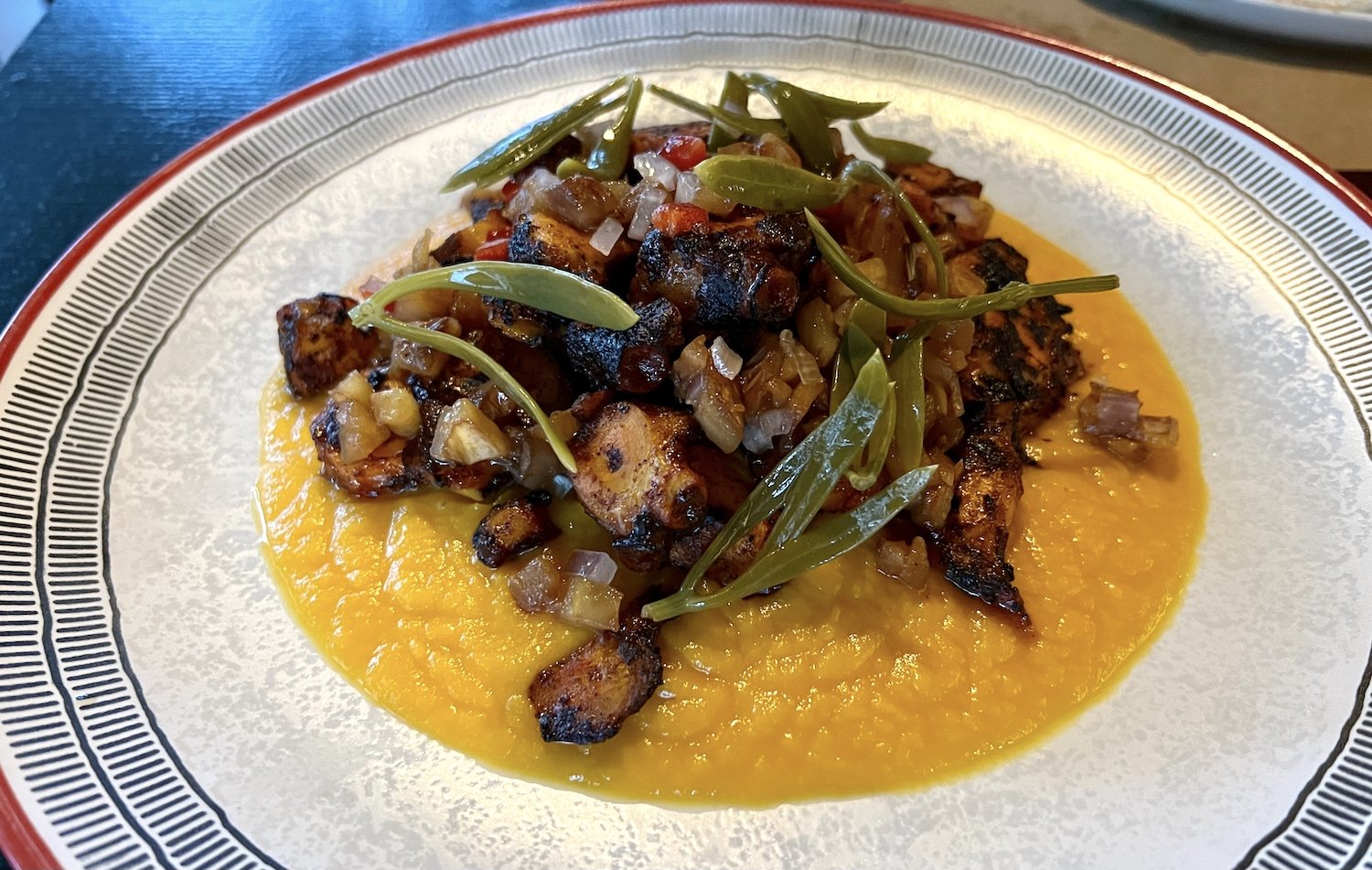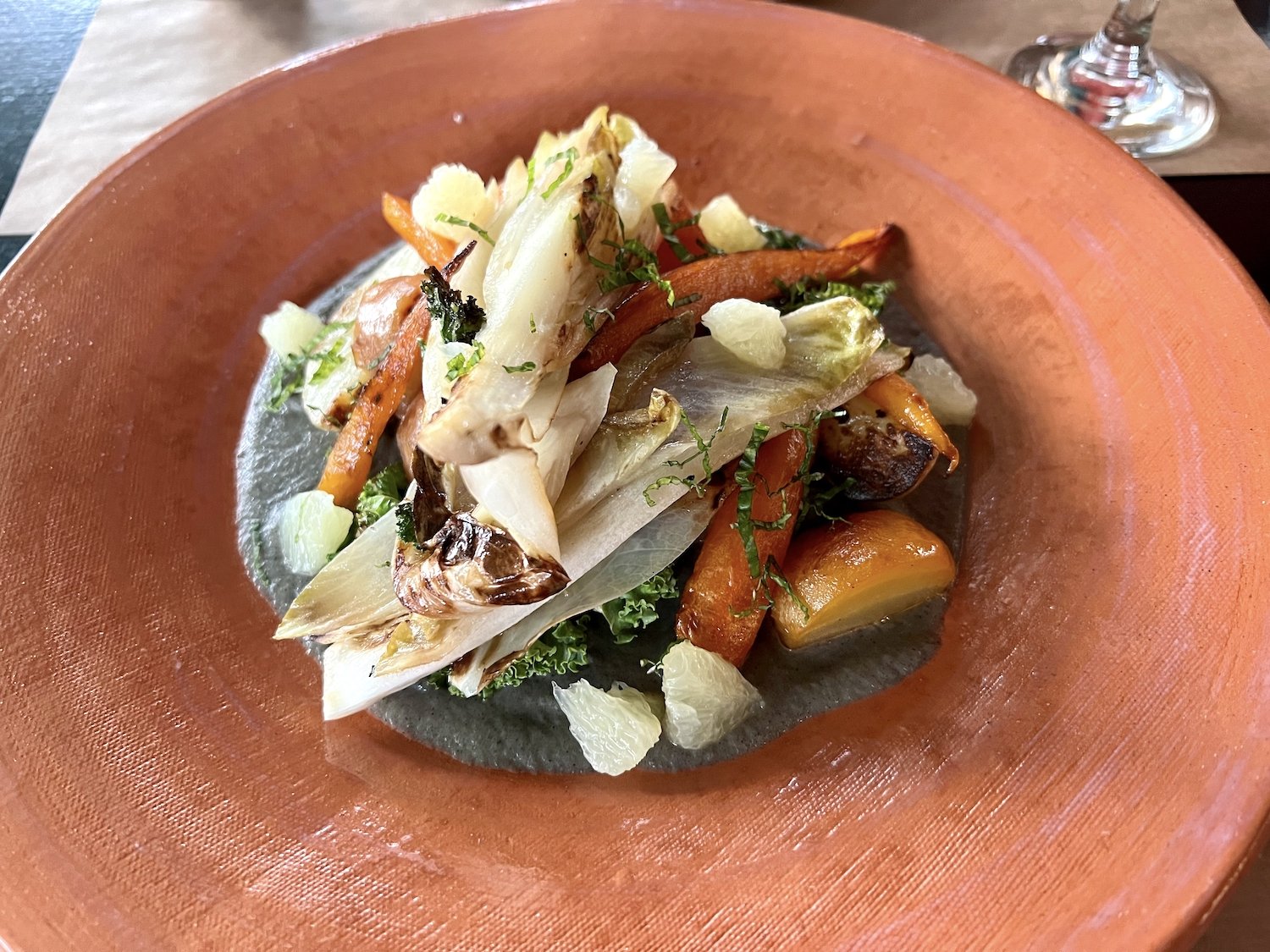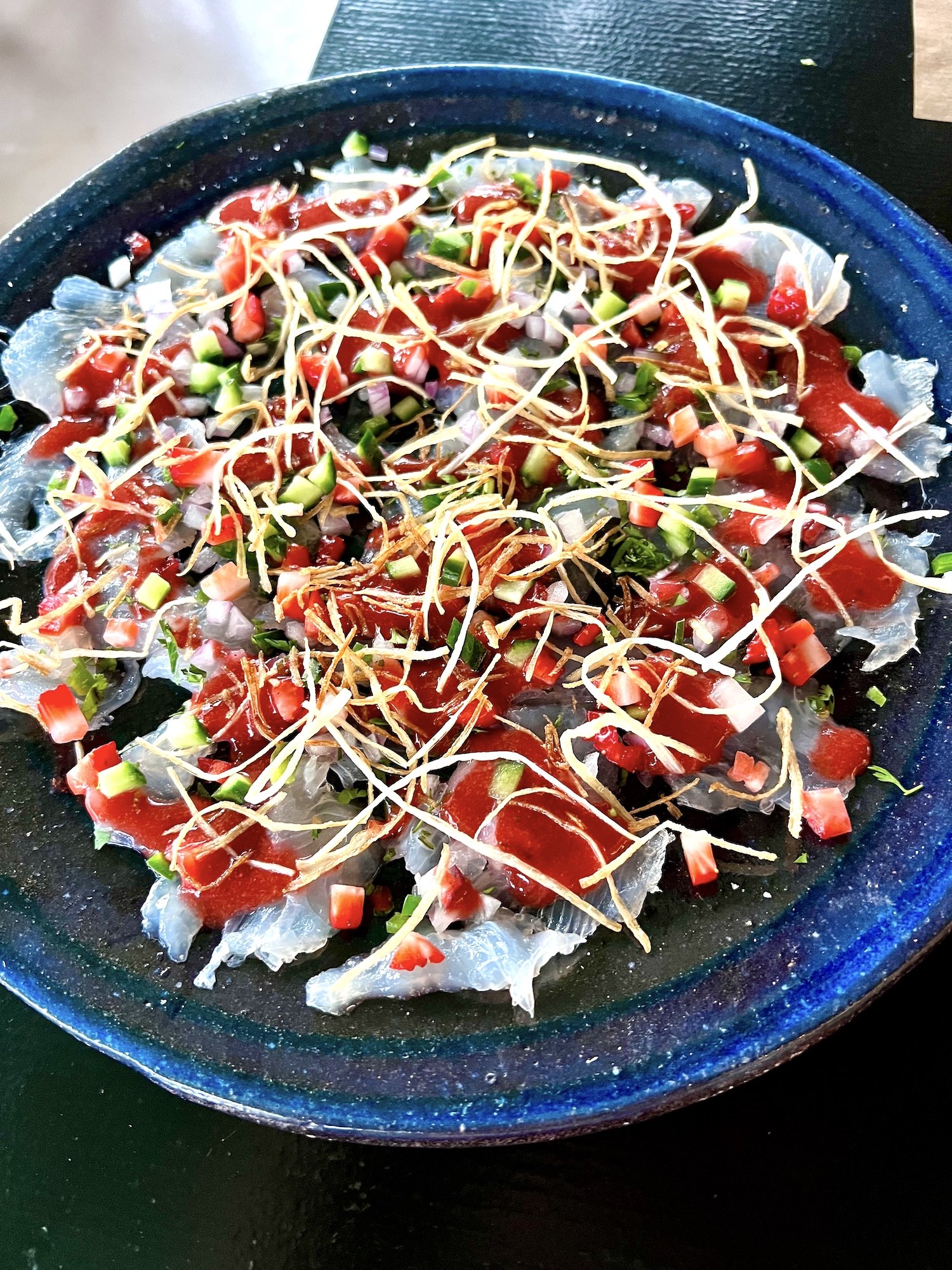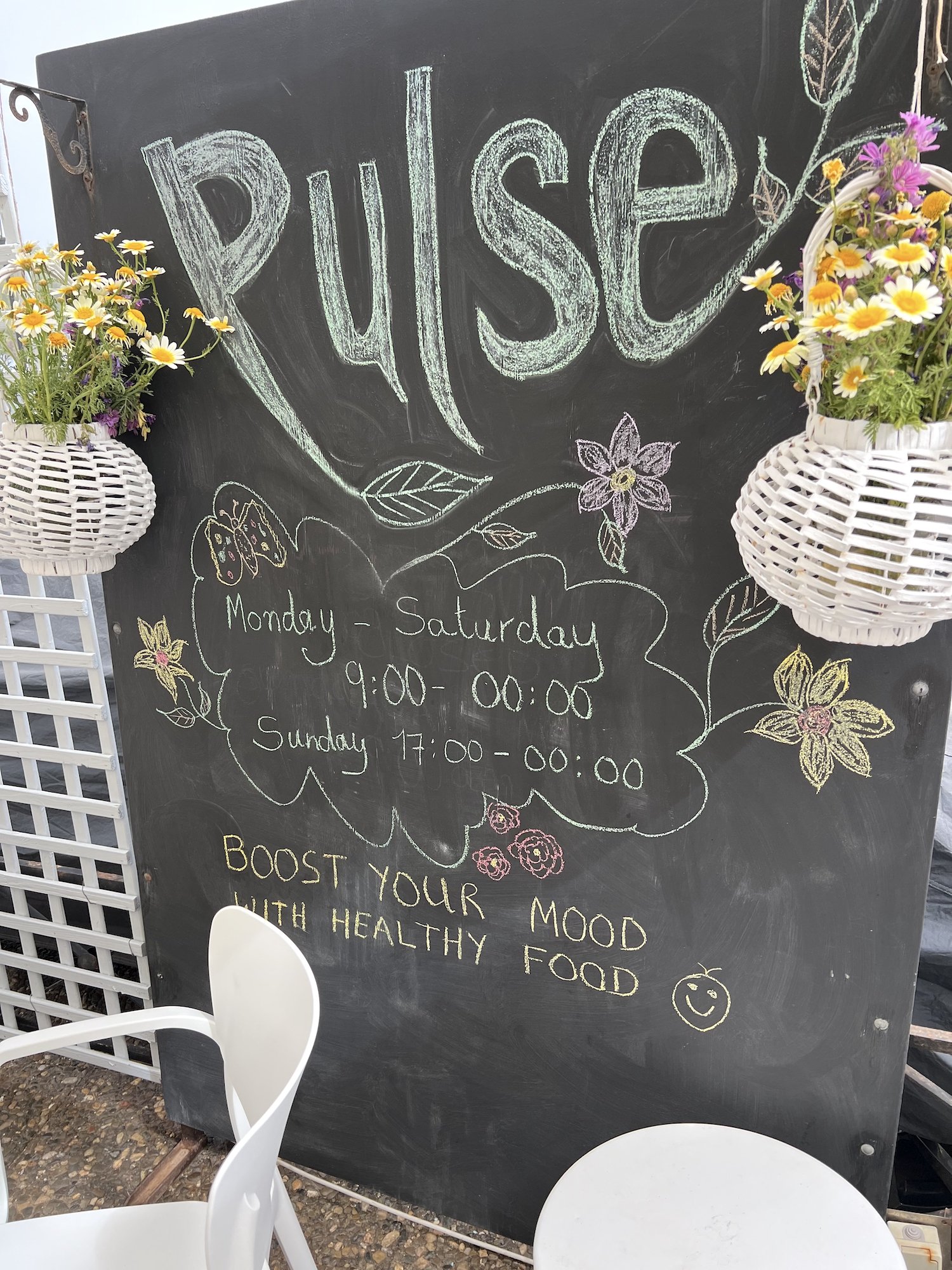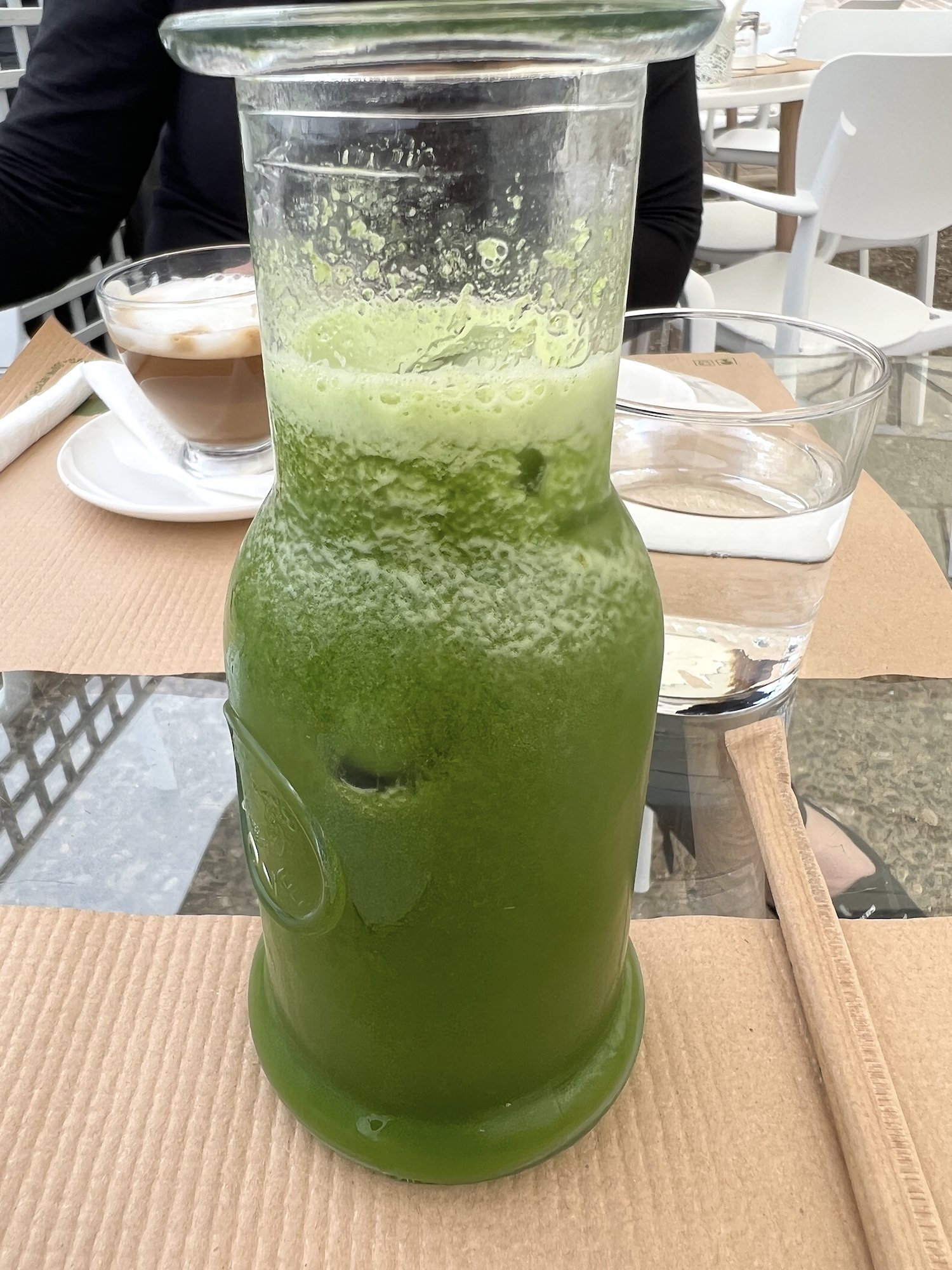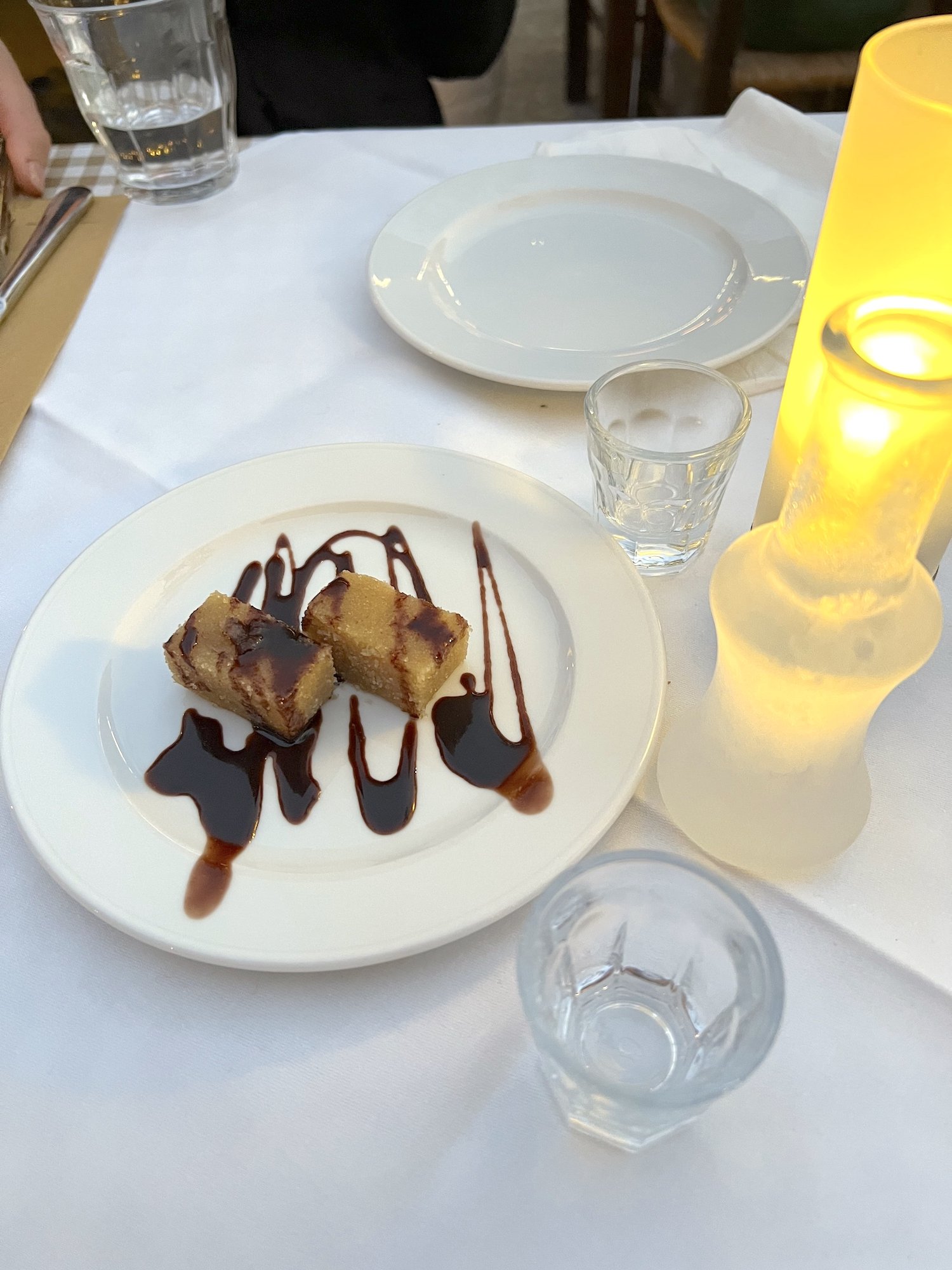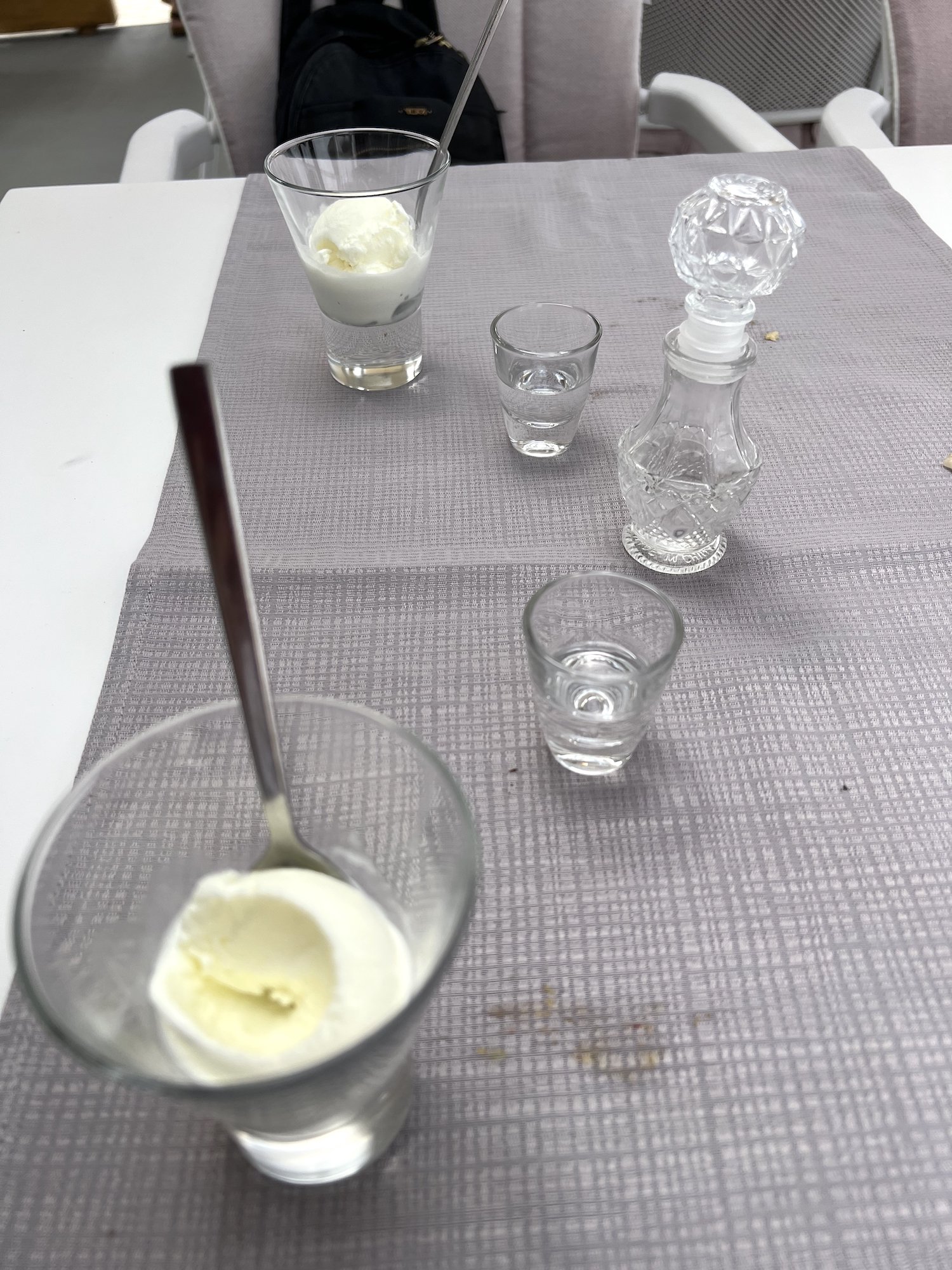What to See, Do, and Eat in Crete
/Crete is a wonderful stop to add to your Greece itinerary. Here’s what to see, do, and eat in Crete!
Athens and Santorini are big tourist stops in Greece for understandable reasons. Athens is the birthplace of western civilization and home to the Acropolis and so much more, which you can read all about in my post on what to do and where to eat in Athens post.
Then there’s Santorini with its striking caldera, white buildings, and beautiful water. Here’s everything you want to see and do in Santorini.
Crete doesn’t have the same hype as Athens and Santorini, and for me that’s a draw unto itself.
Arriving in Crete after time in the two Greek hot spots, I felt immediately in a more relaxed place. There were less tourists, less hustle, and an overall more relaxed vibe. Don’t worry though, there’s still plenty to do.
What to See, Do, and Eat in Crete
Crete is Greece’s most populous island at more than 600,000 people.
It’s 160 miles long with beautiful mountains, beaches, and towns.
Getting off the plane, I was immediately in awe of the snowcapped mountains providing the most beautiful backdrop around many turns in Crete.
Chania
For our Crete trip, we based ourselves in Chania and were able to see many major highlights from here in about 5 days.
Chania is a cute town on the water. There’s a Venetian port, light house, and plenty of shops and restaurants with water views.
One of the main differences though is that when we were there, we were surrounded by Greek families. I didn’t hear one American voice during our entire time, which for me, is always a plus making me feel like I’m really immersing myself in another culture.
Many Europeans come here for vacation but it doesn’t seem to have fully caught on yet with the U.S. market.
I felt like I was dropped right into the day-to-day life of the locals. It feels harder and harder to do that lately. Once a place becomes known, it also can become overrun, so I was happy with our April shoulder season visit to Crete.
Elafonissi Pink Beach
Crete is home to 112 beaches and there are some spectacular ones. Elafonissi and Balos were the two we checked out and loved.
If you’re driving to Elafonissi from Chania, make a quick pit stop at the unique Komolithi sand formations in Potamida on your way.
Erosion over hundreds of years has created unique sand formations. You can run up and around this area to stretch your legs before you get to Elafonissi.
After a beautiful but winding drive through the mountains, you’ll be rewarded at the beach of Elafonissi.
The blue of the water is a color all its own.
But then there’s patches of pink sand dotting the shoreline.
It’s not a hot pink and it’s not everywhere but depending on the day, time, light, and wind, you’ll see pink hues in the sand. It comes from tiny pink shellfish mixed with the soft white sand. The color comes from what the fish are eating!
Again, we were here in the shoulder season at the end of April so it wasn’t crowded but also not everything was fully open. It was a beautiful day with lots of sun but it was also quite windy which it can often happen in the summer as well.
Since we couldn’t buy water or even go to the bathroom at Elafonissi, we drove to the cute but charming little town Elos for lunch. There were a few restaurants from which to choose and we ate at Kastanofolia, along a small river.
It was Easter day so a special slow-roasted lamb was served. Tender, flavorful, fall off the bone, it was everything we wanted.
Balos Beach
Balos Beach is another gorgeous must-see beach in Crete but it’s not for the faint-hearted.
You need to have some serious chops to make the drive and then the hike to get here.
You’ll pay a 2 euro fee to get access to the “road” to Balos and 2 minutes in, you’ll wish you could have given more to pay for a paved road.
It’s all dirt and there’s no guard rail to the right. And on the right is a sheer cliff drop off to the water. The road isn’t that narrow but if a car is coming in the opposite direction, you may want to stop in case you hit a big bump, which you will often.
It may end up being the longest 5 miles of your life. And when you finally park your car and breathe a sigh of relief, you have to hike to the beach.
There’s no shade on the path down and there’s about 850 steps. It’ll take you 20-30 minutes but it’s not difficult. You’ll just want to be there already.
And then you see Balos Beach. And you gasp. And you forget about the drive. And the hike.
It’s breathtaking.
Like literally takes your breath away.
The water is yet another blue, then green, that I can’t quite name.
The sand is white. There’s nothing but ocean and gorgeous views. And you never want to leave.
Olive Oil
Everywhere you turn in Crete, you’ll see an olive tree.
There are 14 different varieties of olive trees and an estimated 30 million olive trees!
Olives have been on Crete since about 3,500 B.C. so they know what they’re doing here.
We toured an olive oil facility called Biolea. It was an informative visit on the process to make olive oil, along with a nice sampling at the end.
What’s interesting is that most olive oil companies in Crete export all of their products since everyone has or knows someone who has their own olive trees. And everyone is into making their own olive oil which they claim to be the best!
Shop Chania – Herbs, Spices, Honey
Speaking of shopping, you should definitely get some local olive oil to bring home. If you go to Biolea, try their organic oil with fresh bitter oranges. That has already made it into several seafood salads!
Many of the shops in Chania will allow you to sample before you buy. The Greek shop owners we met couldn’t have been more warm and helpful.
Botanica Herbs and Spices is a great shop to stock up on a lot of fragrant Greek spices and herbs. Oregano, thyme, honey, olives are all grown locally, and all came home in large bags with me!
With all the wonderful herbs, spices, and oils, there’s also nice body and face products. I’m now addicted to the Aphrodite argan and pomegranate body lotion. And good news, they ship to the US!
I also came home with some local natural sea sponges. They come from the sea and are good exfoliators, cleaning your skin without being too abrasive.
Other local delicacies include wine, raki, thyme honey, knives, leather goods, ceramics, and olive wood.
Gorge Hike
Crete is home to more than 400 gorges!
The biggest gorge in Crete is Samaria but since we were visiting at the end of April, it wasn’t yet open. There can still be snow and wet rocks so it doesn’t open until May.
Hiking Samaria does require some logistics and transport while Imbros Gorge, the second largest gorge in Crete, is a little easier, and shorter.
We dropped a car for free at the start of the Imbros Gorge on top. We paid an entrance fee of 2.50 euro each and walked down the roughly 5 miles beautiful gorge.
It’s a fairly easy walk but there is a lot of loose stone so you do have to watch your step.
And you also have to watch all of the amazing views. Large, golden rocks, green trees sprouting from crevices, narrow passageways – Imbros Gorge has it all.
It takes about 2 hours to get to the bottom. You can turn around and walk back up or continue walking a little further like we did, to Komatides. It’s a cute little town with a few places to eat.
Walk past the bigger tavernas to a quieter stretch of road at Café Restaurant Ostria. You feel like you’re stepping into someone’s home and you are.
The couple are basically cooking for you in their kitchen and you can enjoy your meal on the colorfully painted patio overlooking the water.
They’ll even call you a taxi when you’re finished to take you to the top of Imbros Gorge and your car.
GOATS
You may find yourself sharing the road with some furry friends. Goats are everywhere in Crete.
We saw lots of them on our Imbros Gorge hike but you’ll also find them on the road, in the mountains, and walking through fields.
There are many different kinds but the most notable is the native mountain goat Kri Kri.
Knossos
Knossos is considered to be the oldest city in Europe and the capital of Minoan Crete.
You can visit the ruins of the Palace of Knossos and dive deep into Greek mythology and archaeology.
There are lots of stories surrounding the area, namely that King Minos created a labyrinth to hold his mythical creature, the Minotaur.
This creature would get very hungry and evidently need to be fed seven young boys and seven young girls every nine years. Yeah, that’s a crazy kind of hunger and King.
You can choose to believe what you like while walking around the Palace of Knossos. Much of the Palace has been recreated and repainted so it’s a bit jarring to see some of the paintings and areas that look a bit too fresh for ruins.
Regardless, it can still be an interesting side trip during a visit to Crete.
Rethymno
Just an hour from Knossos is the beach side town of Rethymno.
Again, we were here in shoulder season so the beaches weren’t packed but you could imagine the side-by-side beach clubs with chairs, umbrellas, and areas to lounge during the summer.
There were many restaurants and hotels just across the street from the ocean with lovely views.
Further down was a smaller old town with more shops and places to eat and hang.
Rethymno can be a nice spot for a beach weekend away.
Chania Restaurants
I’ve already mentioned some good places to eat while you’re out seeing the sights of Crete but if you’re staying in Chania, here are some nice places for dinner and other meals.
Salis
Salis is on the water in the old harbor and a nice spot for dinner and a sunset.
Ordering any of the fish will have the waiter tableside deboning, saucing, and getting you ready for a great meal. You’ll likely also have local cats wanting in on the action. The cats and goats are everywhere but harmless at least the ones we met!
Enetiko Restaurant
We were in Crete on Easter and many restaurants were closed. Luckily, we found one near our AirBnB that was opened.
Even luckier, this place was serving excellent seafood.
We had stuffed grape leaves that were warm and served with a dollop of creamy tzatziki.
Steamed mussels were well seasoned with a wine broth that definitely needed bread for mopping. Same for the large lemon shrimp. Save some bread to soak up the flavors.
Semiramis
Semiramis is a fun spot to enjoy dinner in Chania if you’d like a side of local live music with your meal.
There’s a charming patio, local delicacies, and entertainment for a reasonable price. You can’t go wrong.
Chrisostomos
Chrisostomos is just off the water with another lovely patio to eat some local lamb. They cook it in many different ways from clay pots to grilled chops, and lots of slow cooking.
An interesting note is that you’ll find many dishes in Crete come with “potatoes.” If you think these will be cubed, roasted potatoes, you’ll be wrong. They’re french fries.
French fries were everywhere with everything. Under gyros and souvlaki. With slow cooked lamb, braised lamb, everything. I’m officially now on a fry hiatus.
Matzenta Kuzina Del Sol
By the time we got to Crete, we had already spent a week in Greece. So we had been eating a lot of Greek food.
For a break, we checked out Mazenta, a unique and adventurous Mexican restaurant on the outskirts of town.
You might see ceviche with berries, avocado toast, octopus with pumpkin, and braised vegetables in a mole.
It’s creative and different and who couldn’t use a refreshing margarita?
Other Chania Restaurants
With limited time and belly space, on my next trip, I’m going to add these restaurants to the Chania dining list - Tamam and The Five. We walked by Tamam several times and saw (and smelled!) many delicious dishes.
Sadly, Oasis souvlaki and the Agora Public Municipal Market were both closed when we visited but luckily there were many other good options around.
If you’re vegan or just looking for a healthier meal, Pulse offers some nice options and good smoothies with interesting combinations.
And when you need a good fruit-veg pick-me-up try Fresh Point Juice Bar.
Cretan Hospitality
Speaking of drinks, after every meal in Crete, we received a free dessert and digestif.
The drink is called raki. It’s a strong, clear alcohol that may put hair on your chest but it’s also a symbol of hospitality. I can’t say I ever warmed to it but we did have one blended with cinnamon and other herbs that helped to cut the strong flavor.
The complimentary desserts ranged from ice cream to truffles to cake and cookies.
A very nice way to end a nice meal and trip through Crete.
